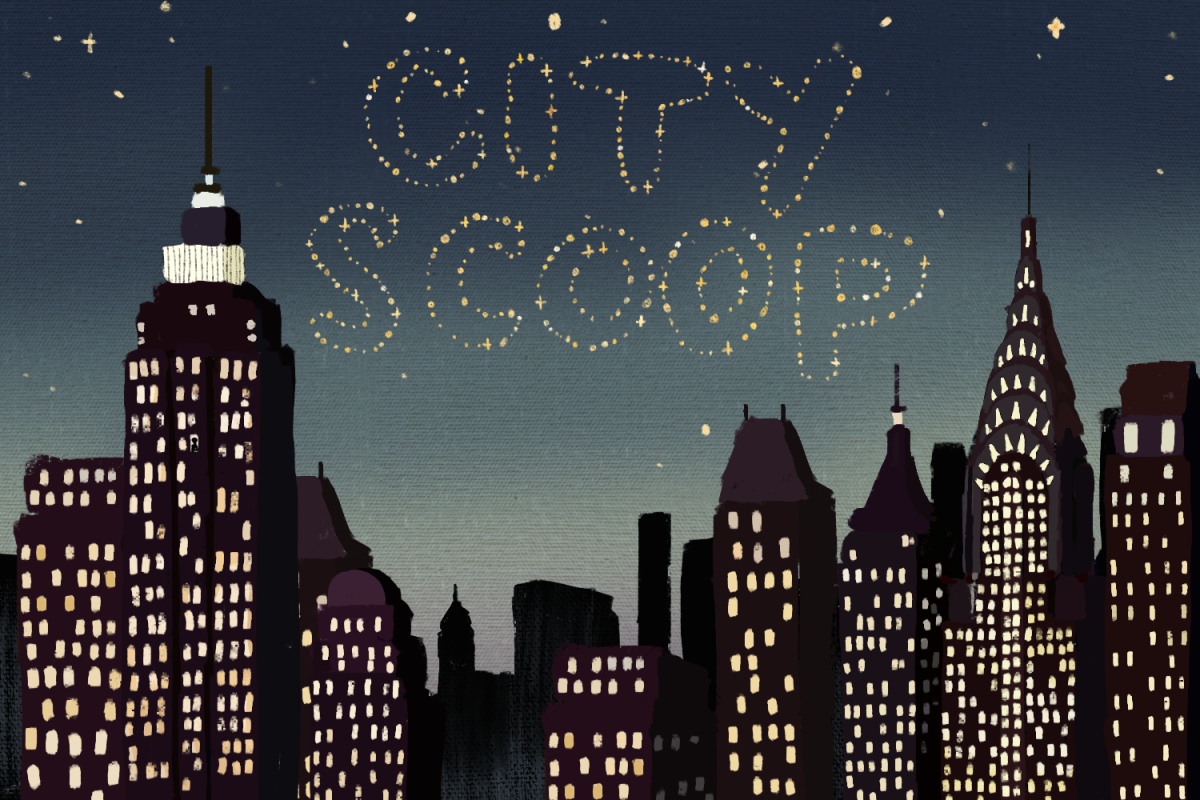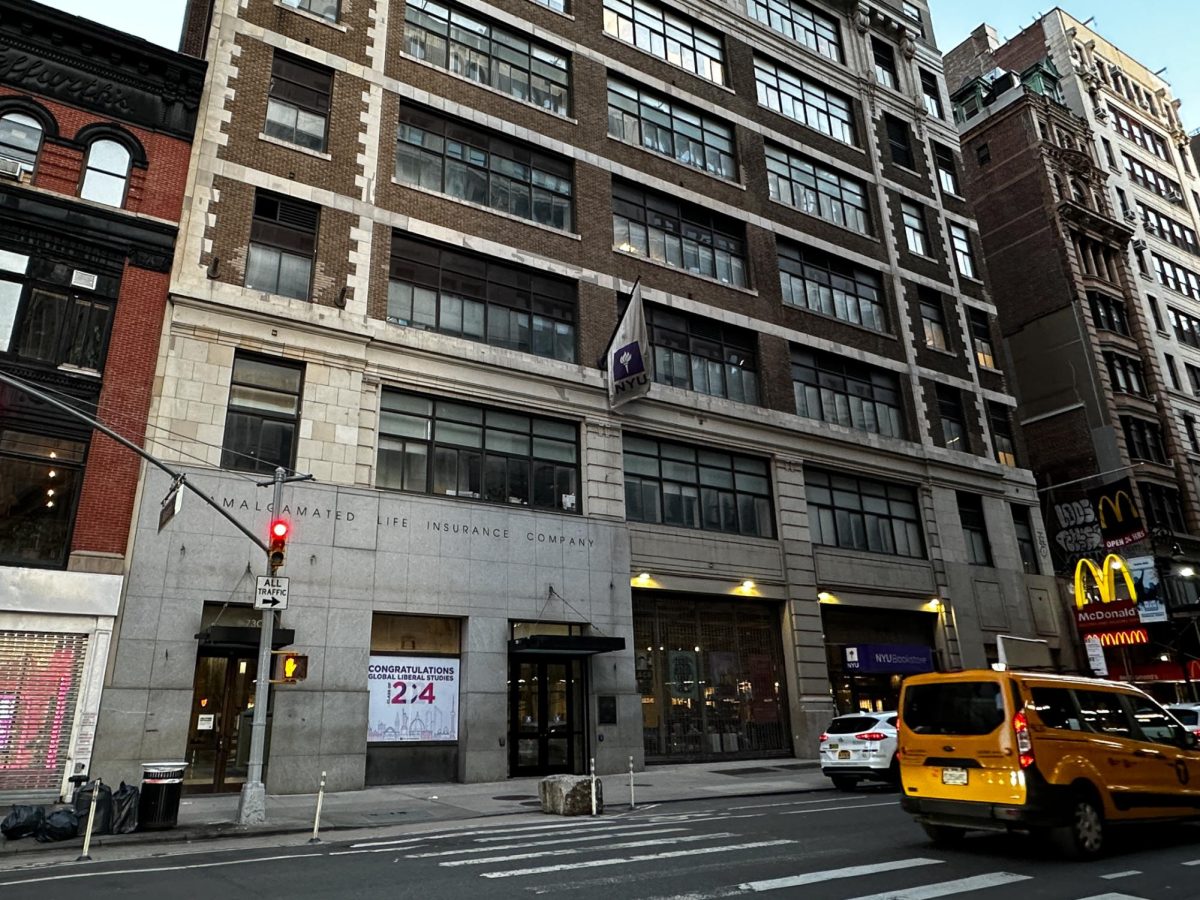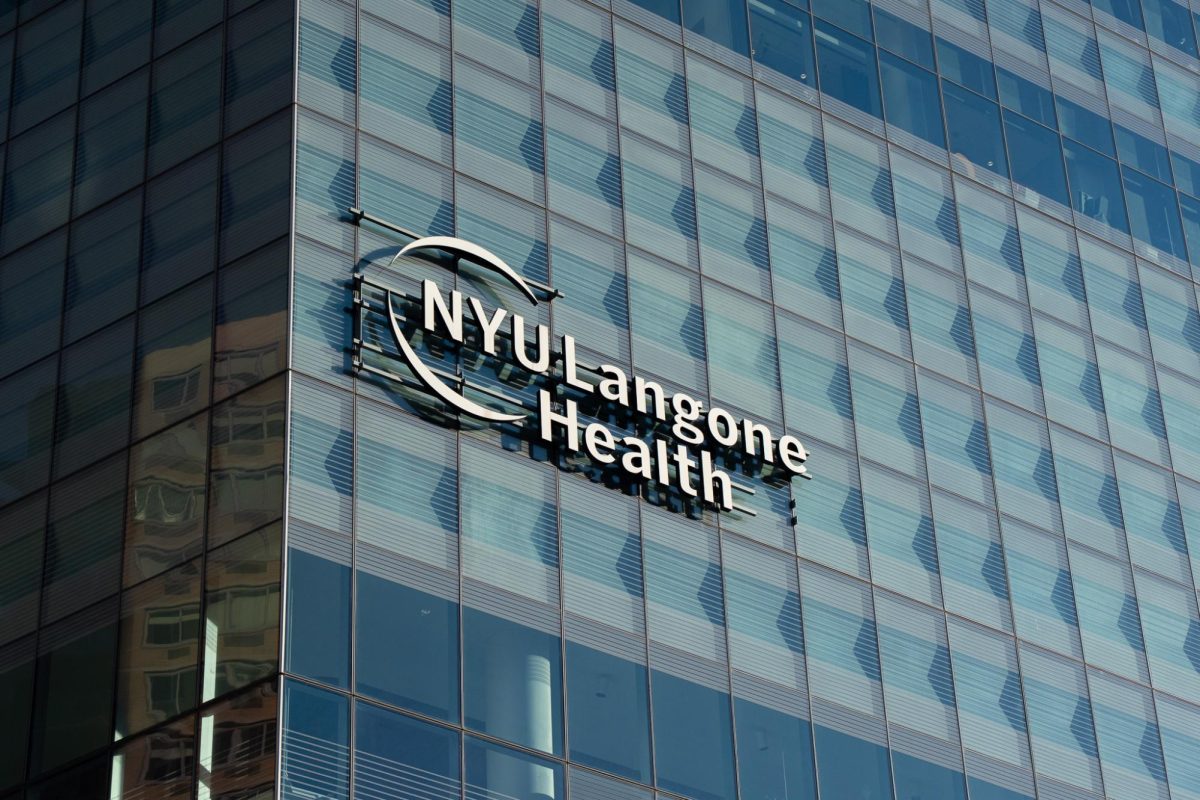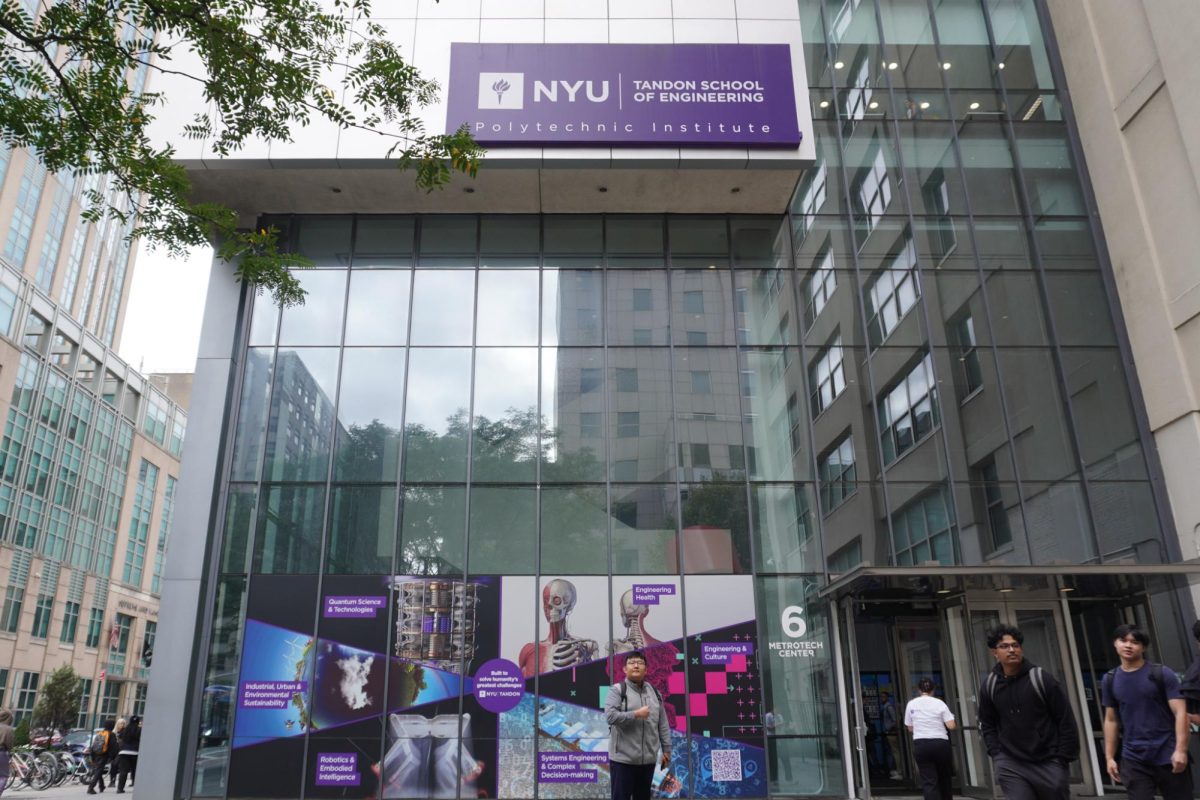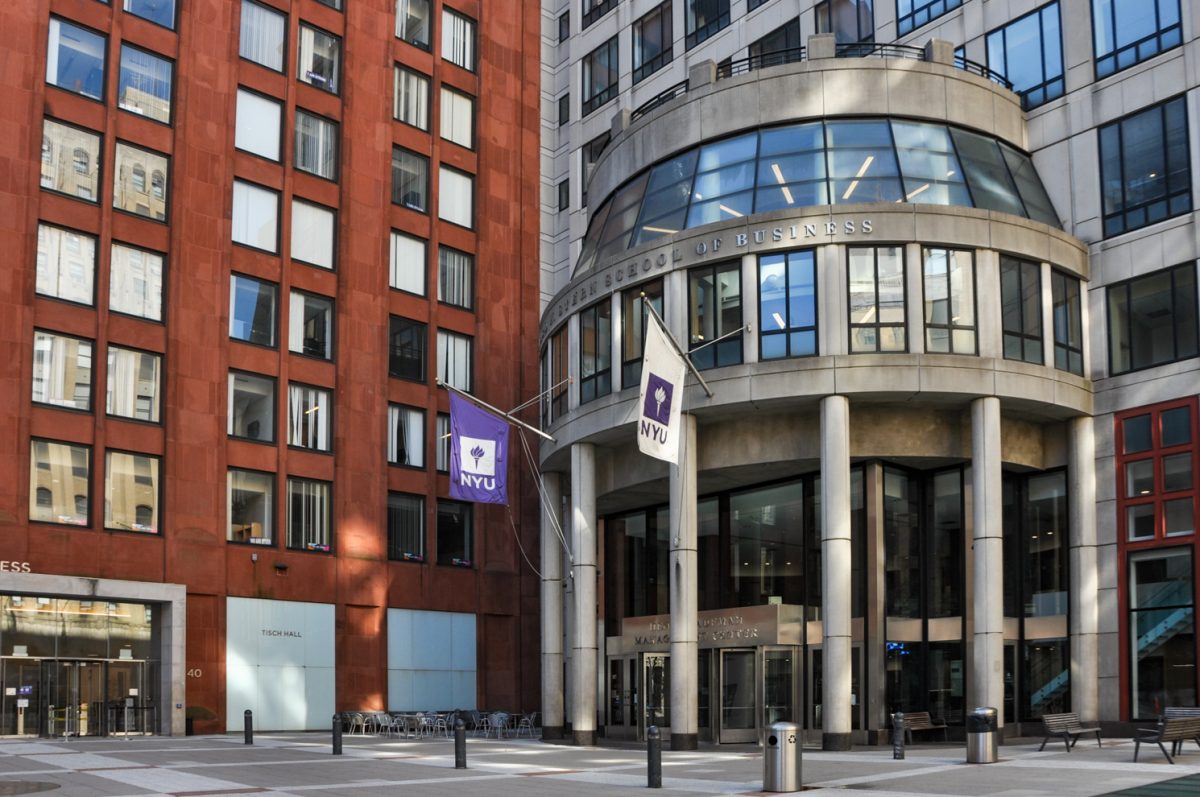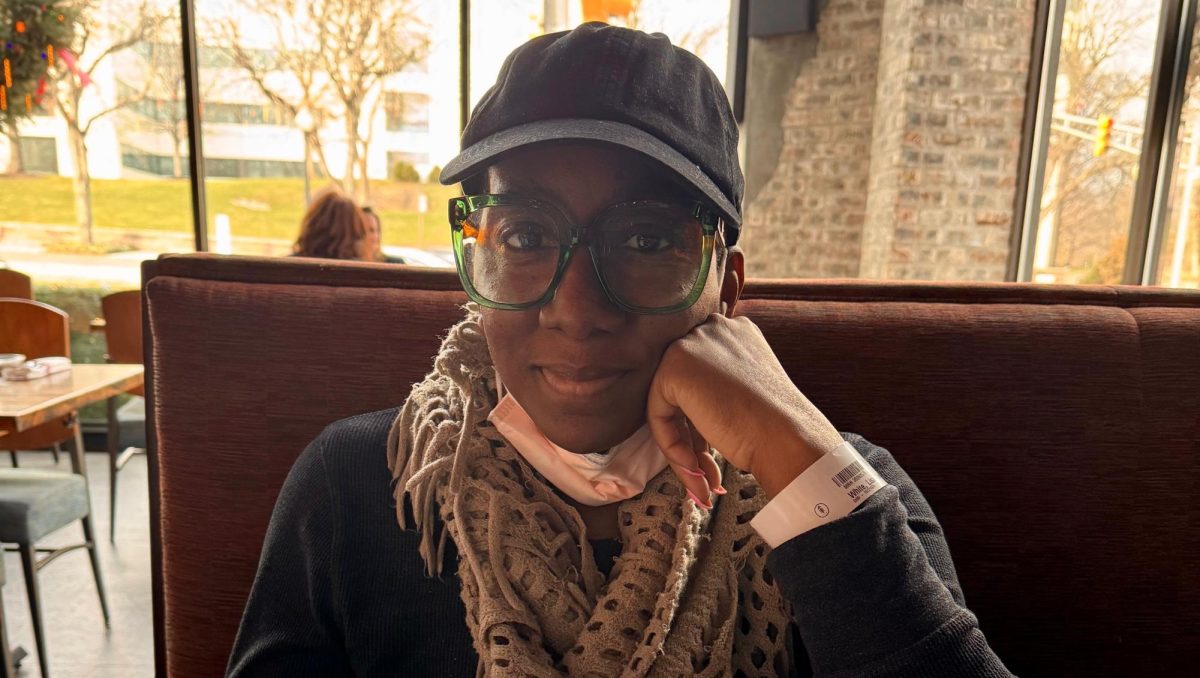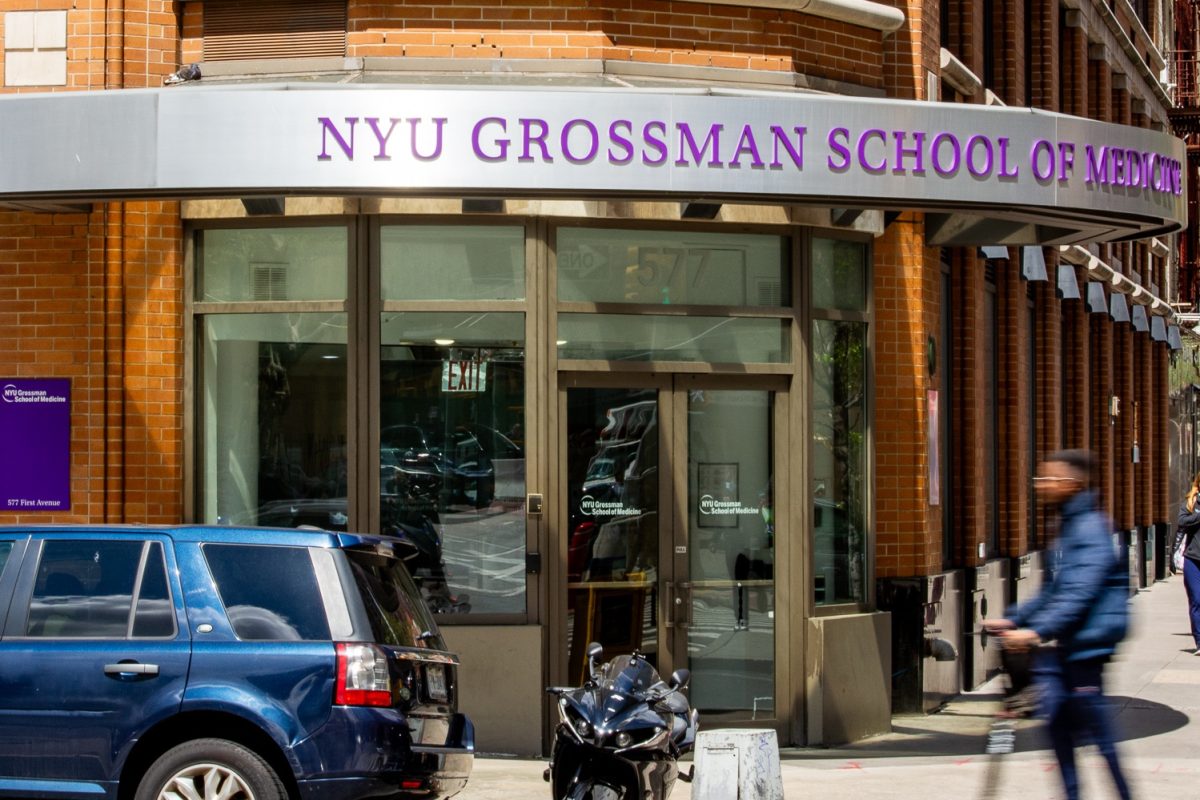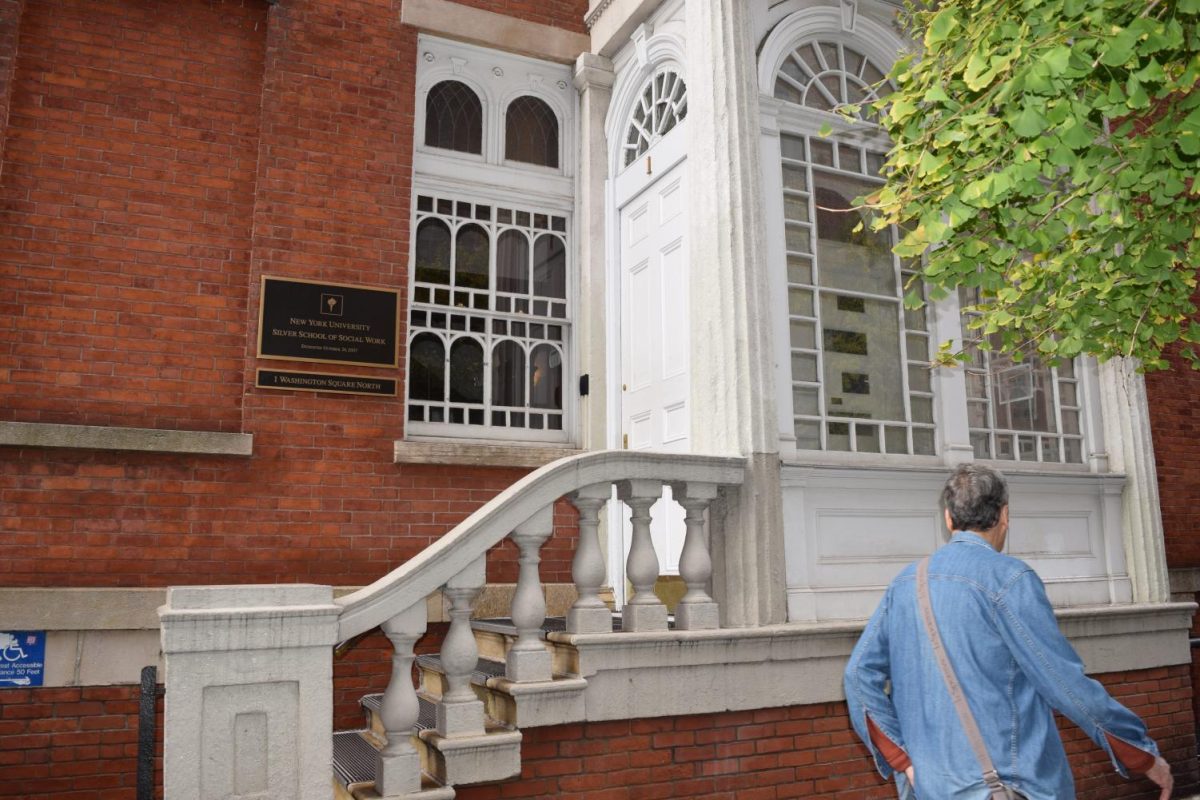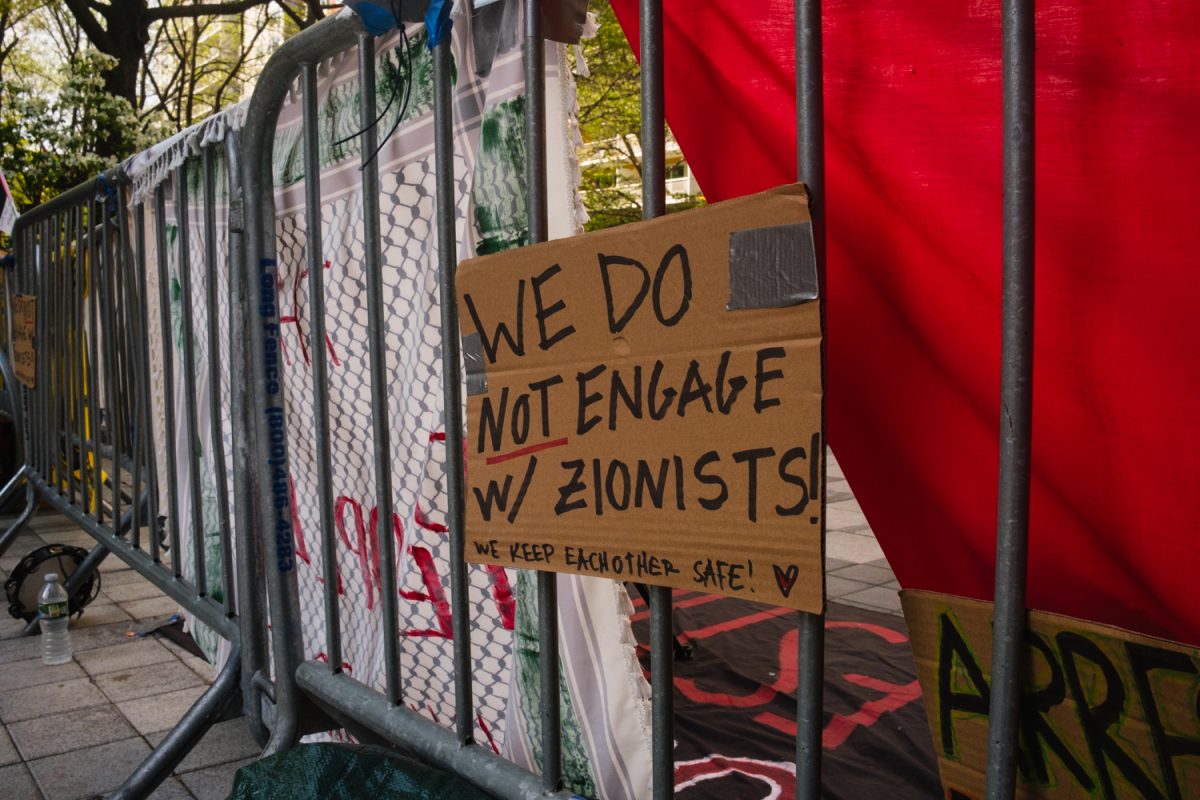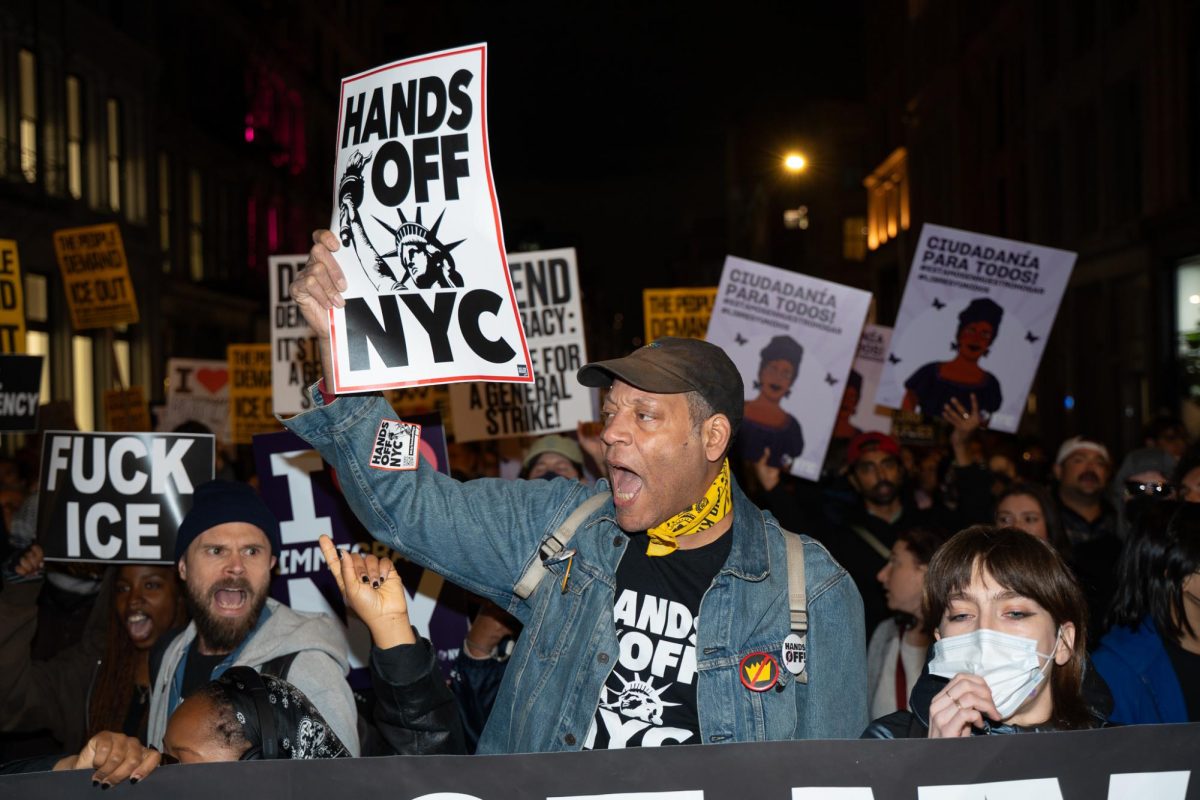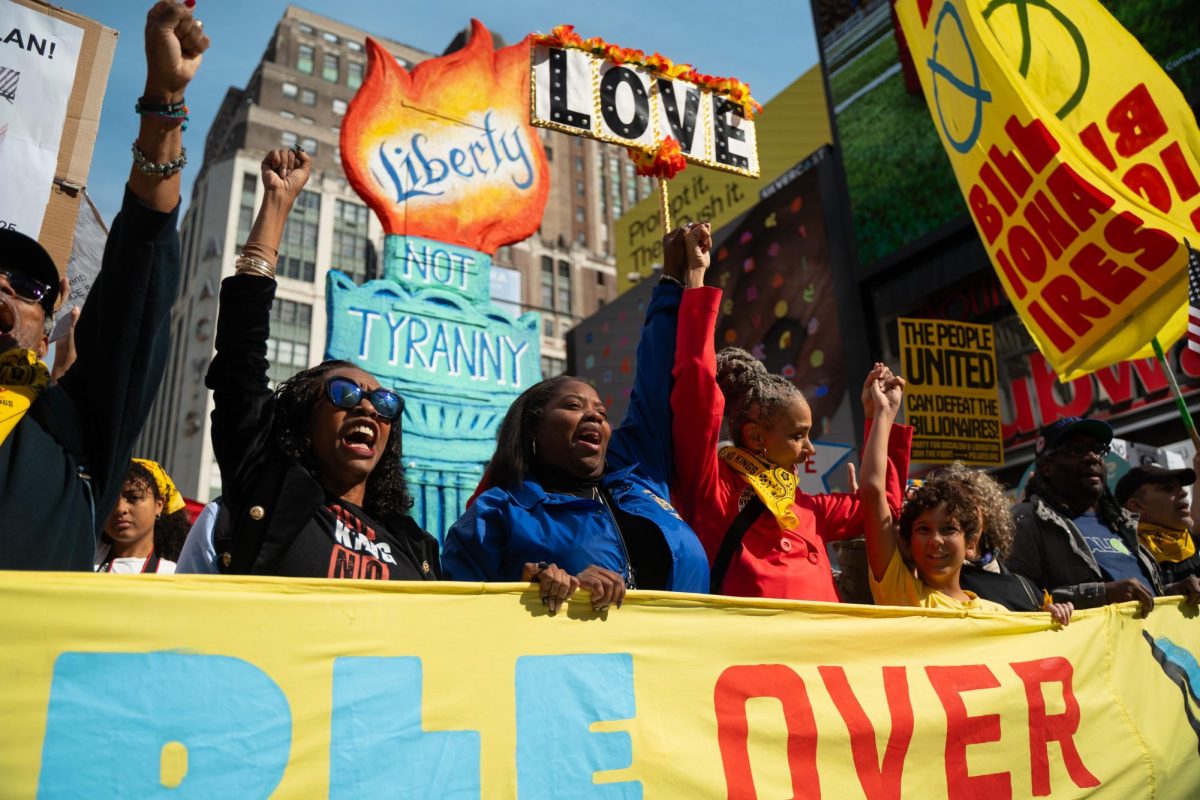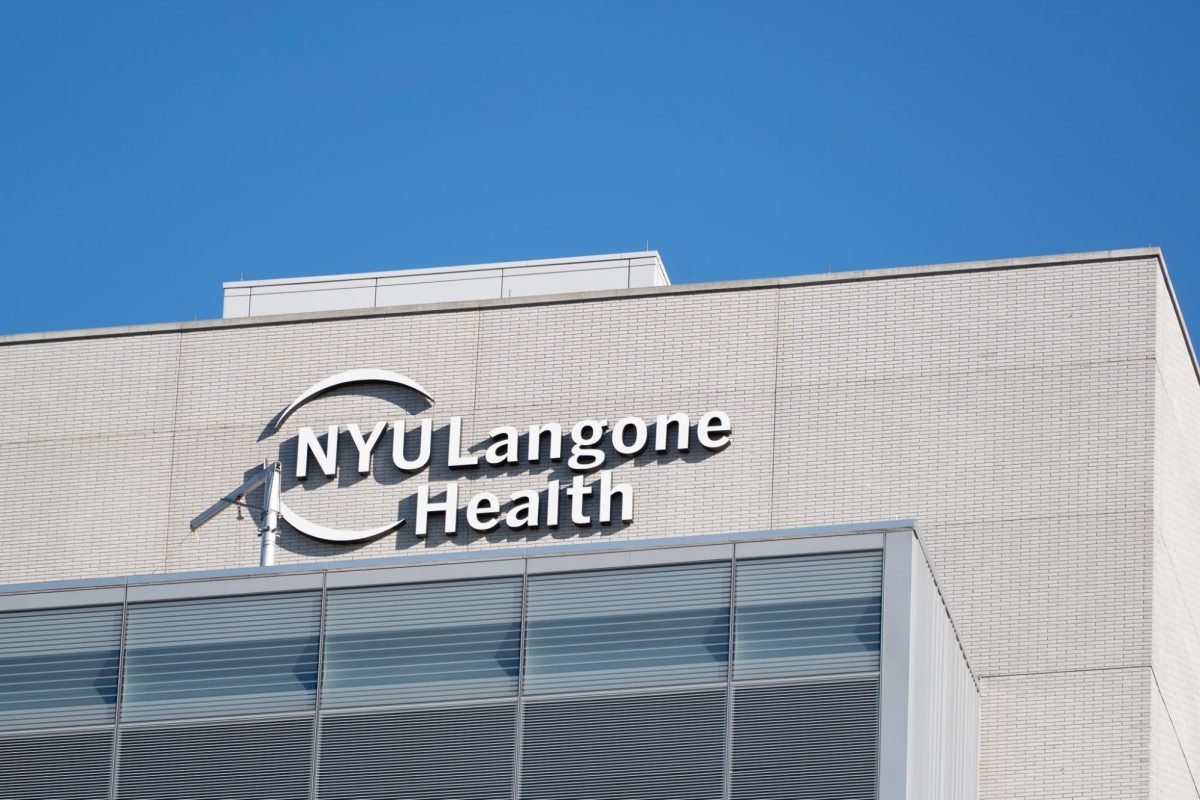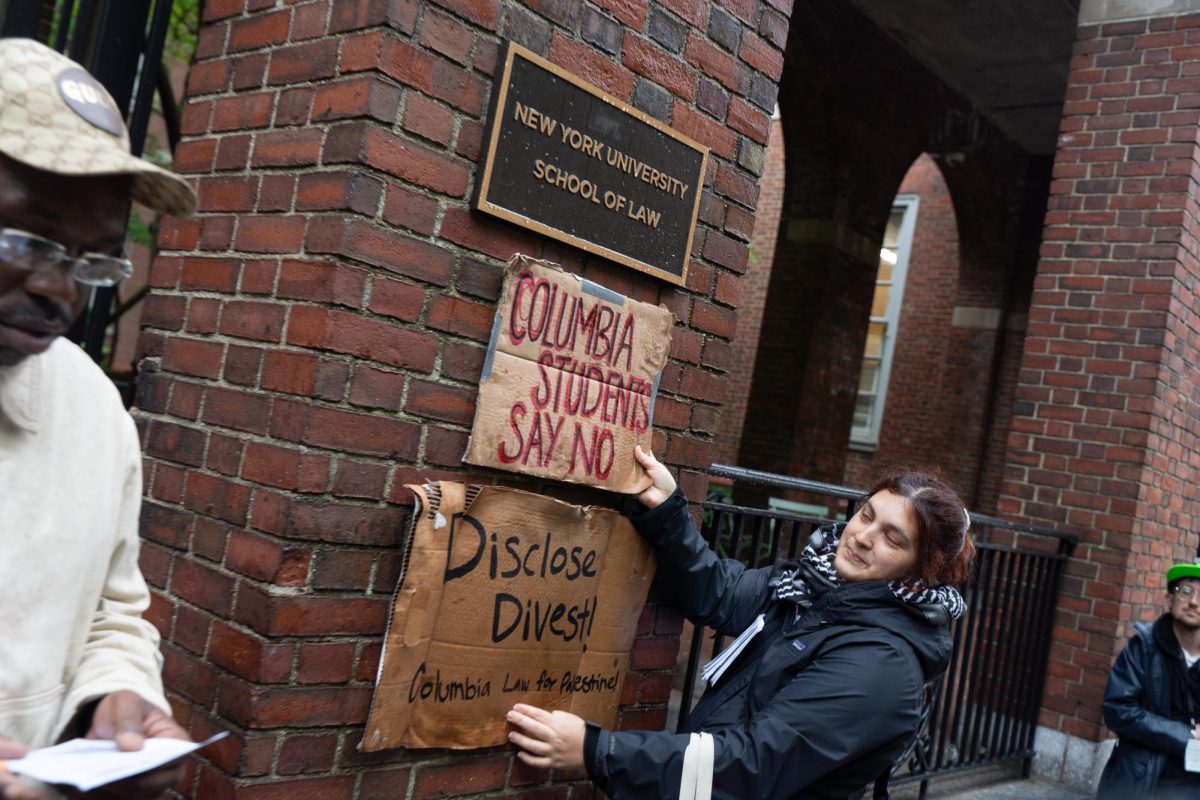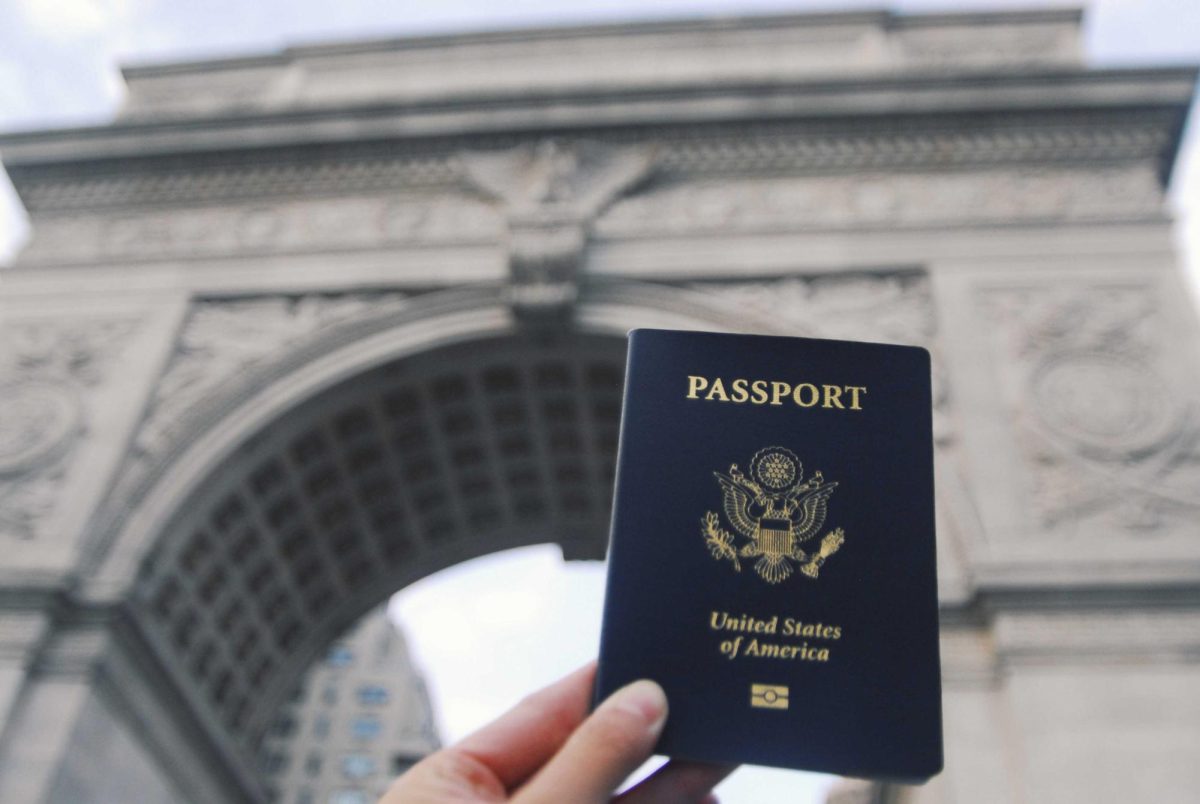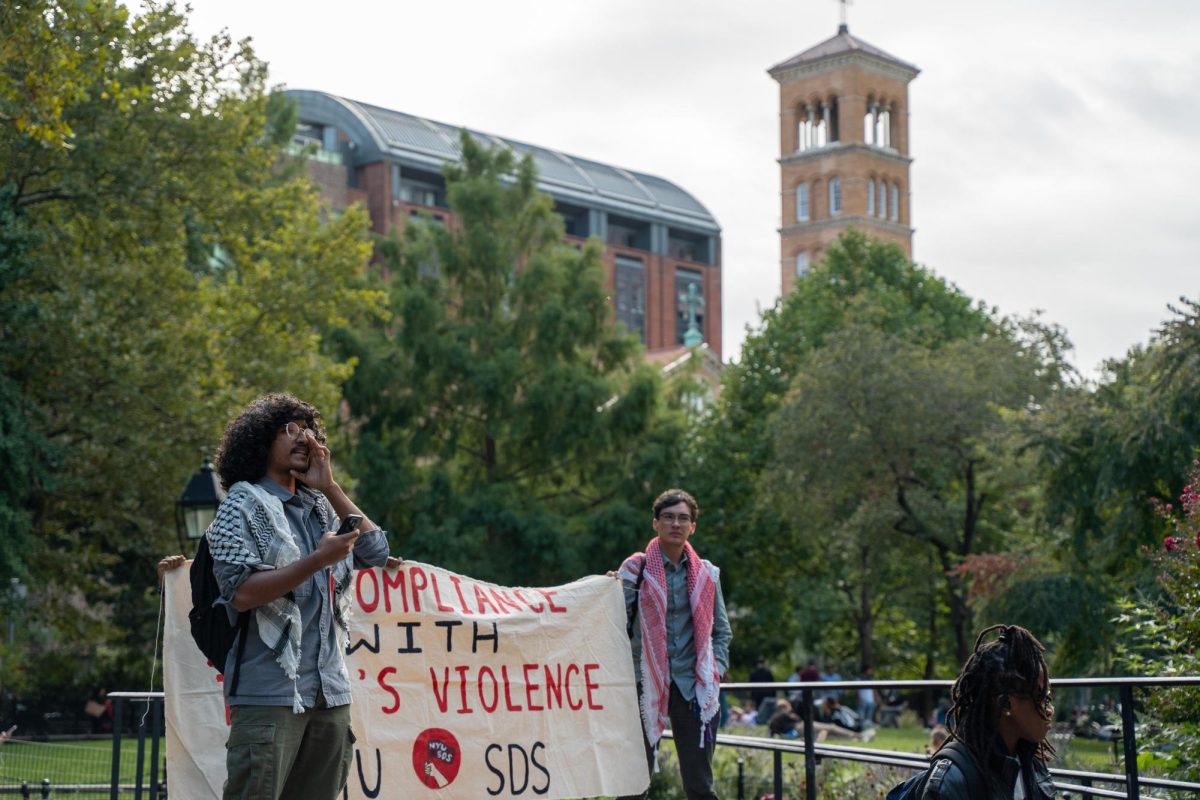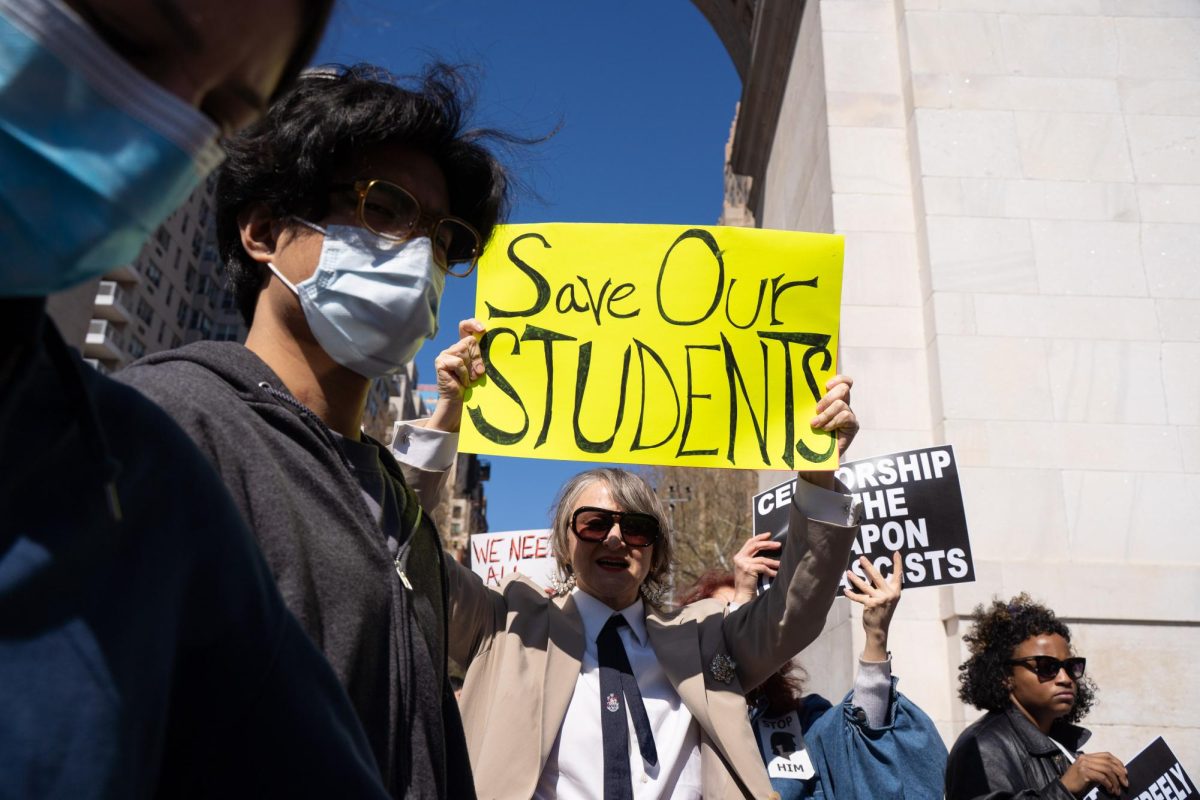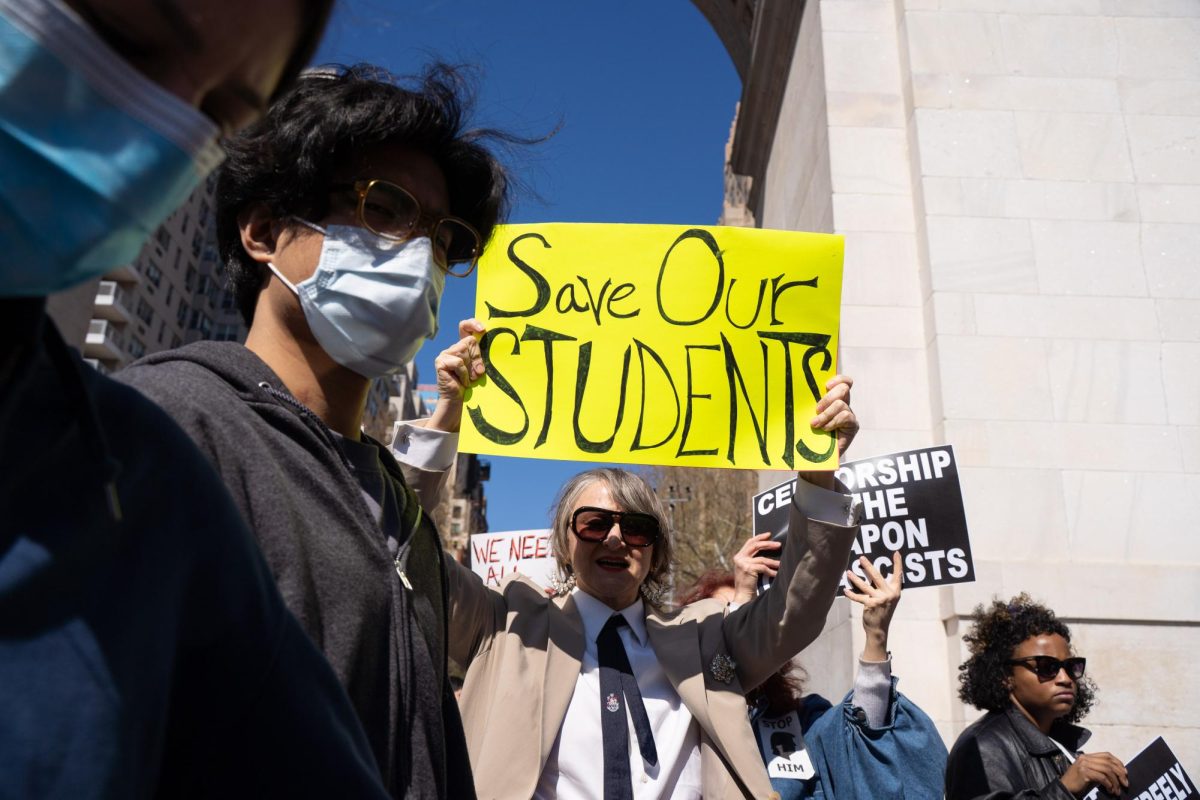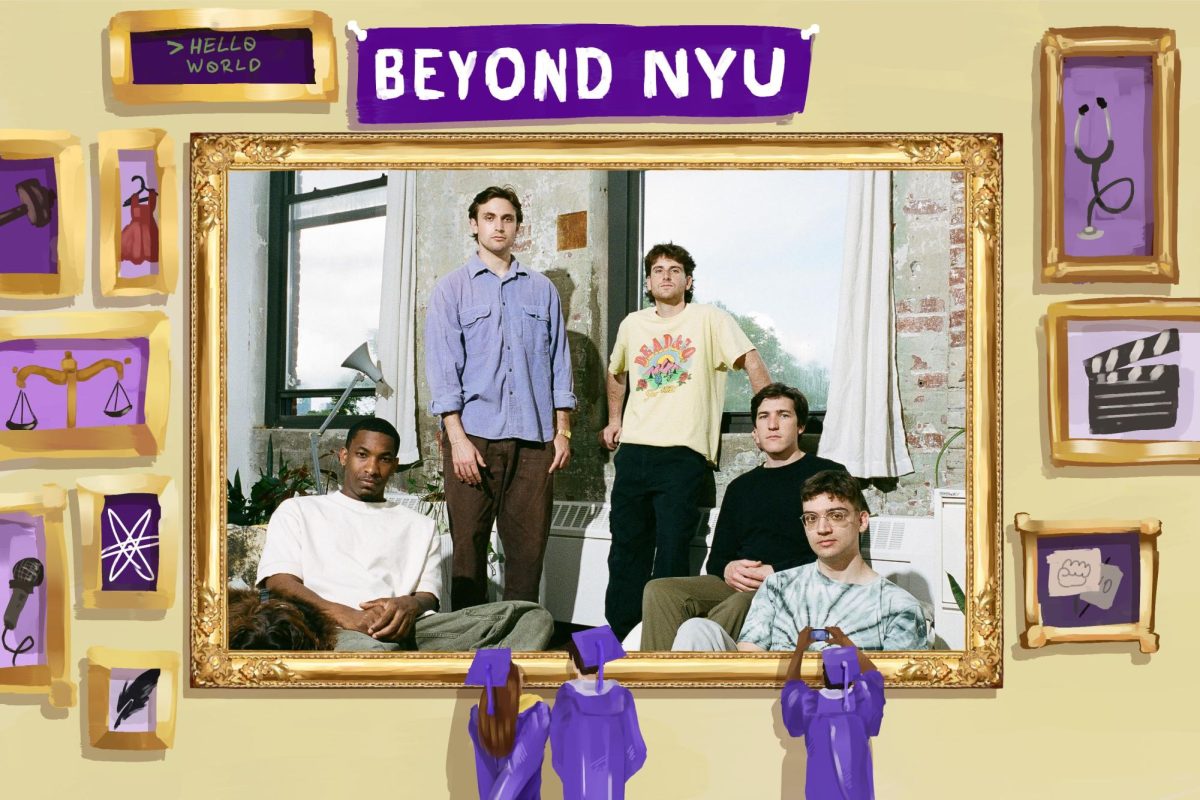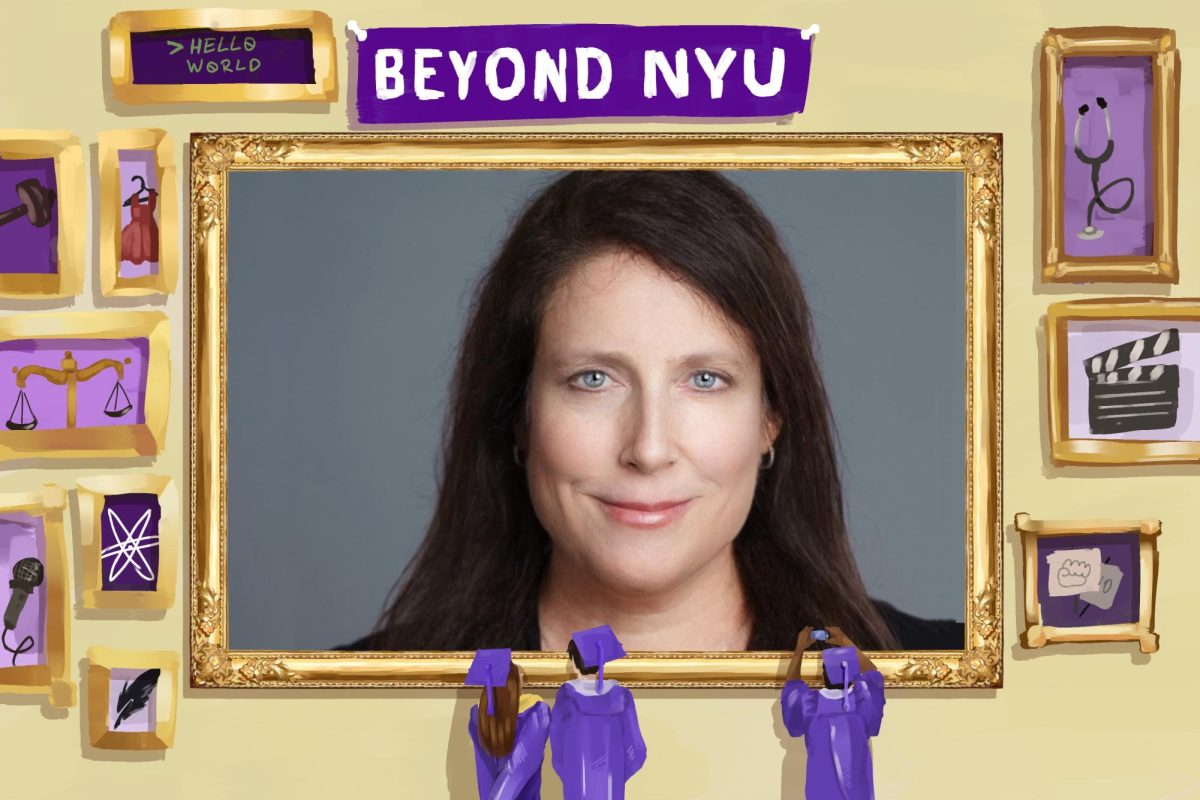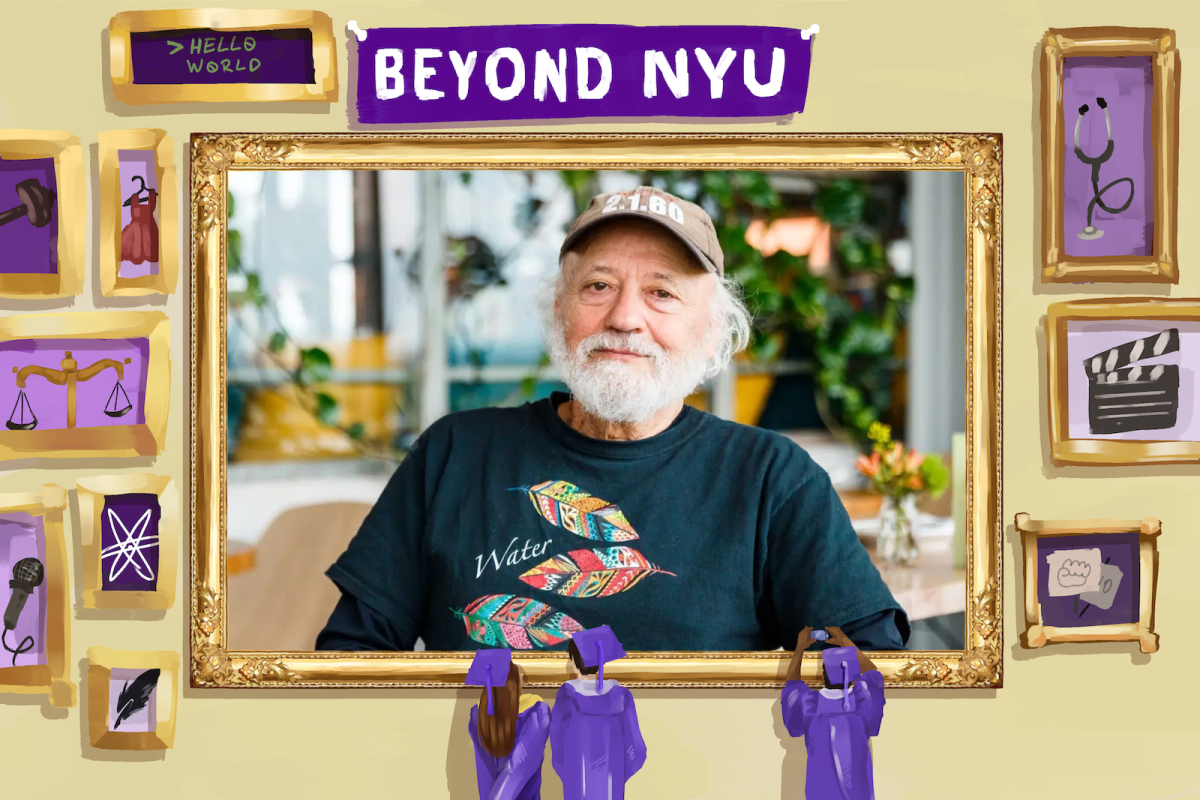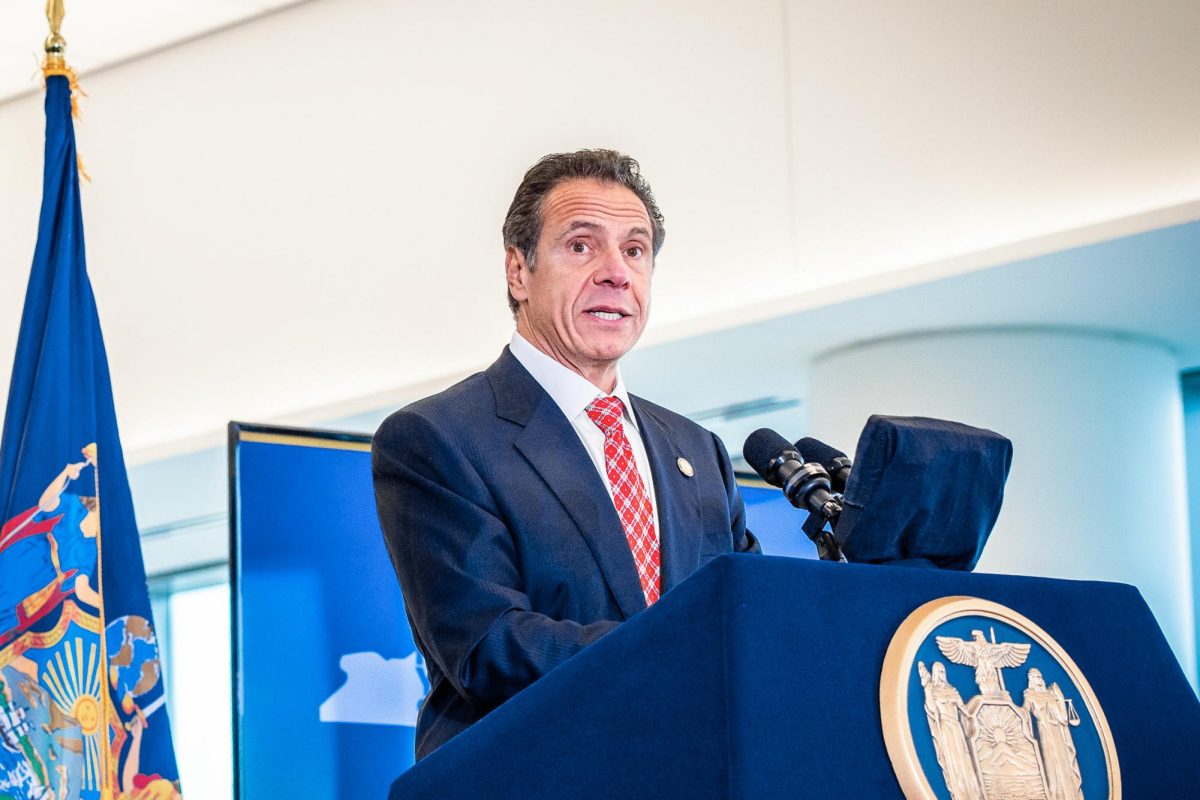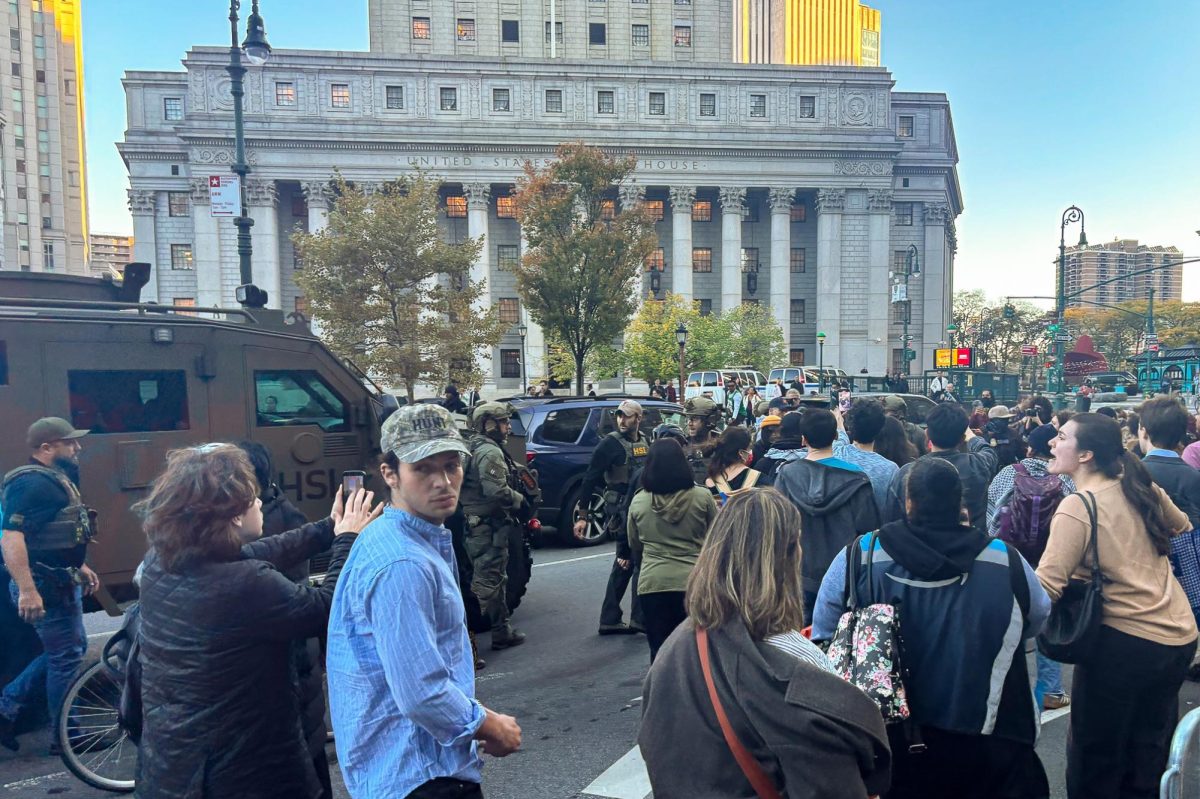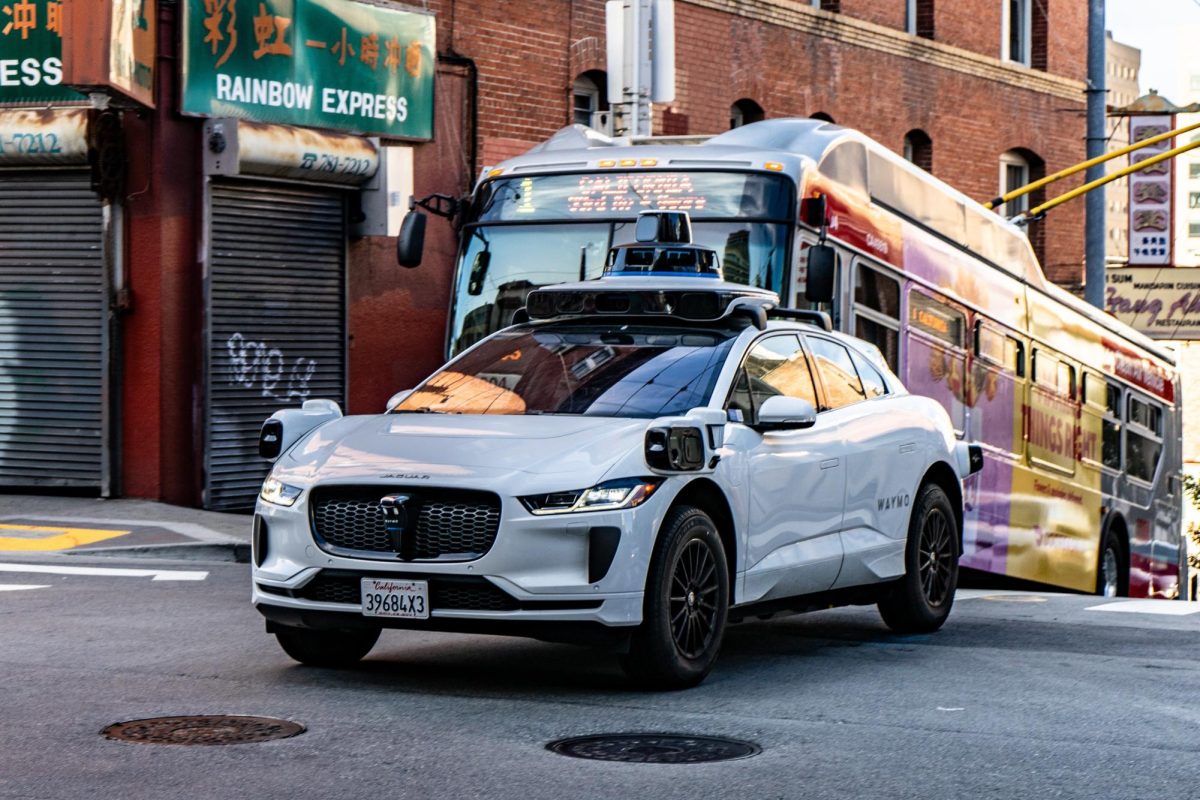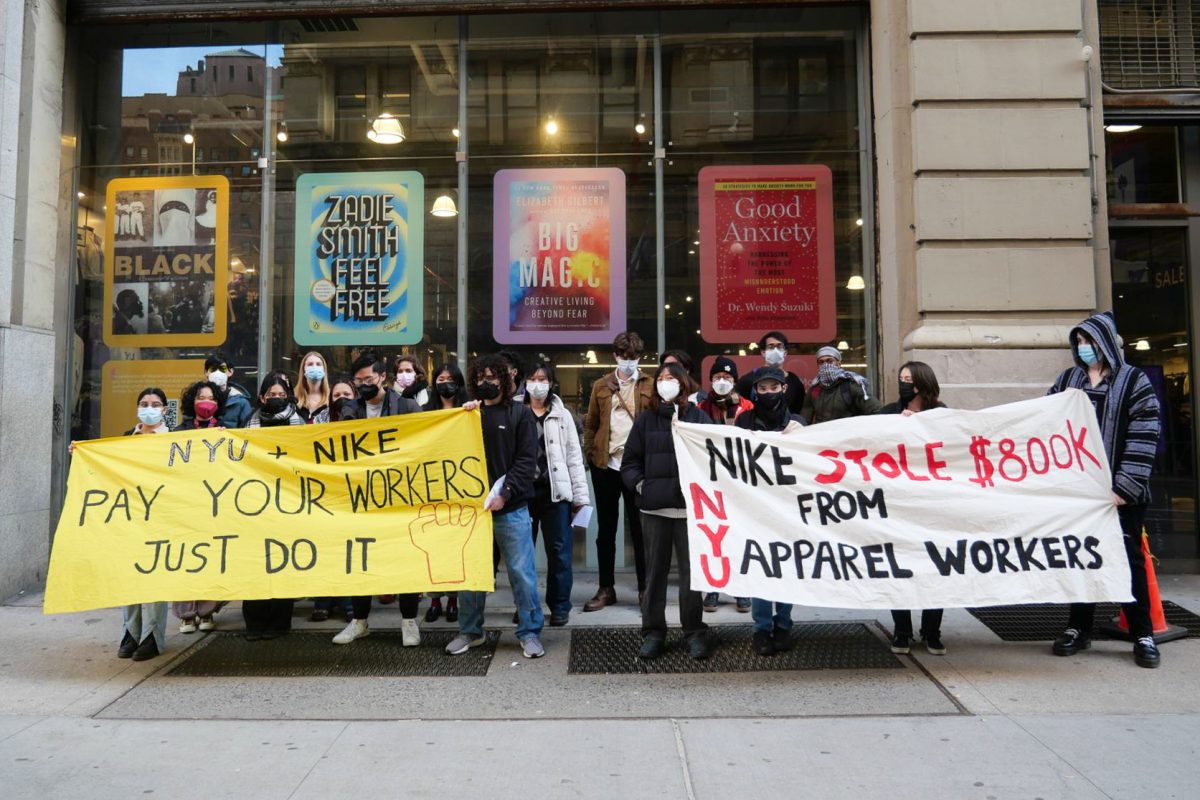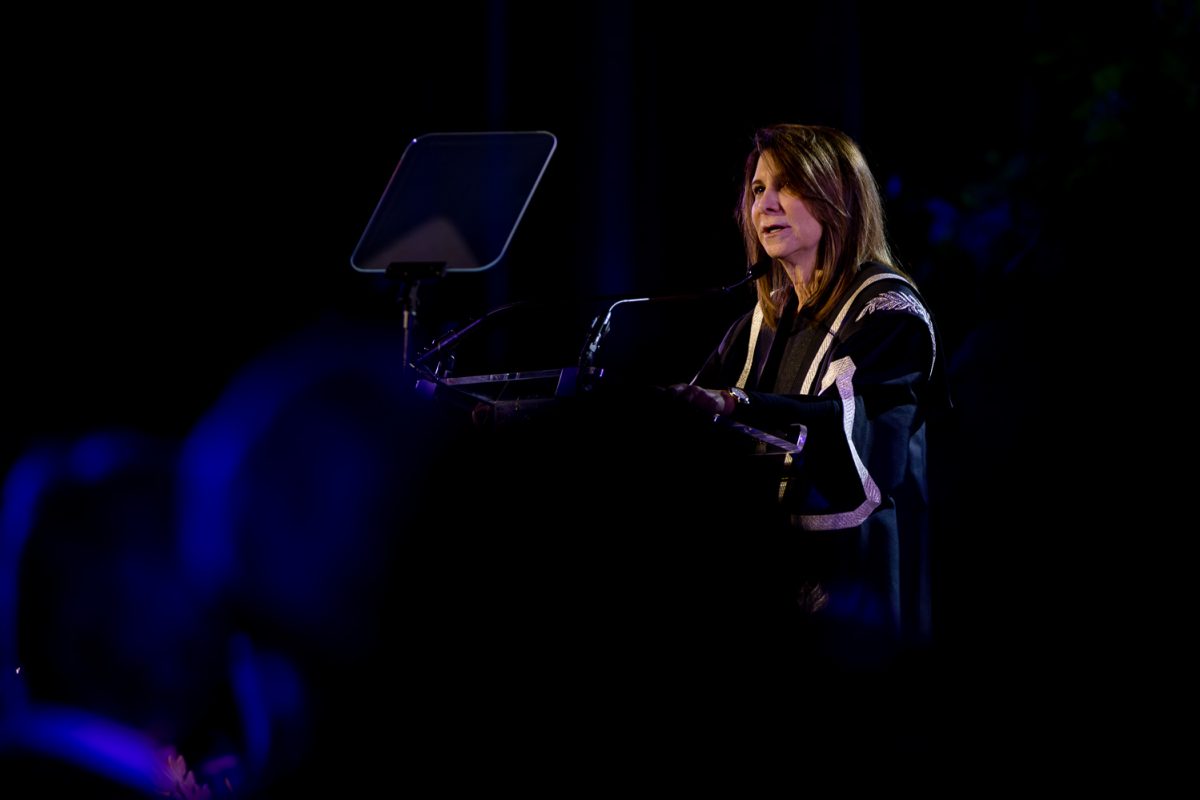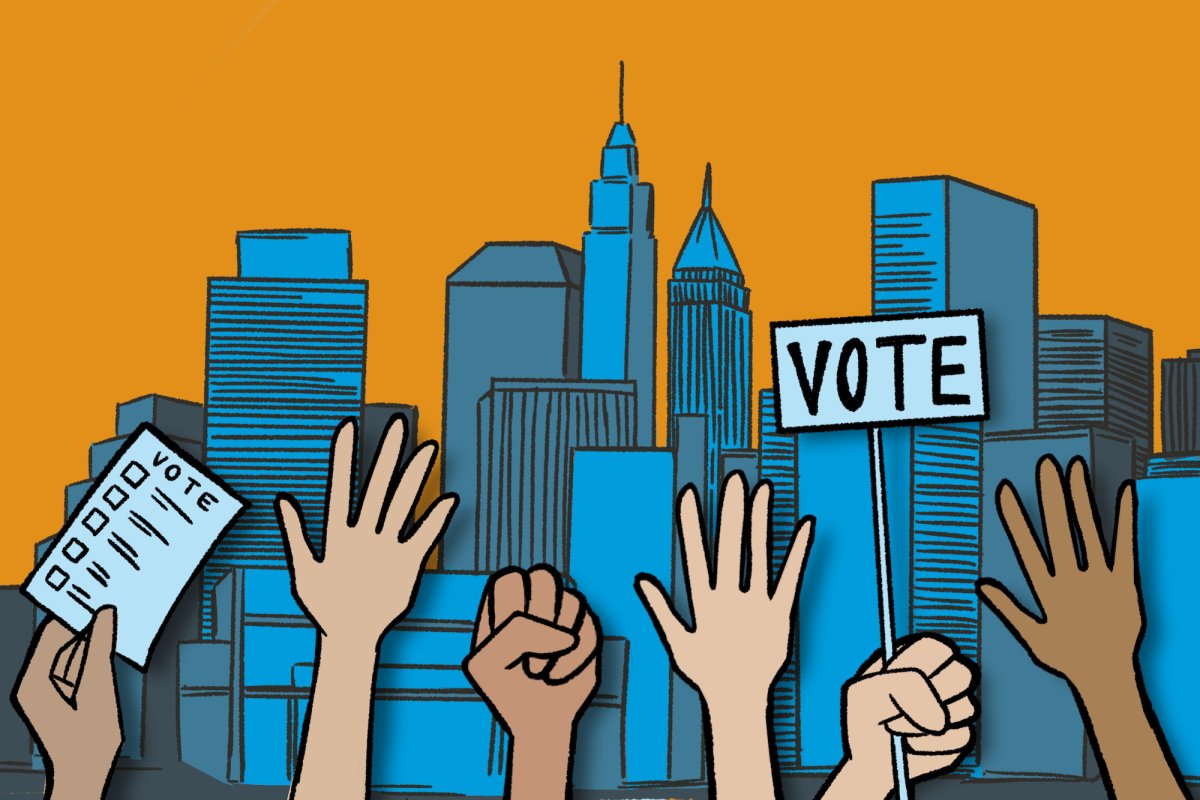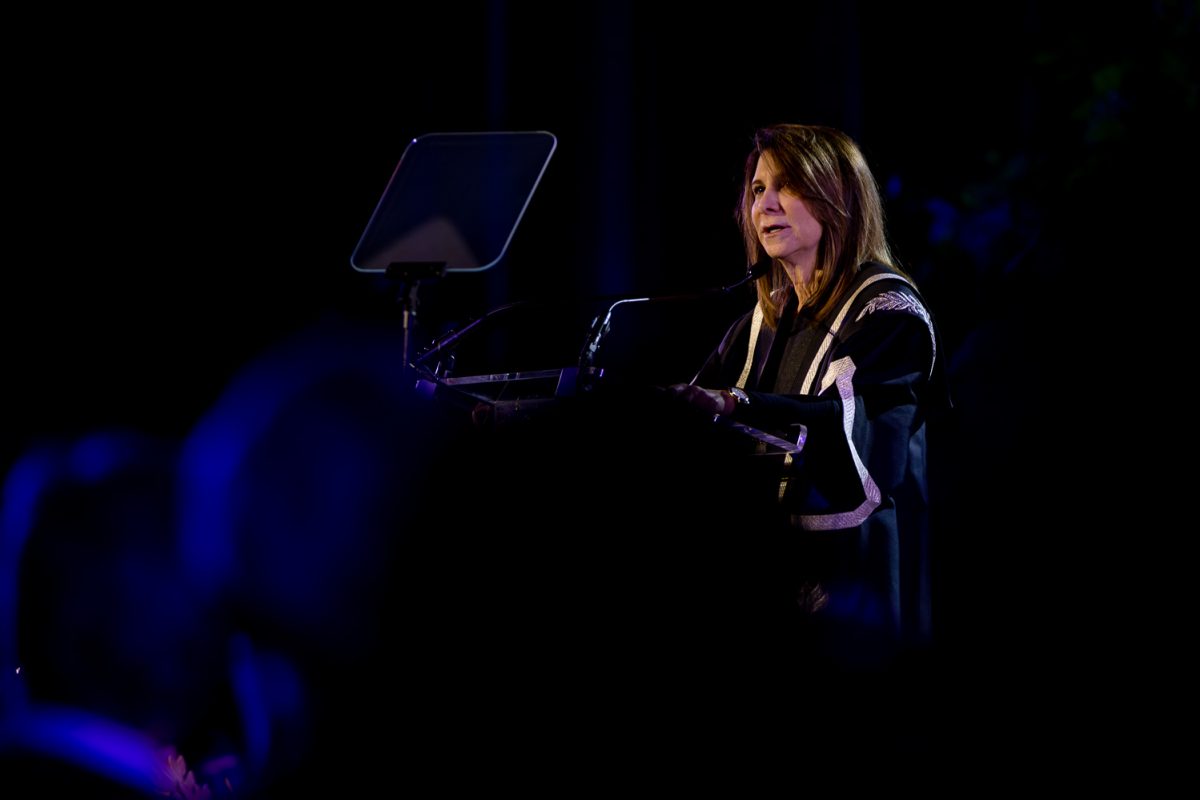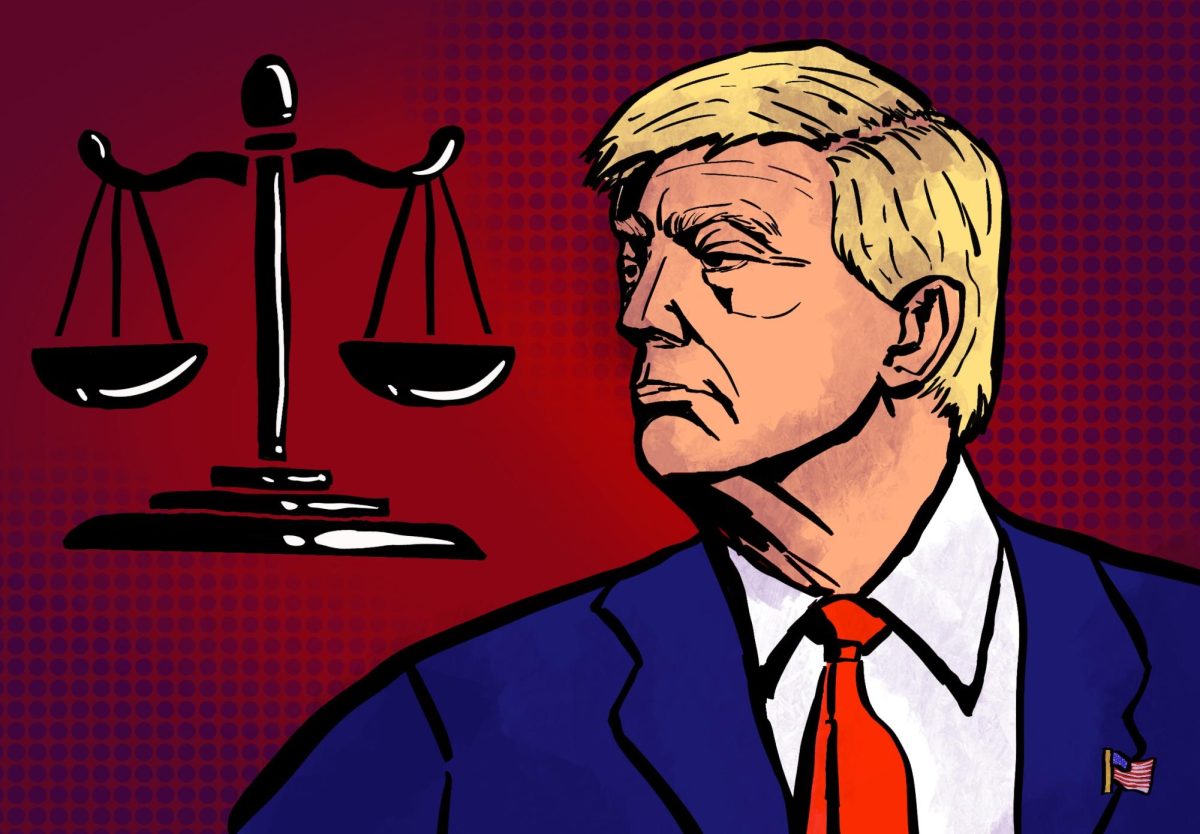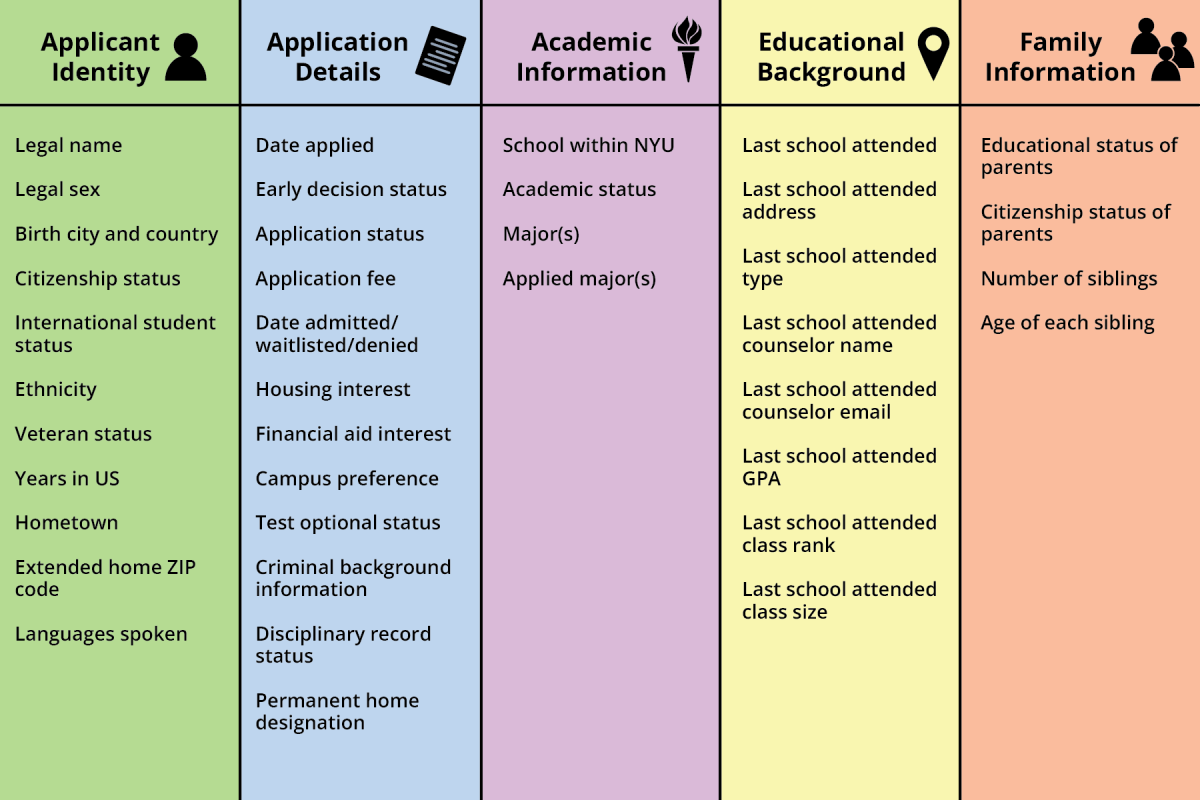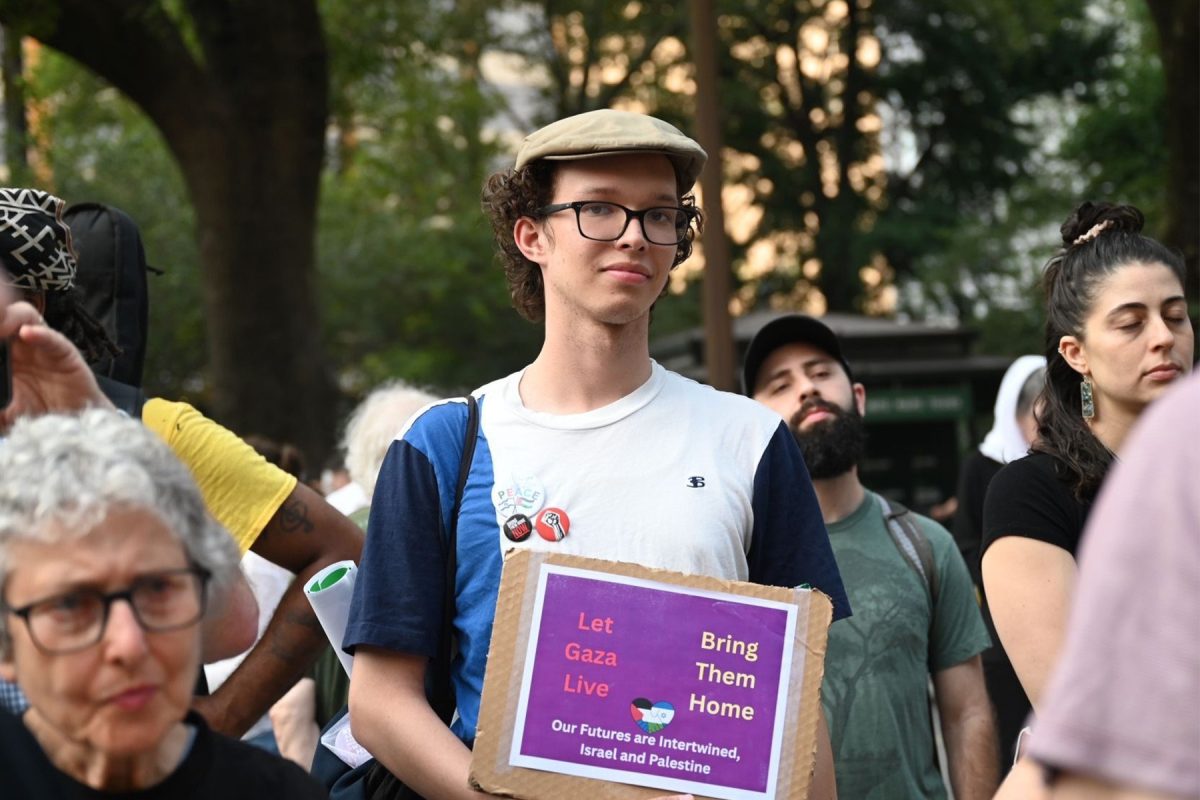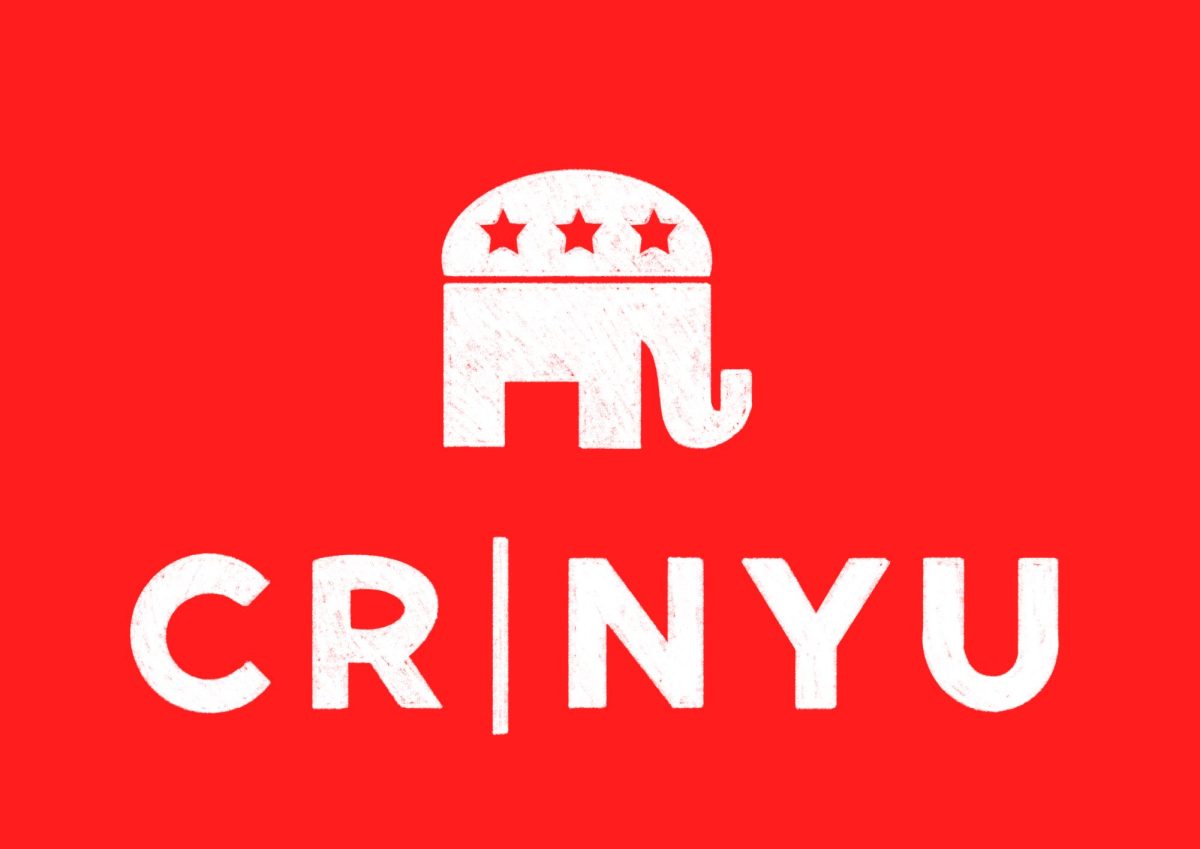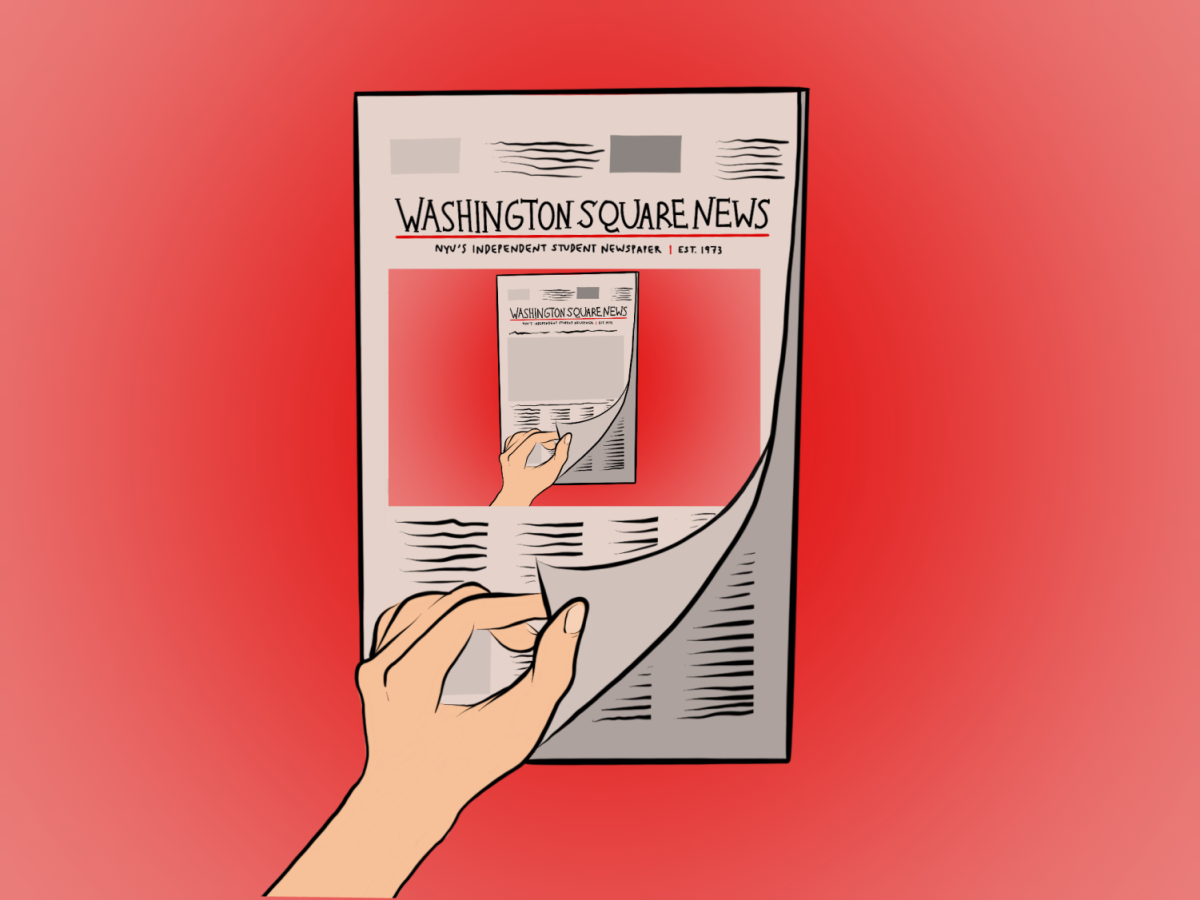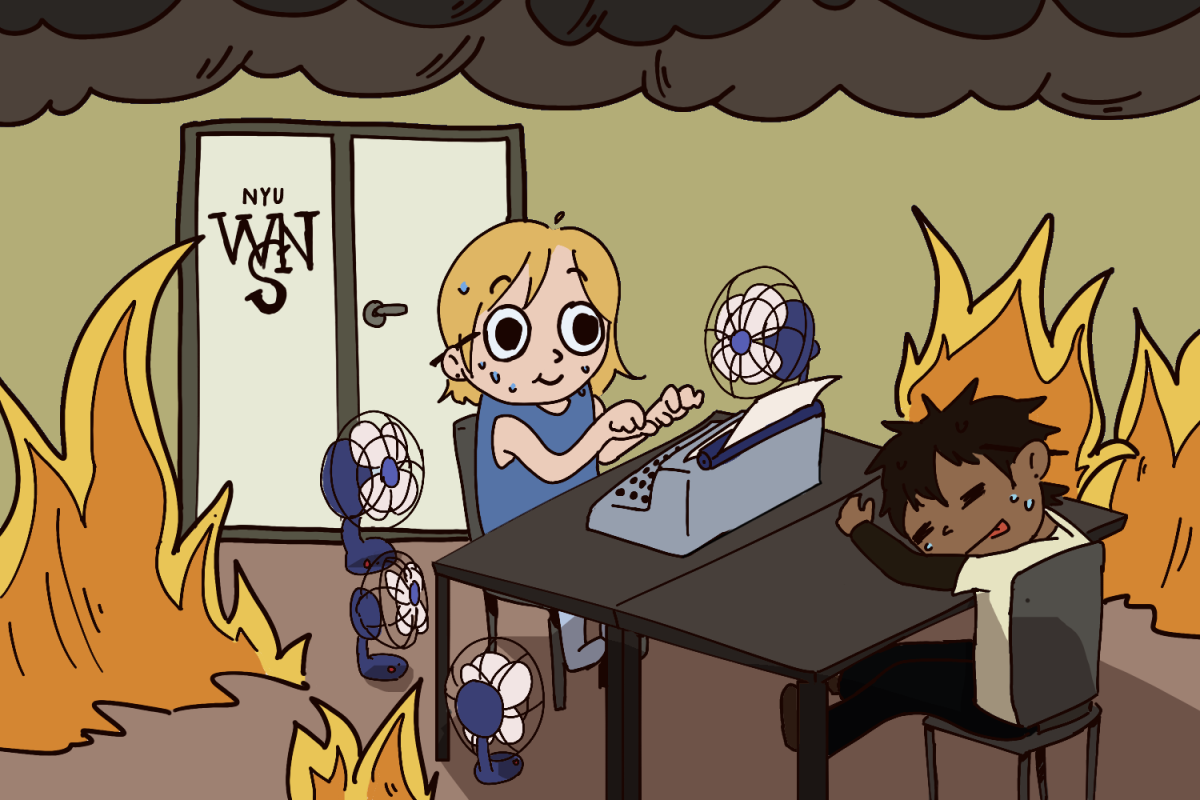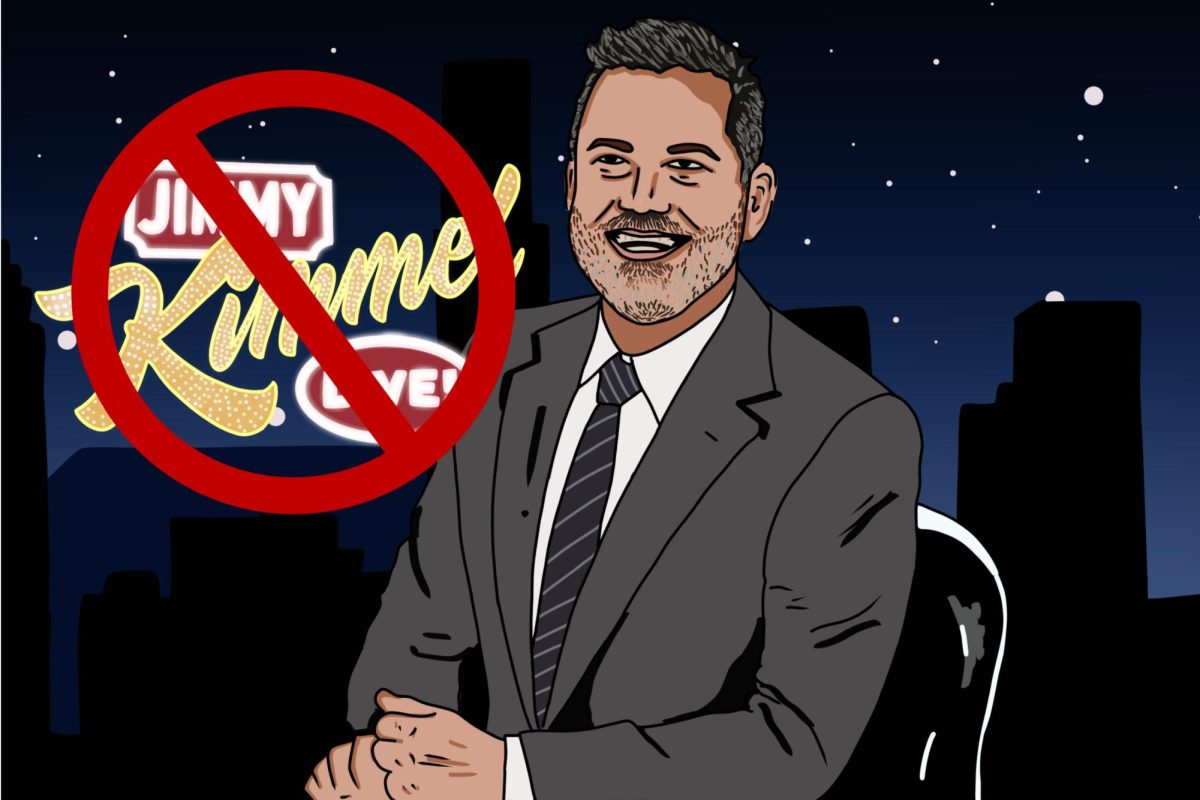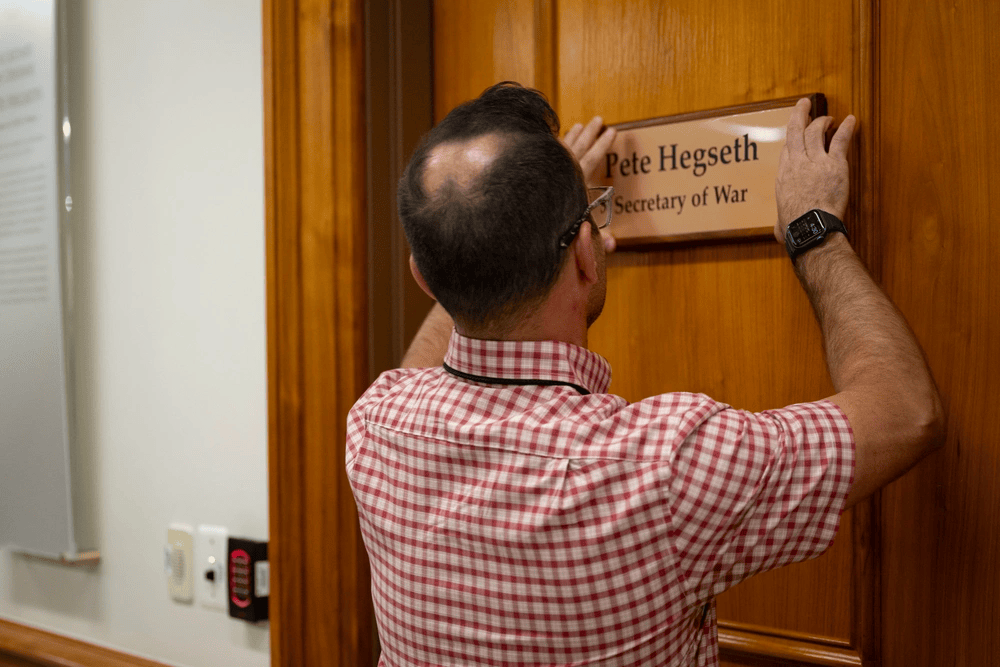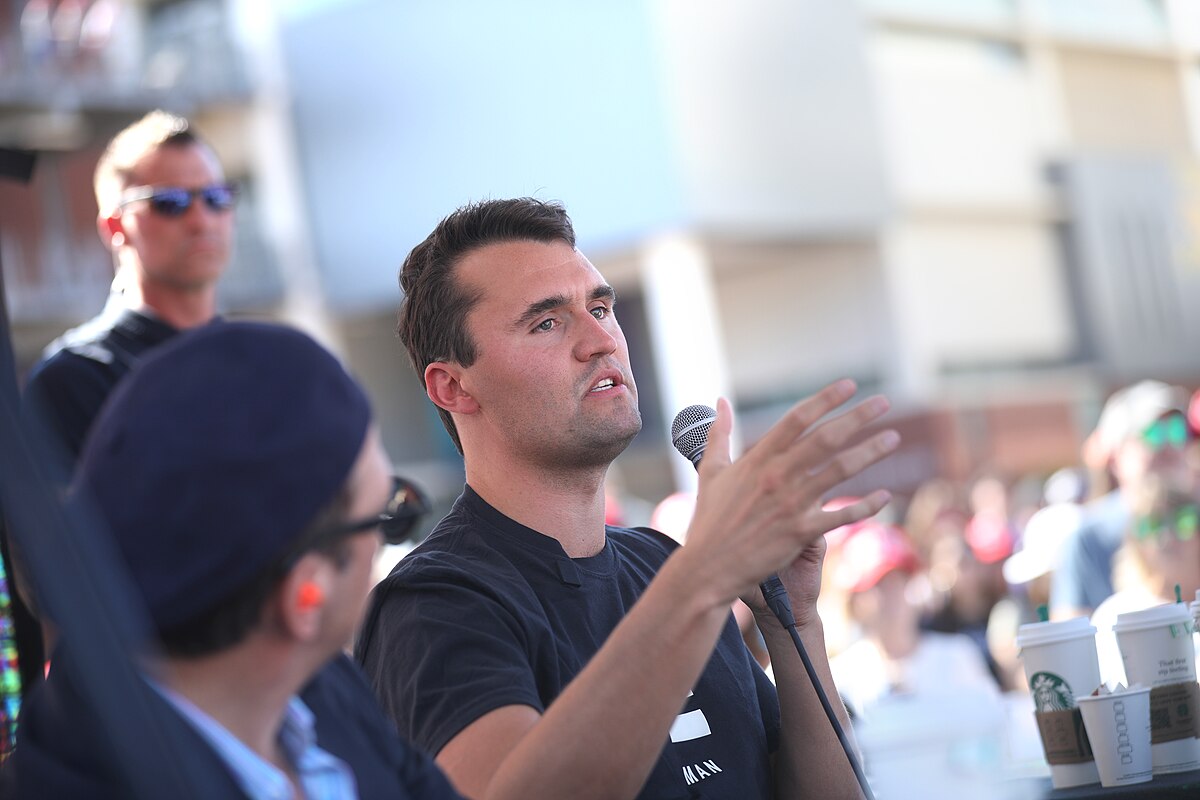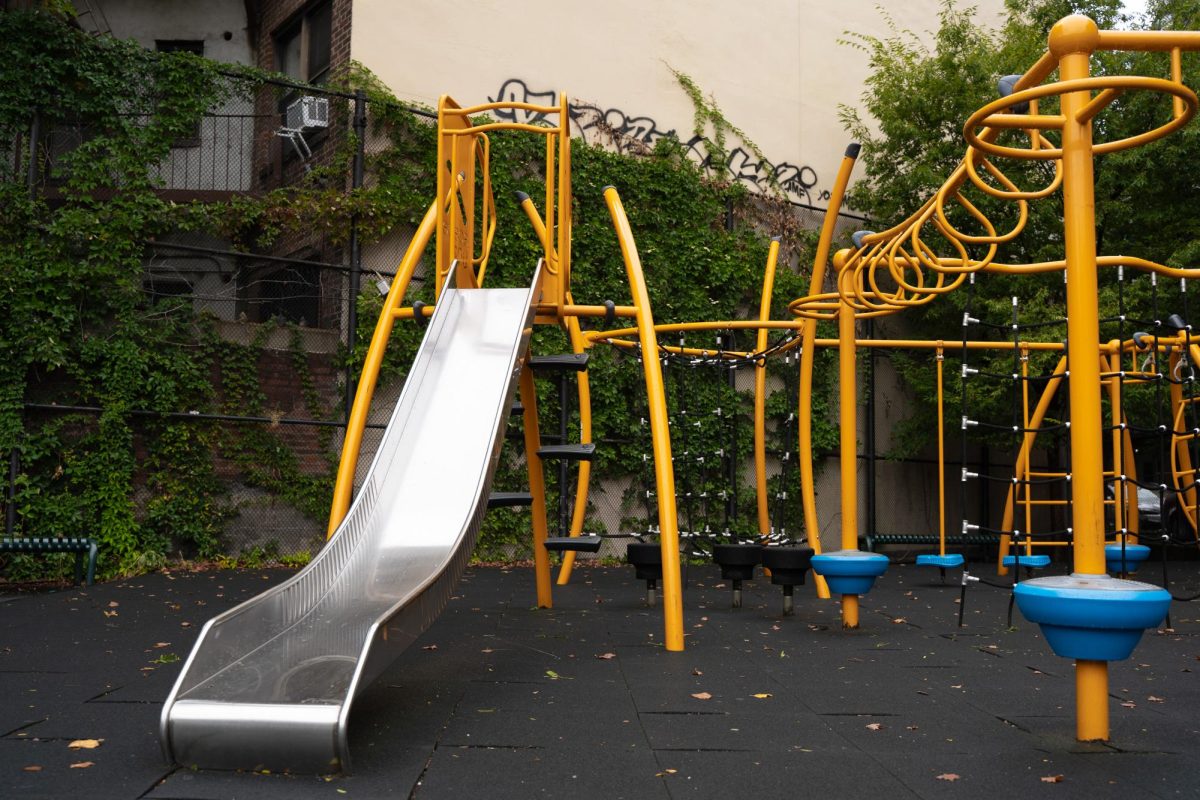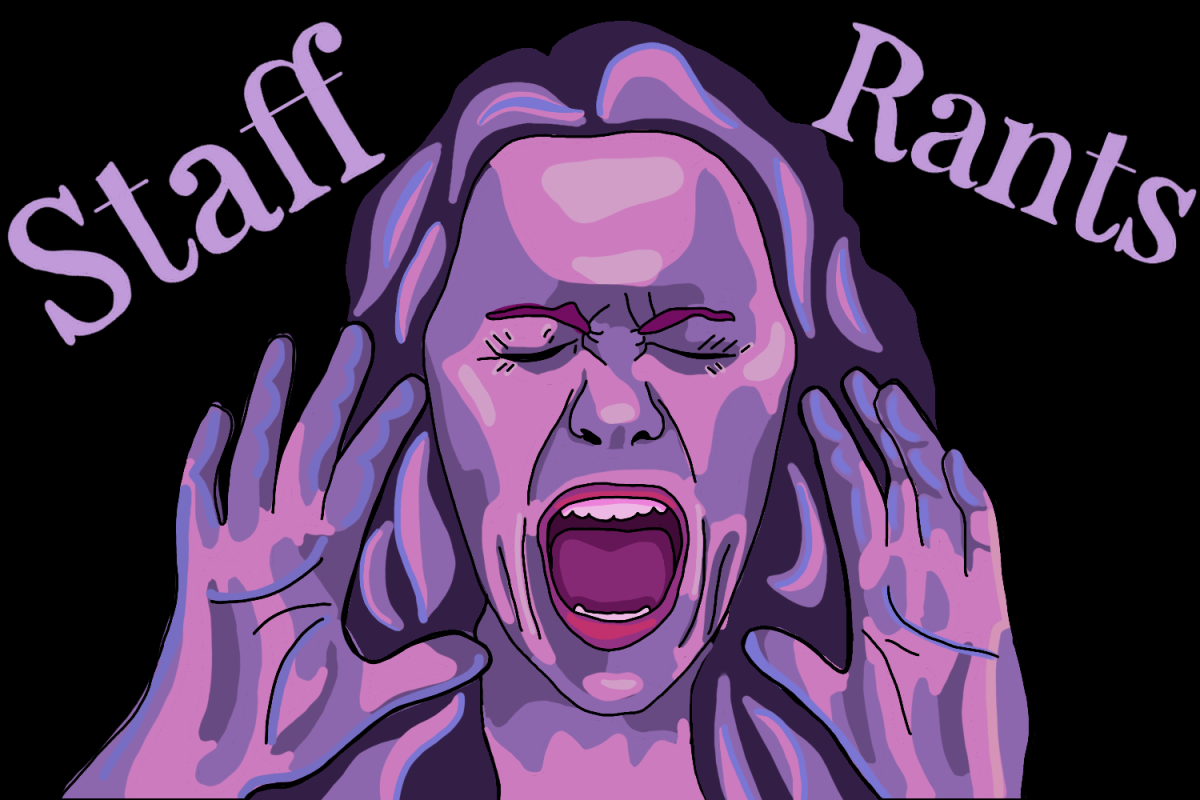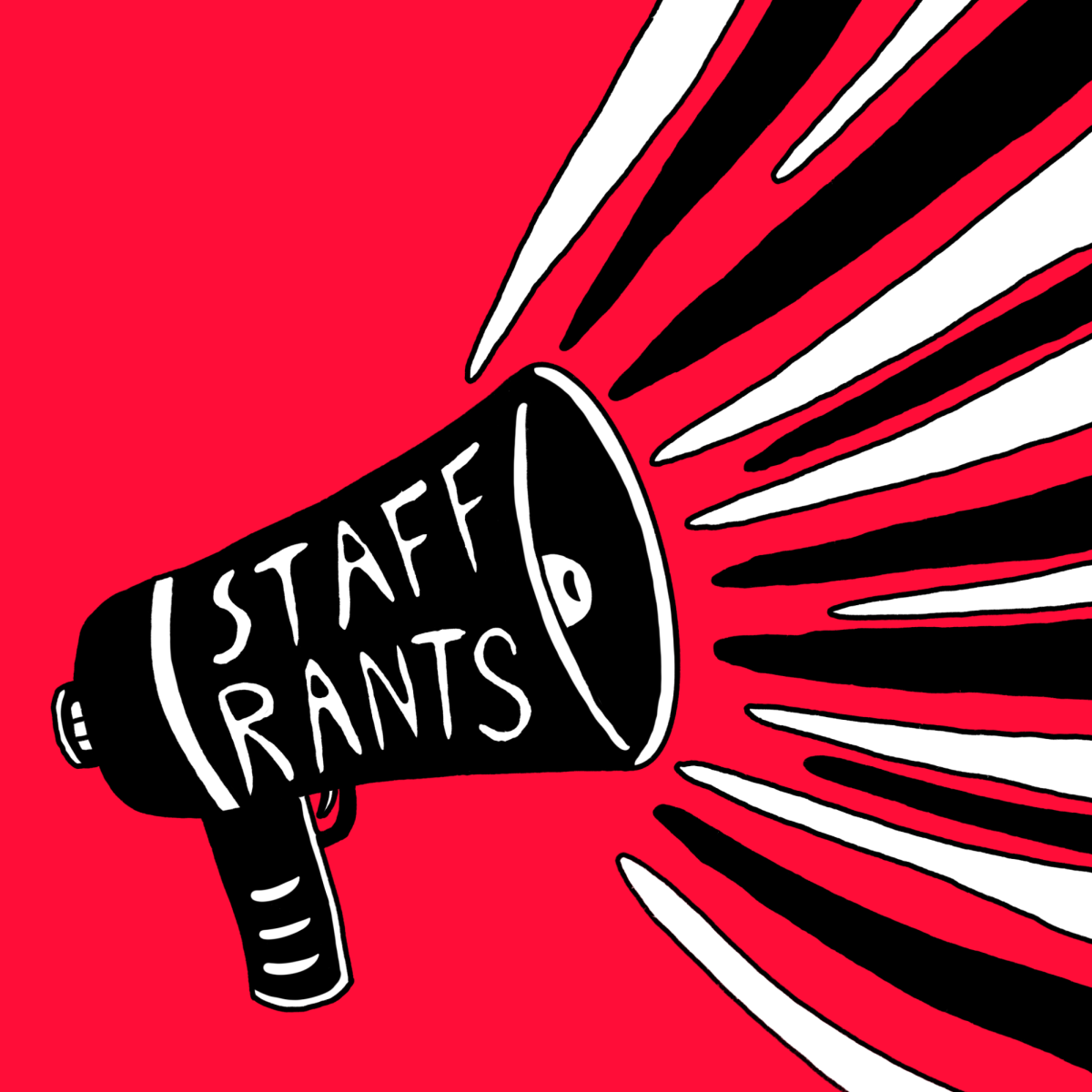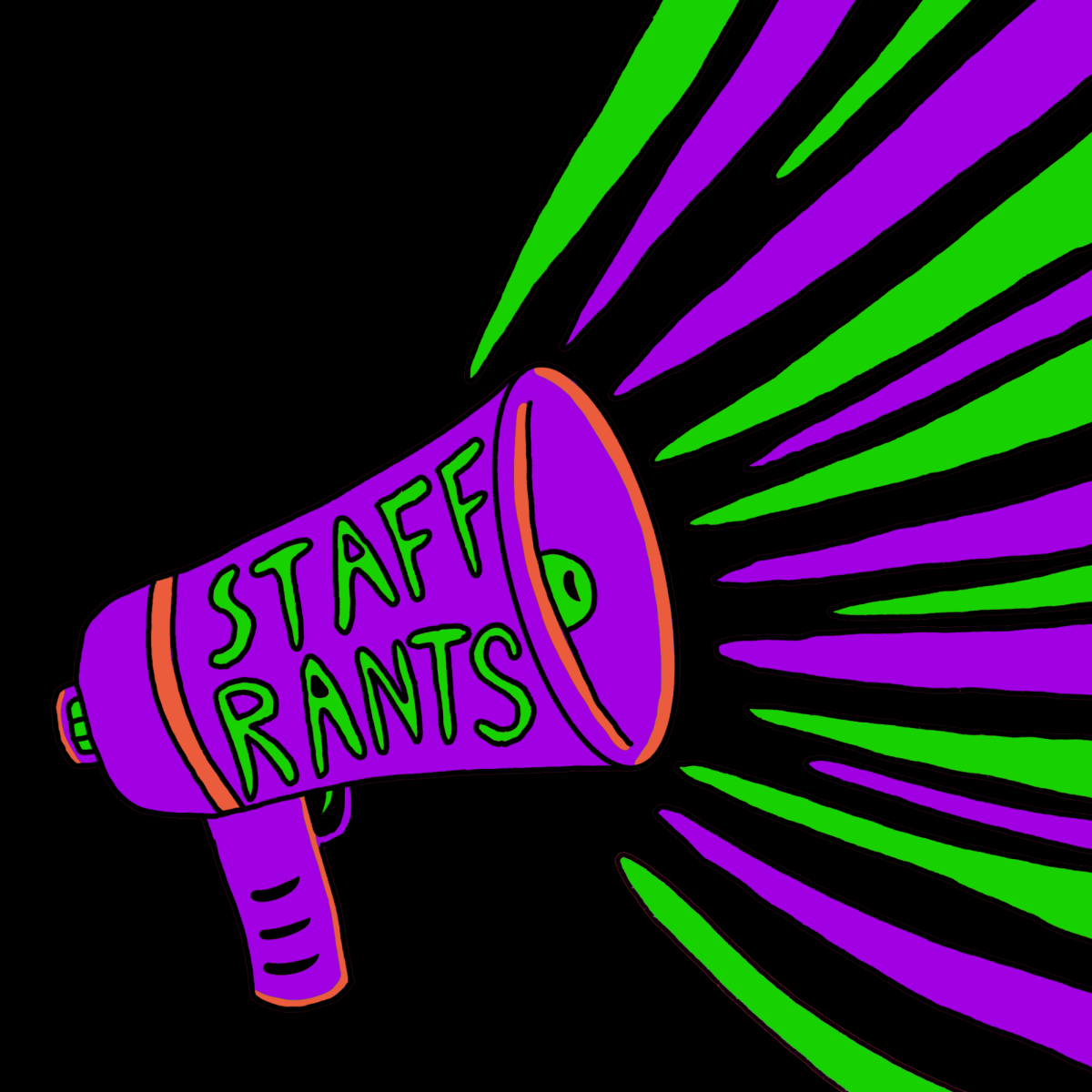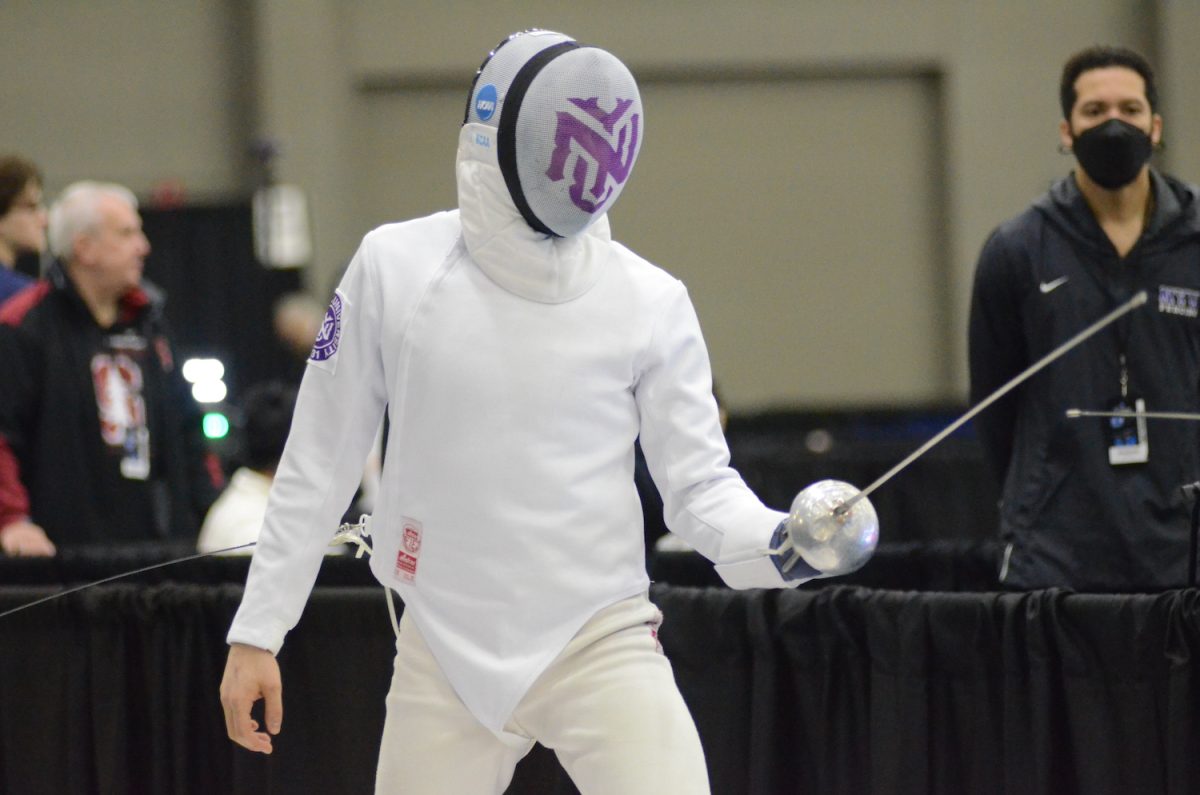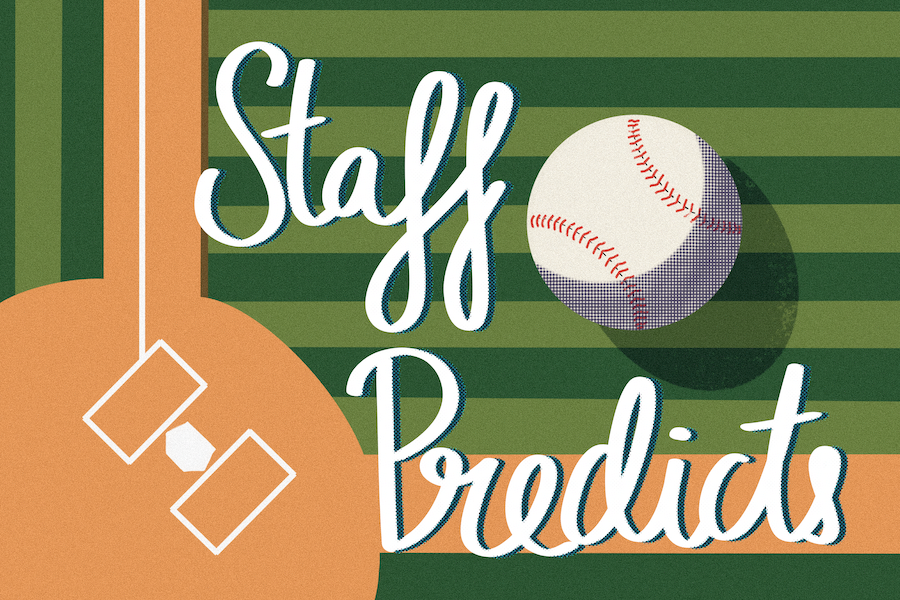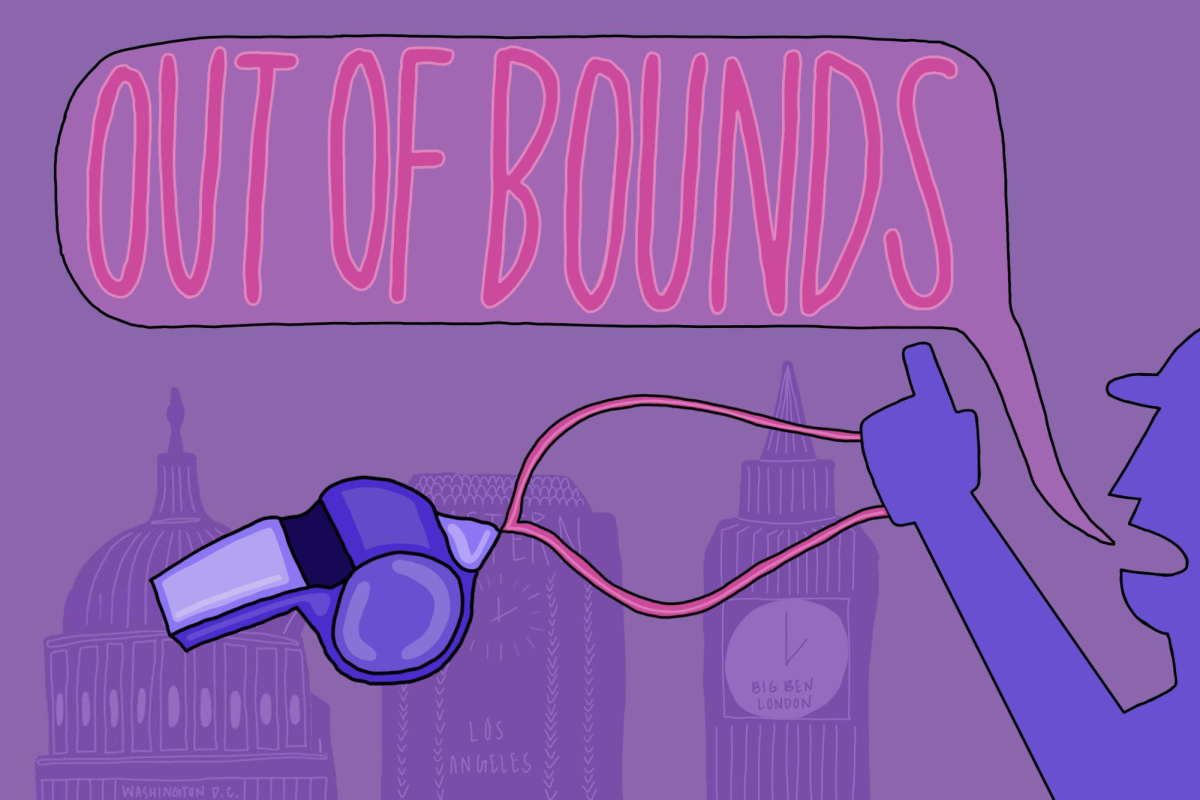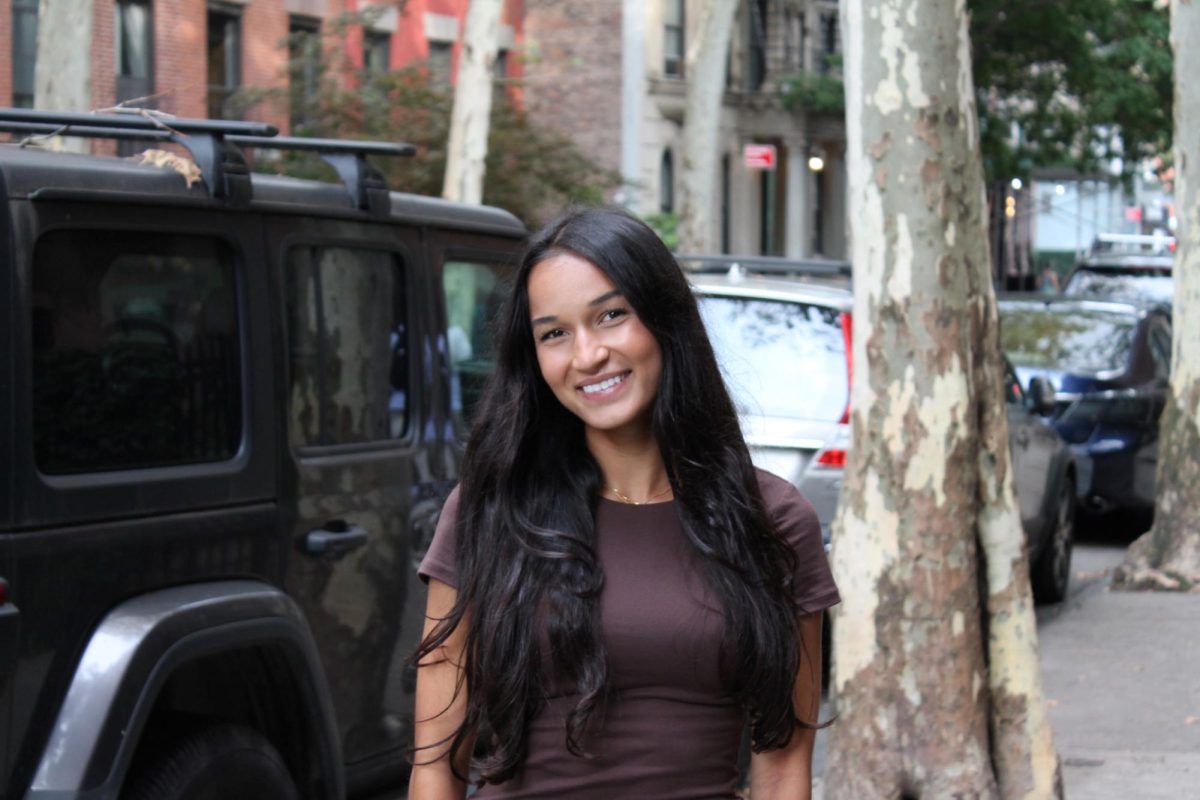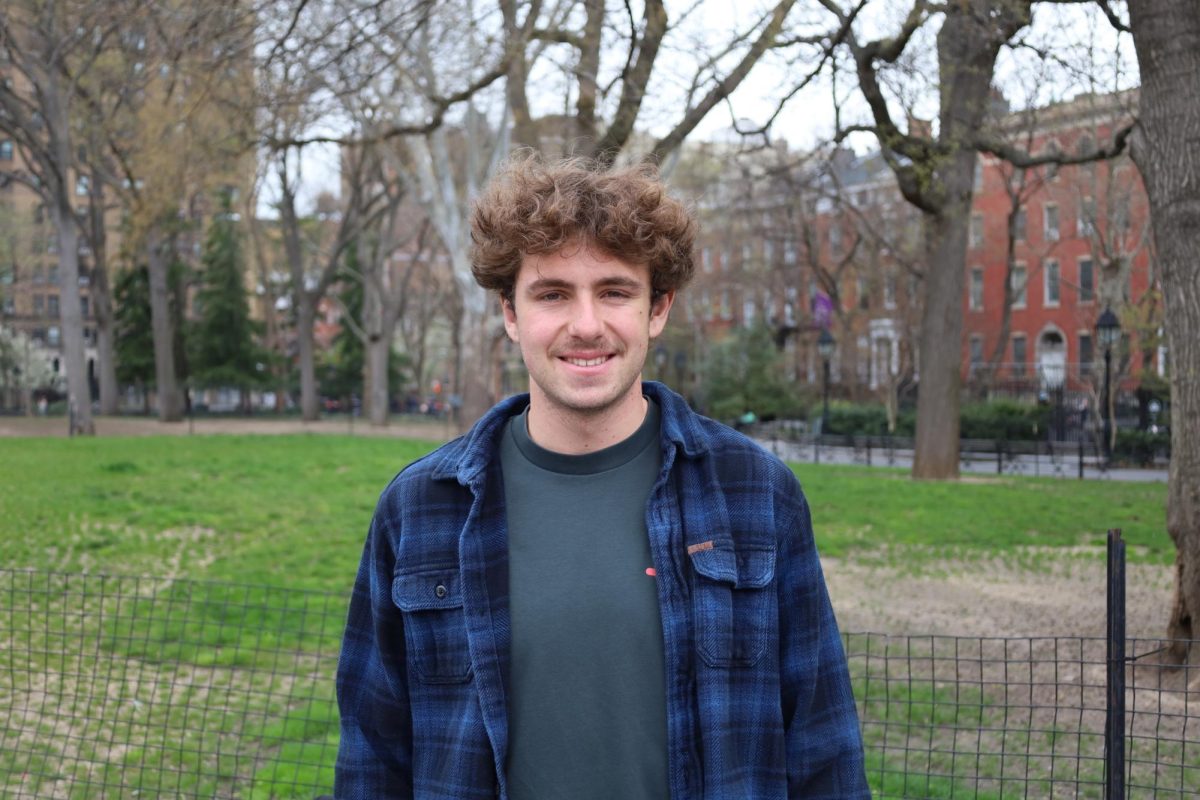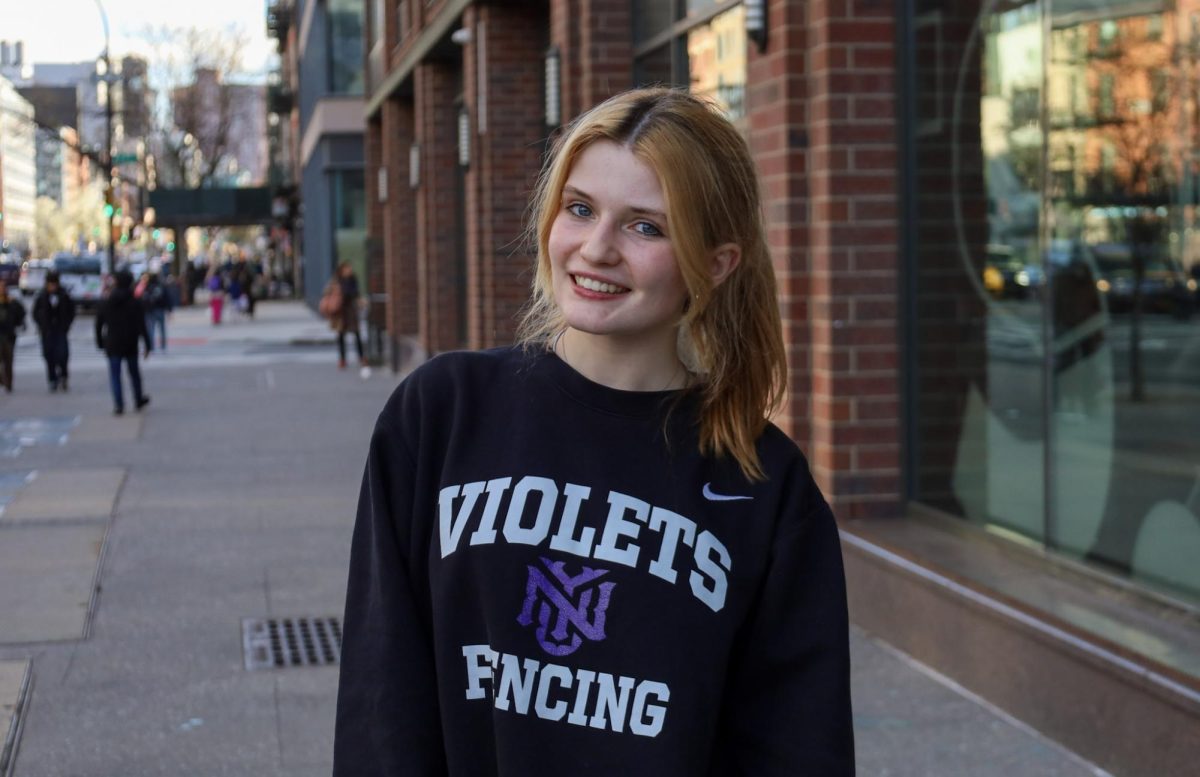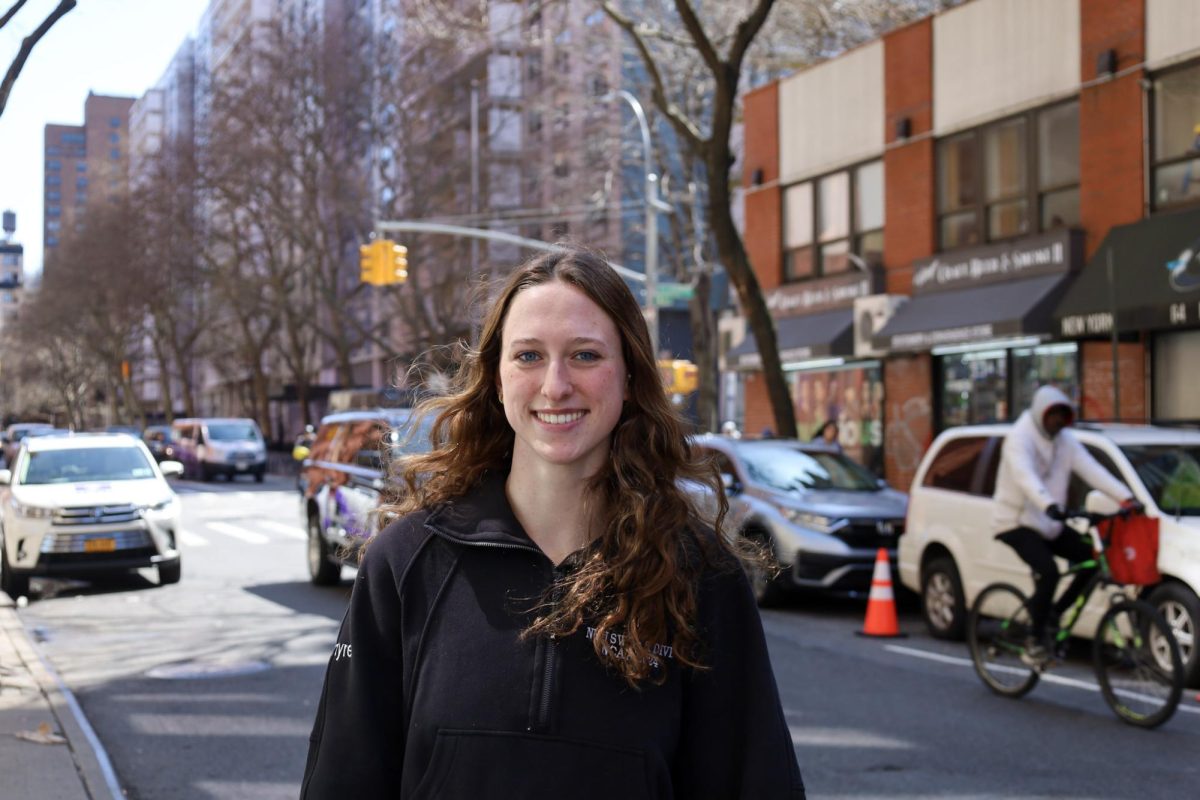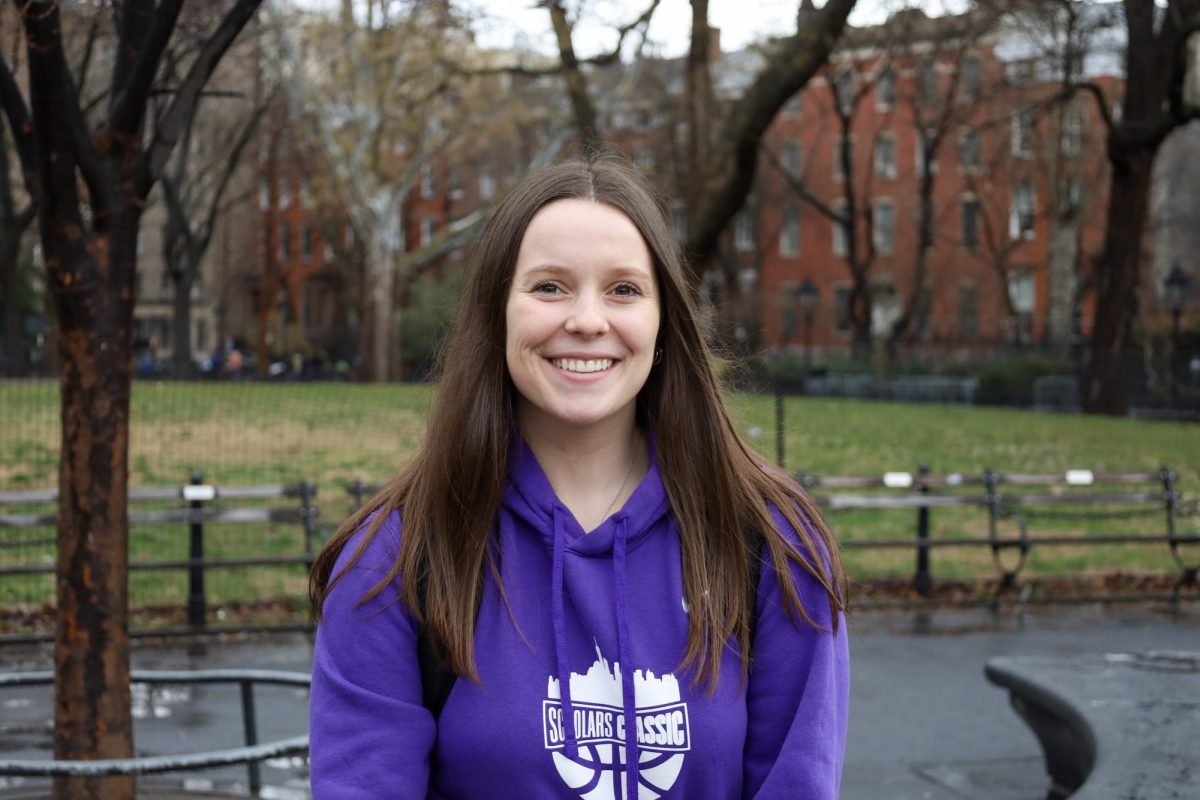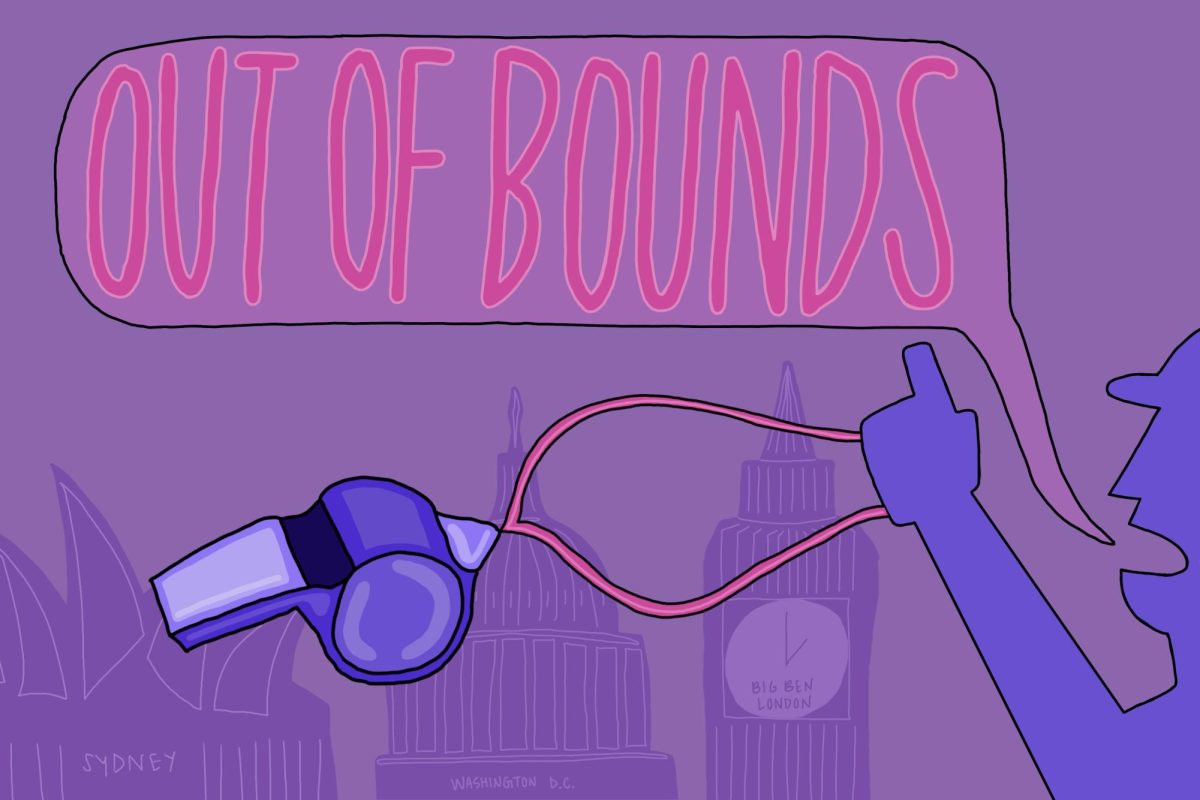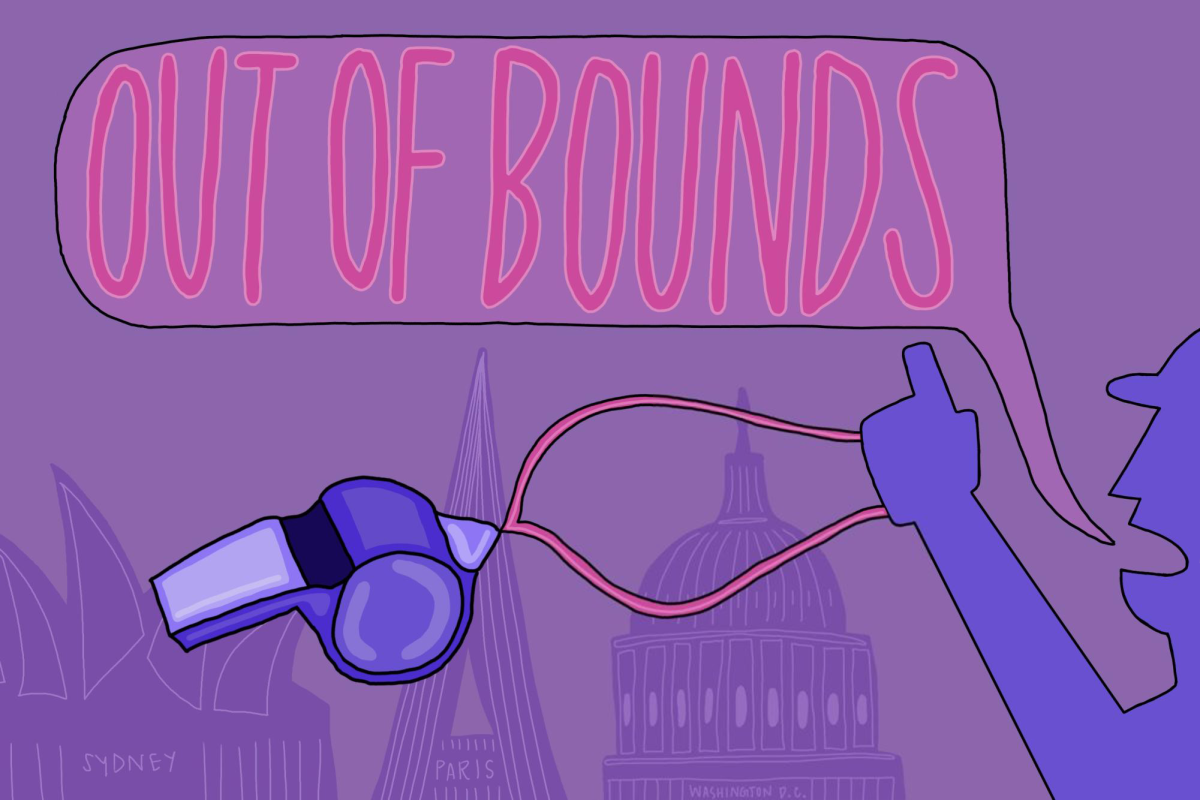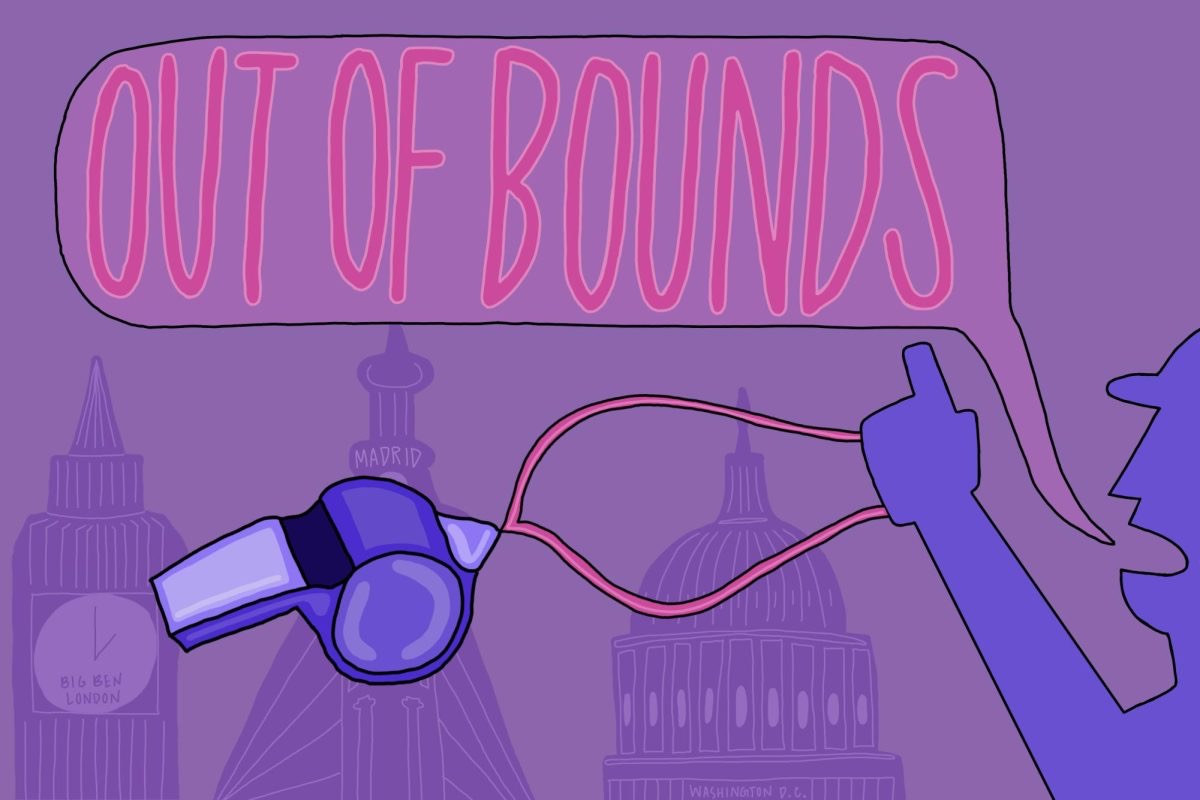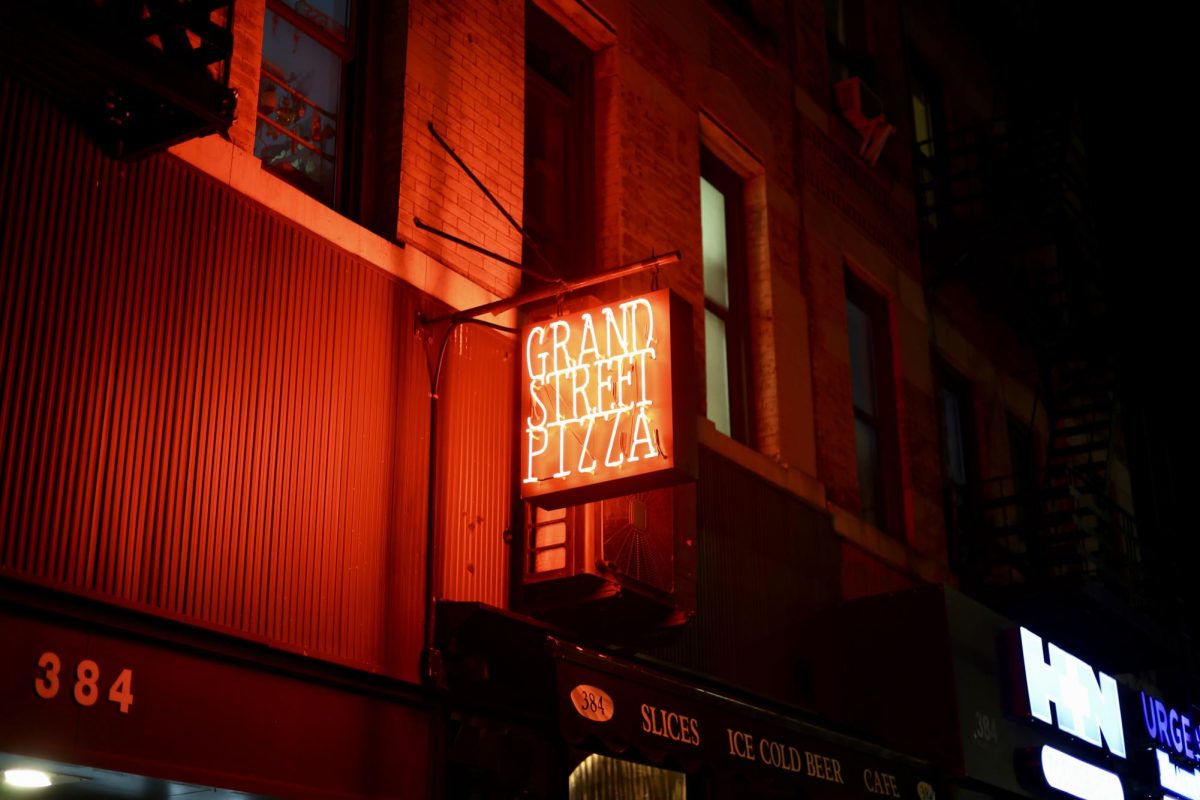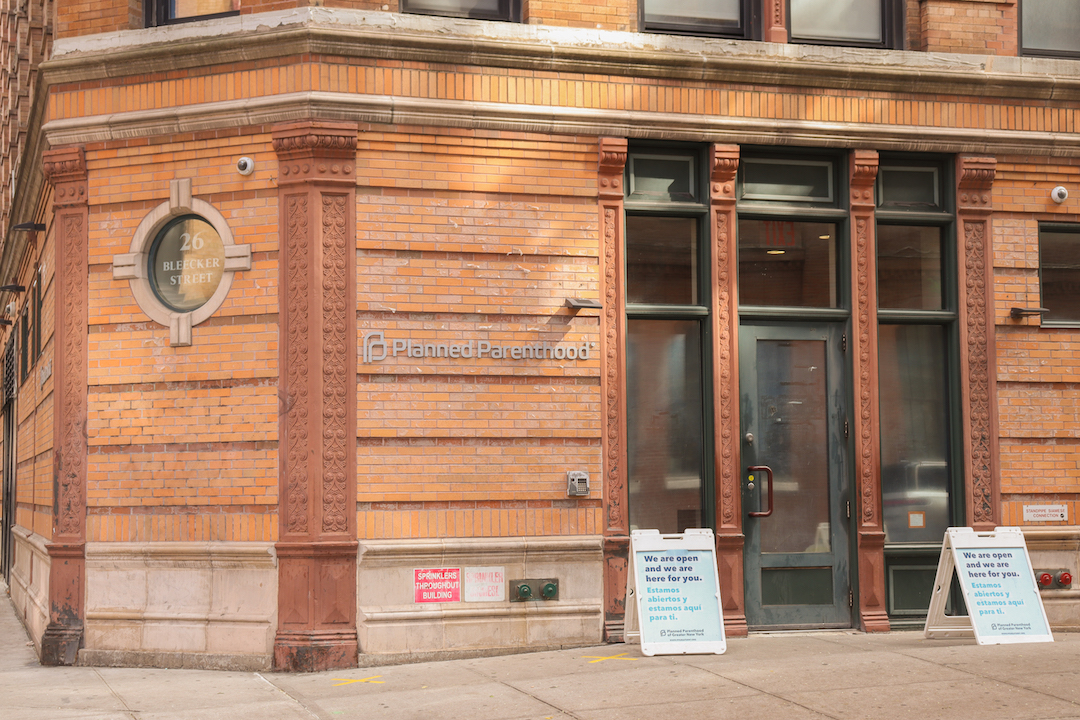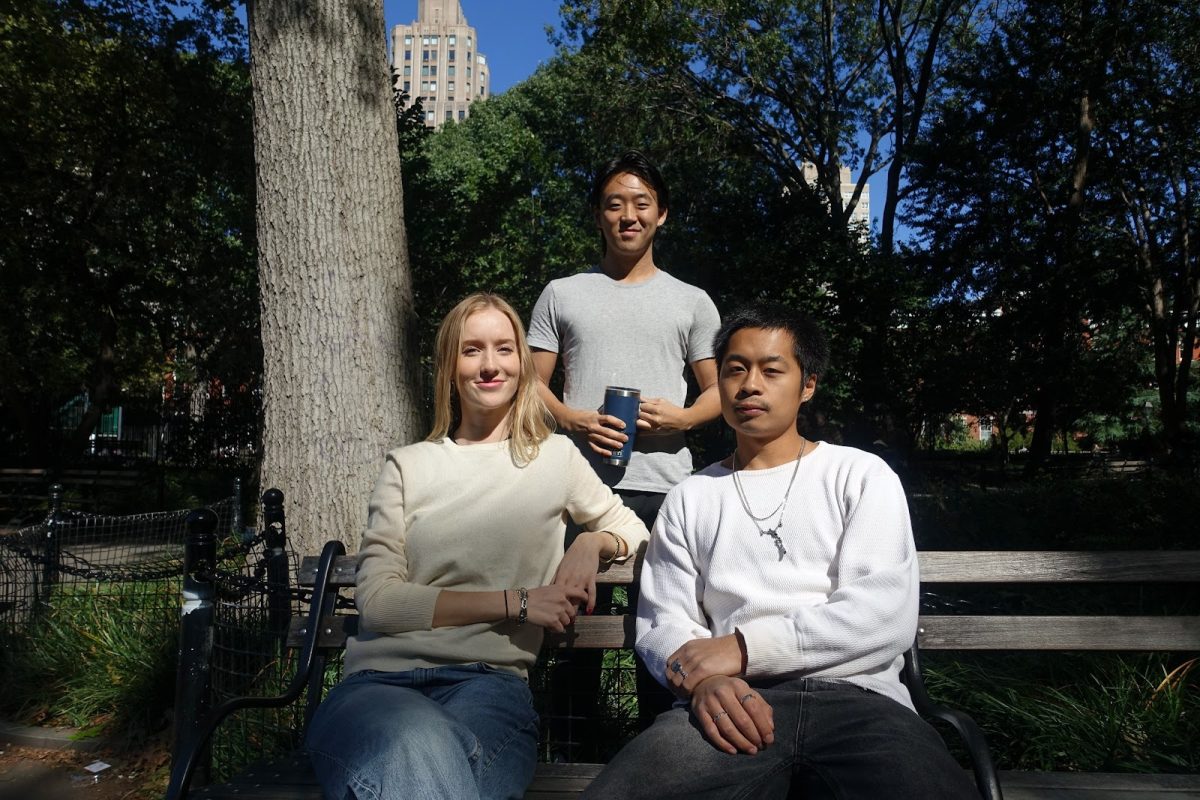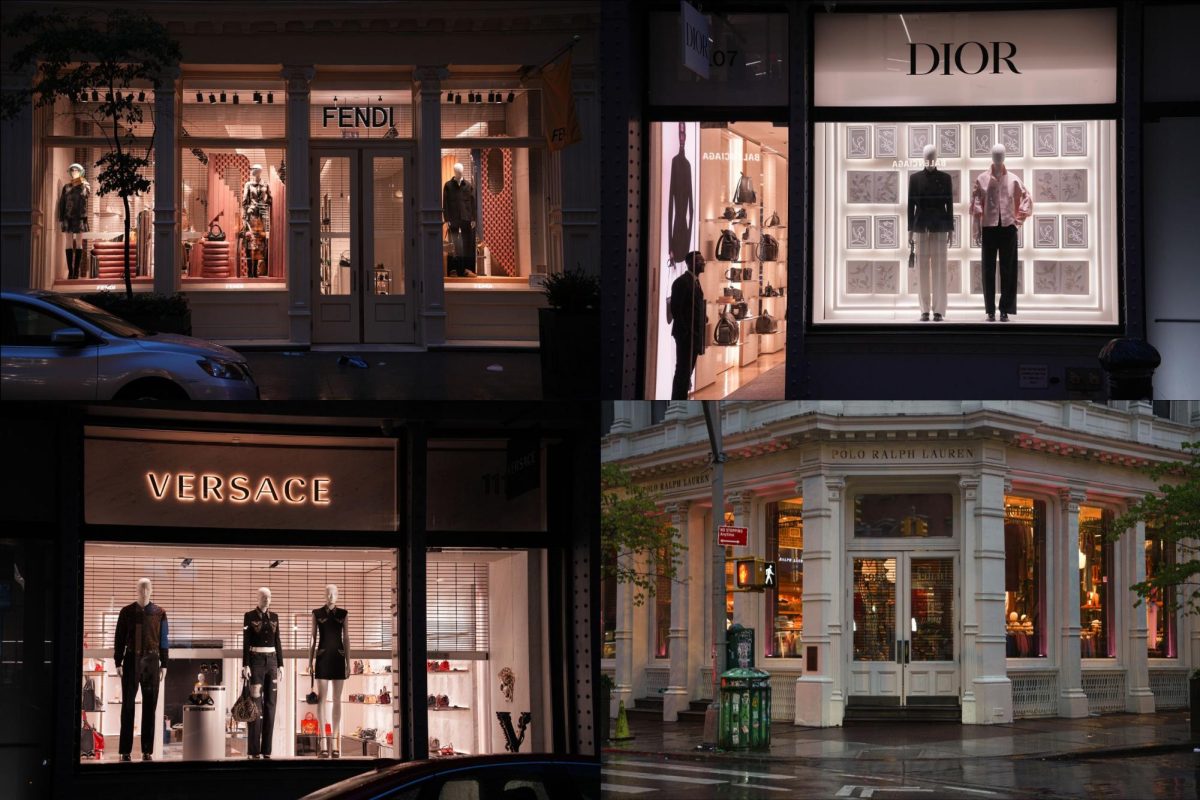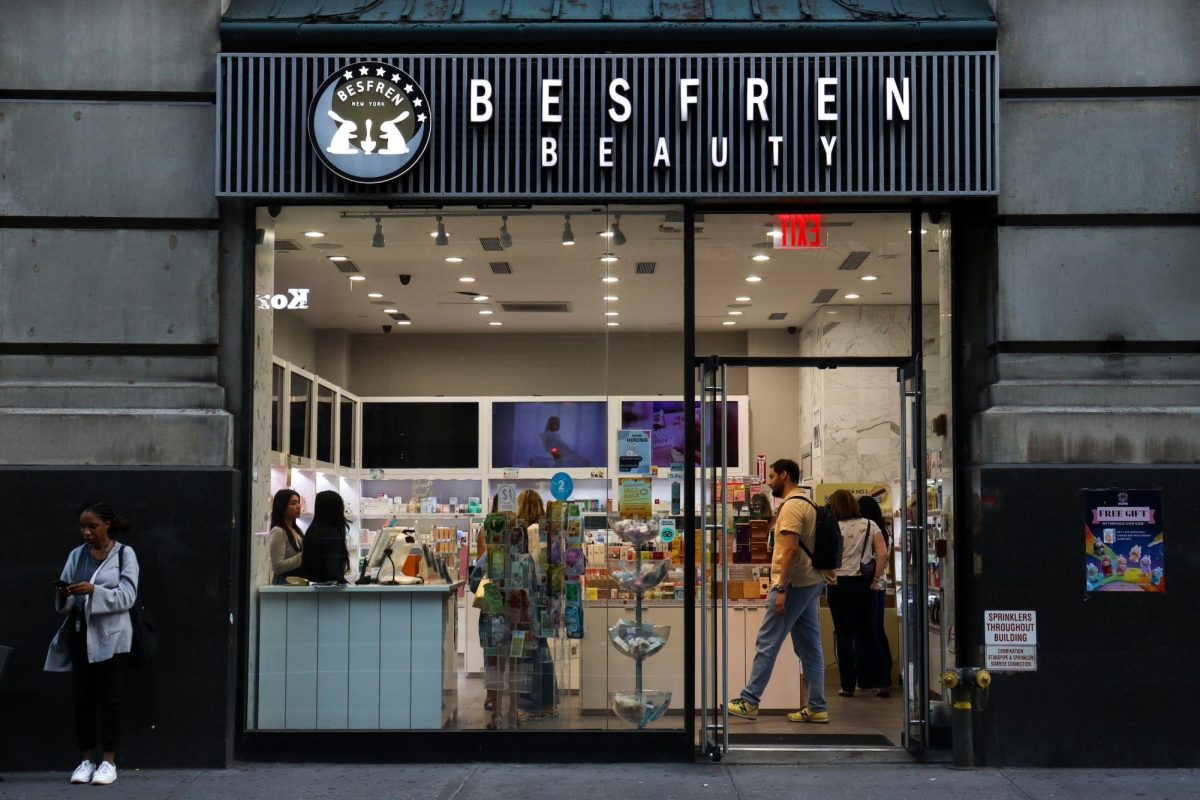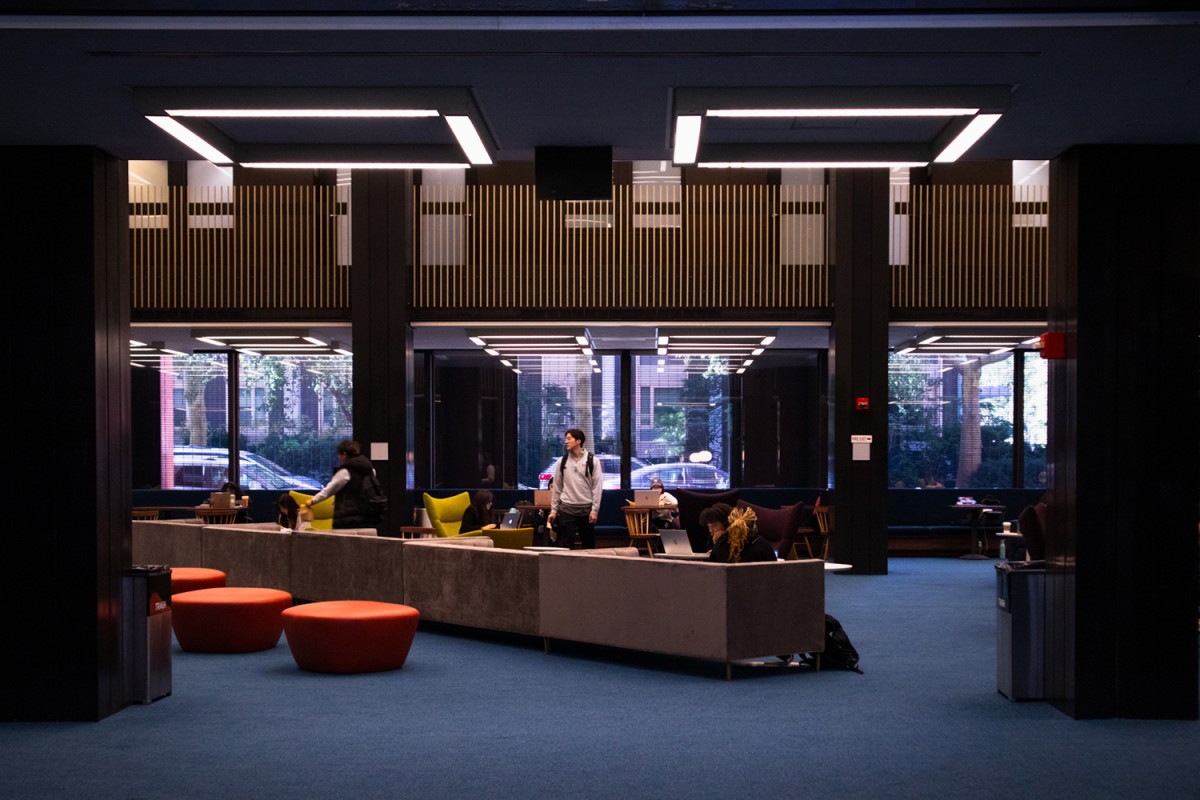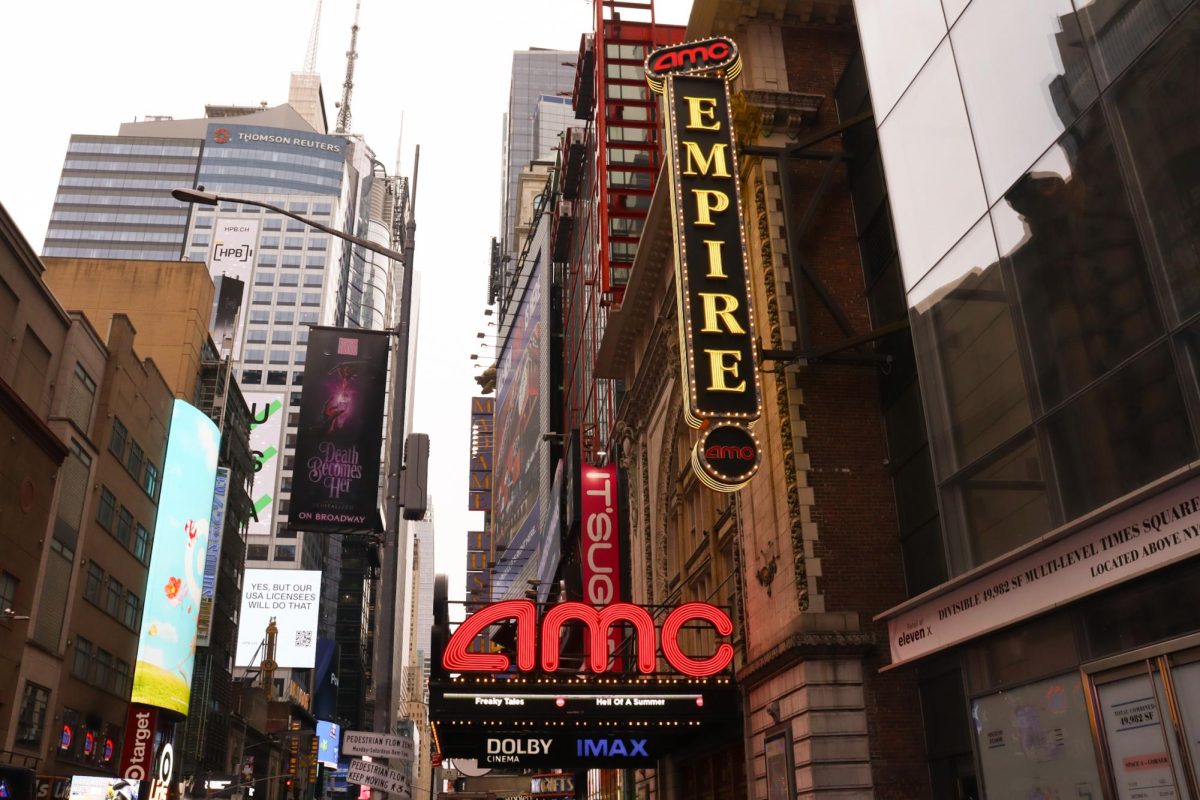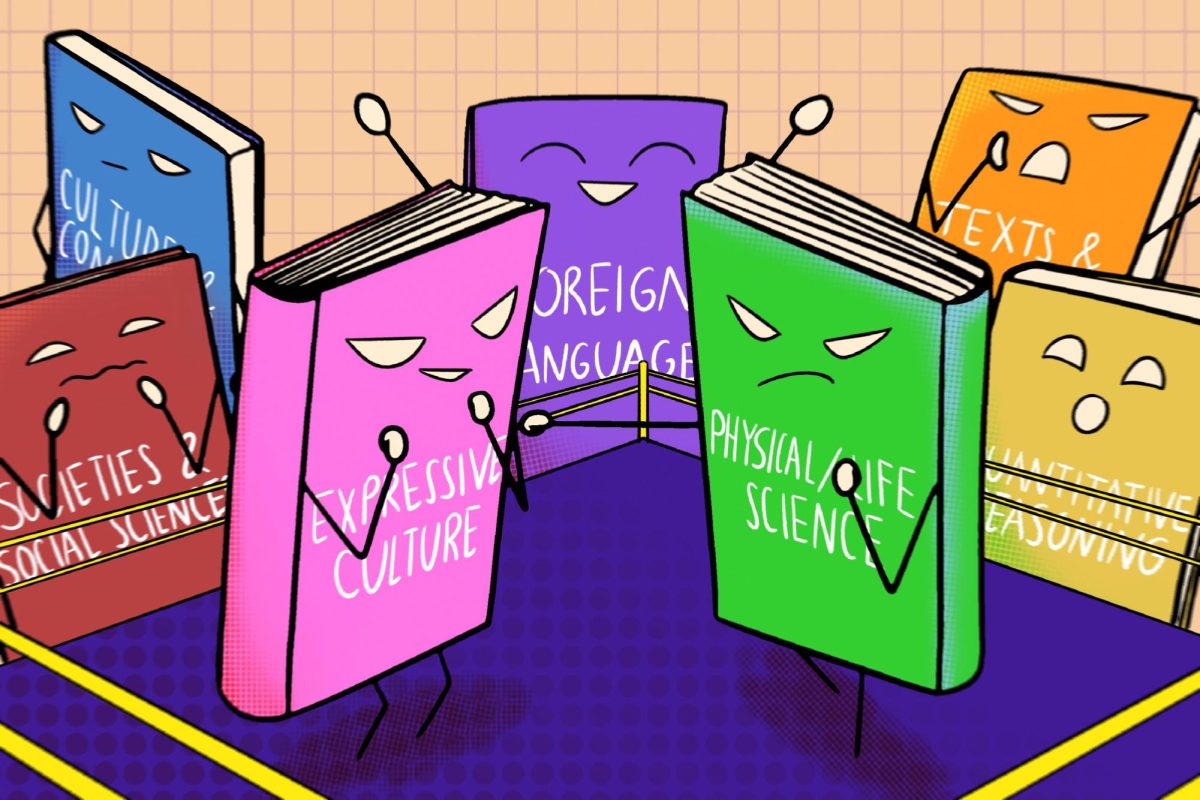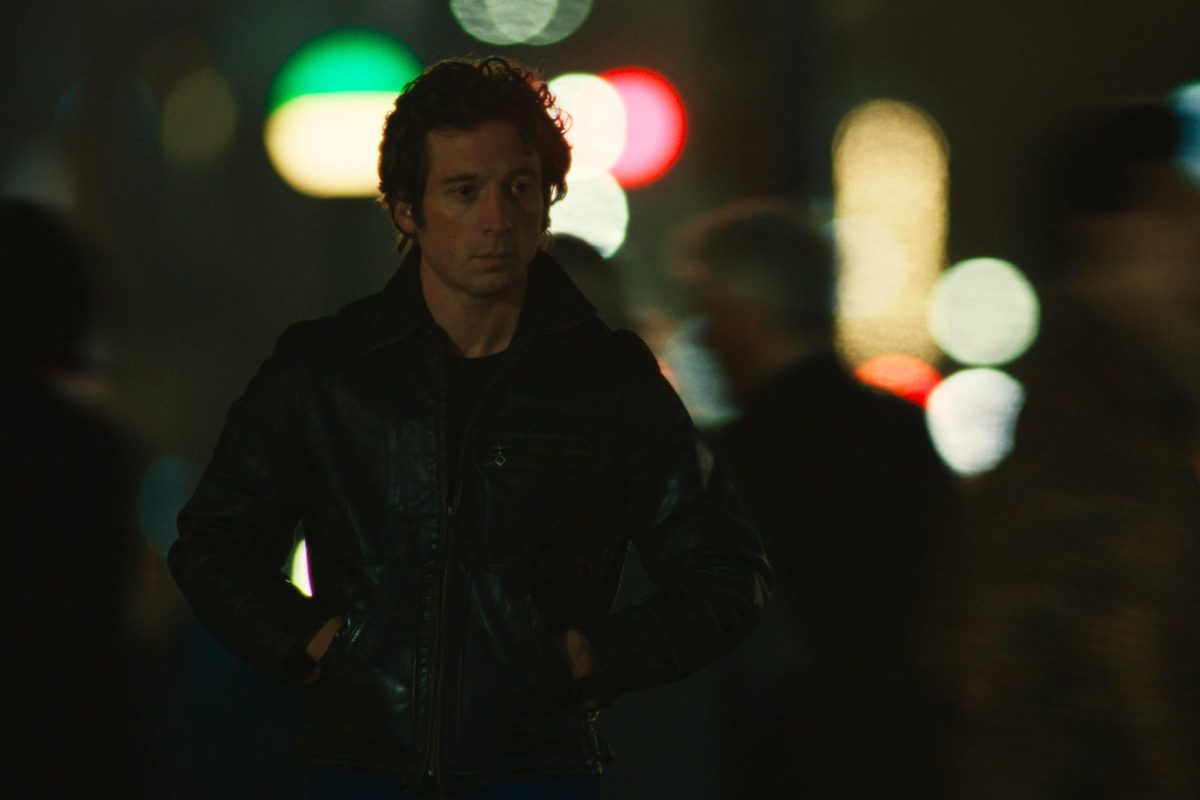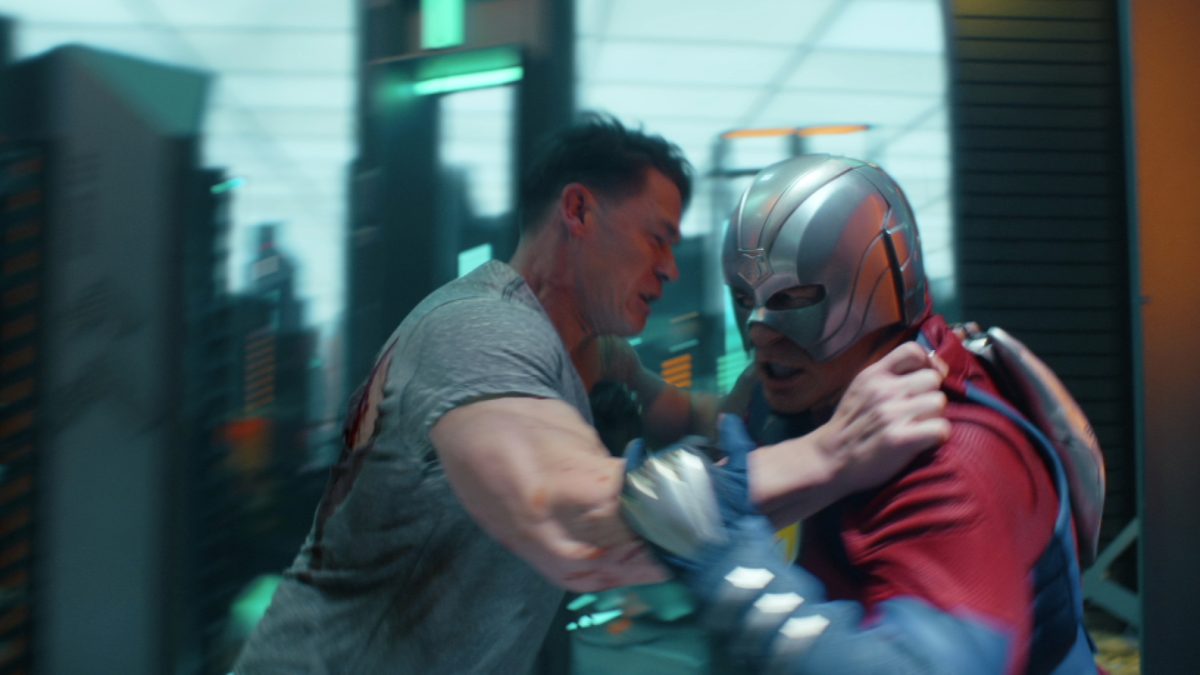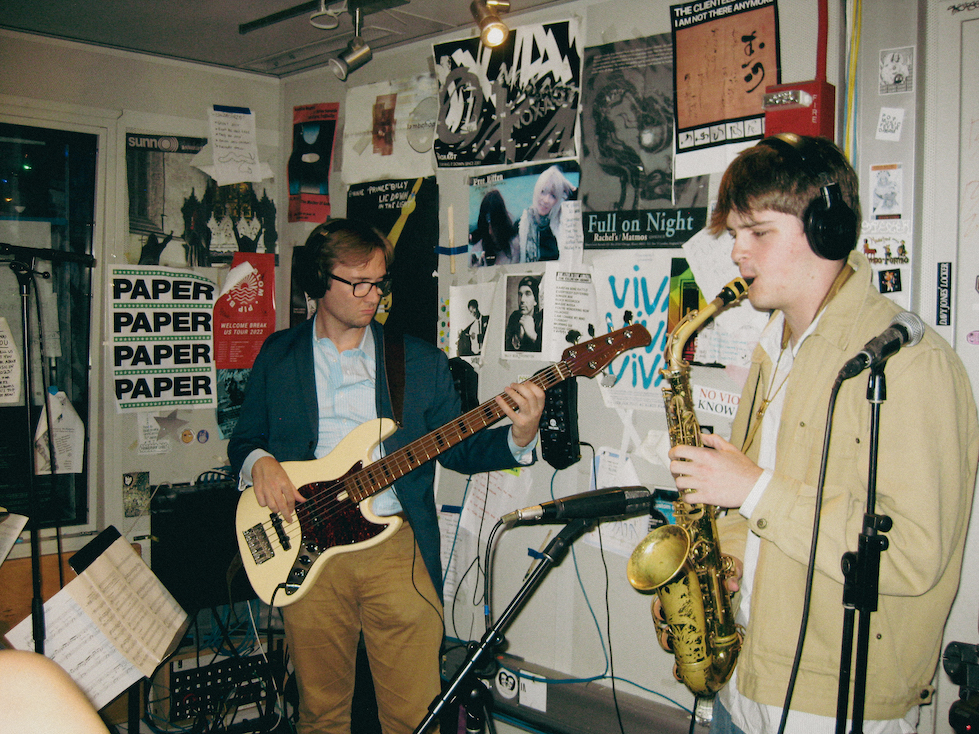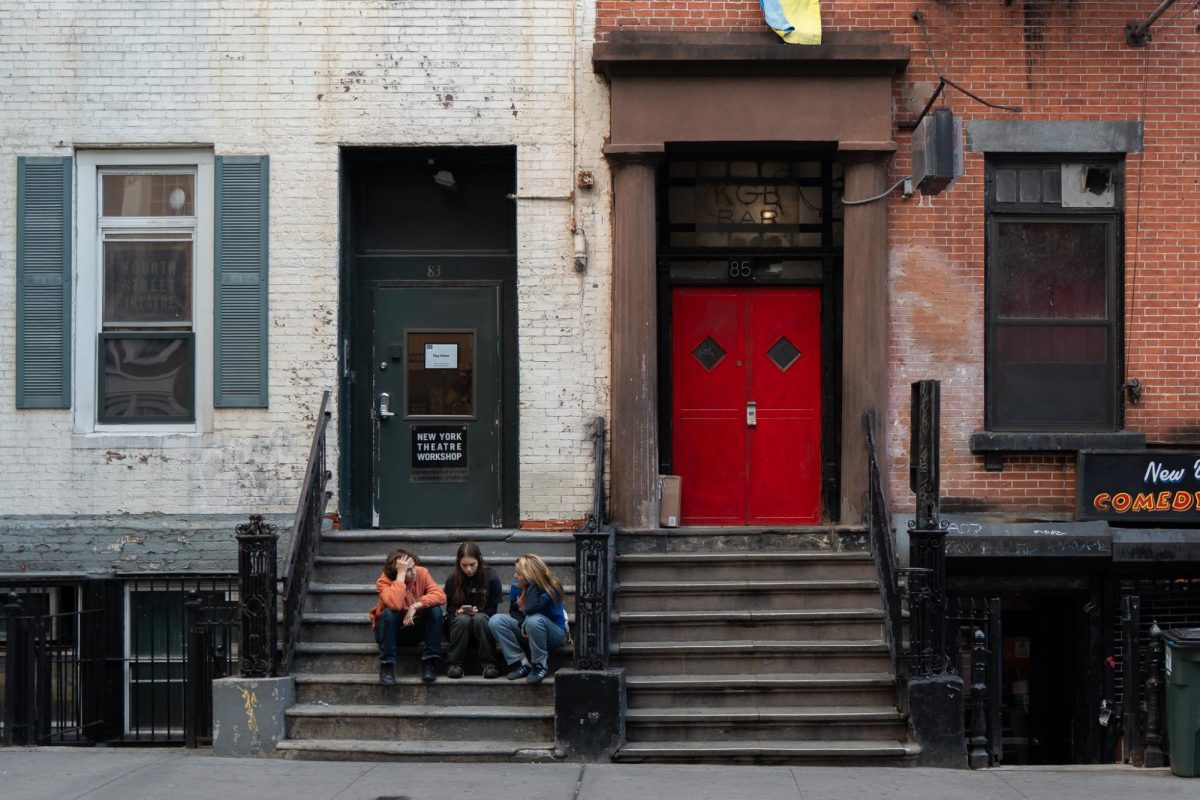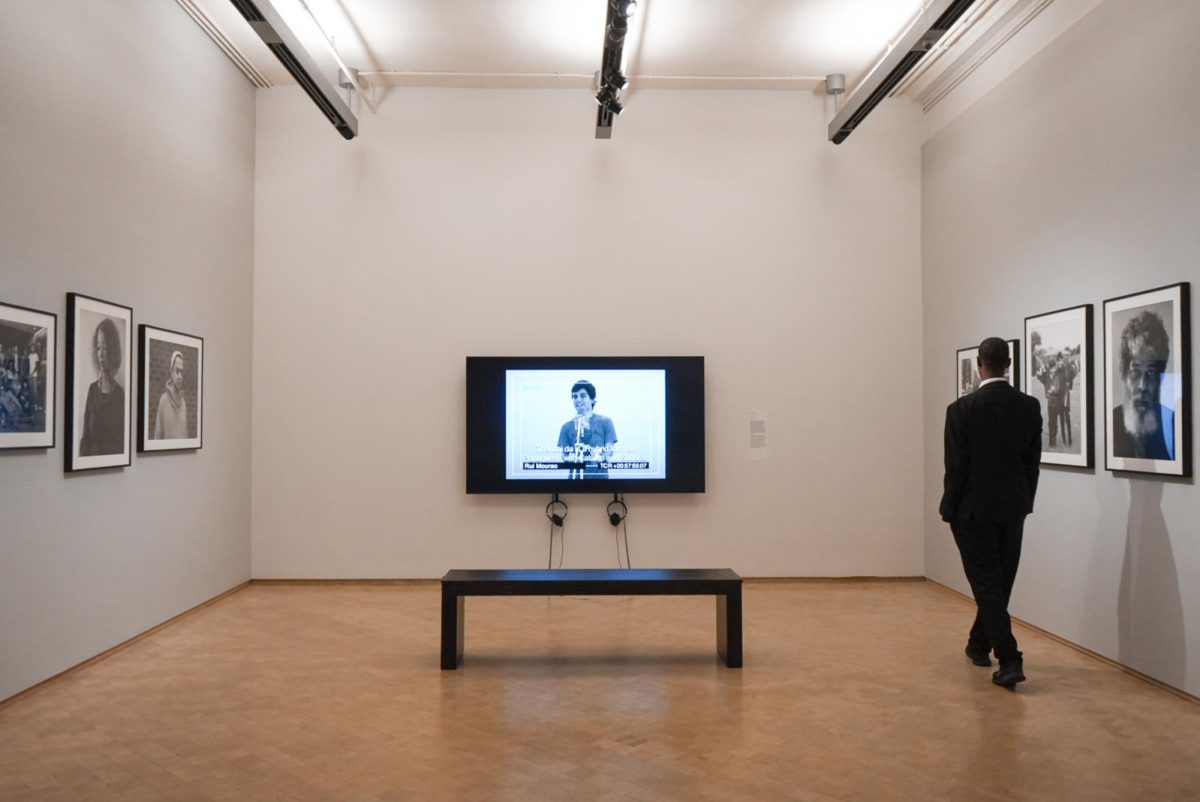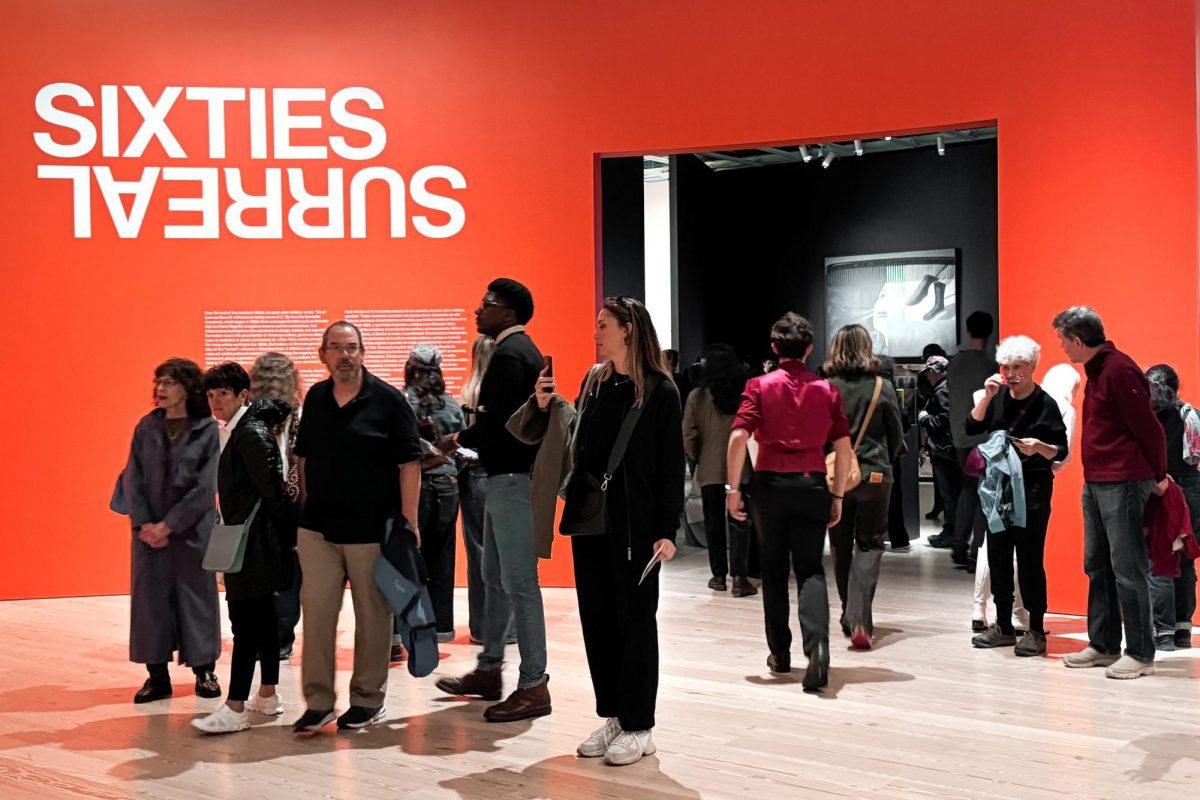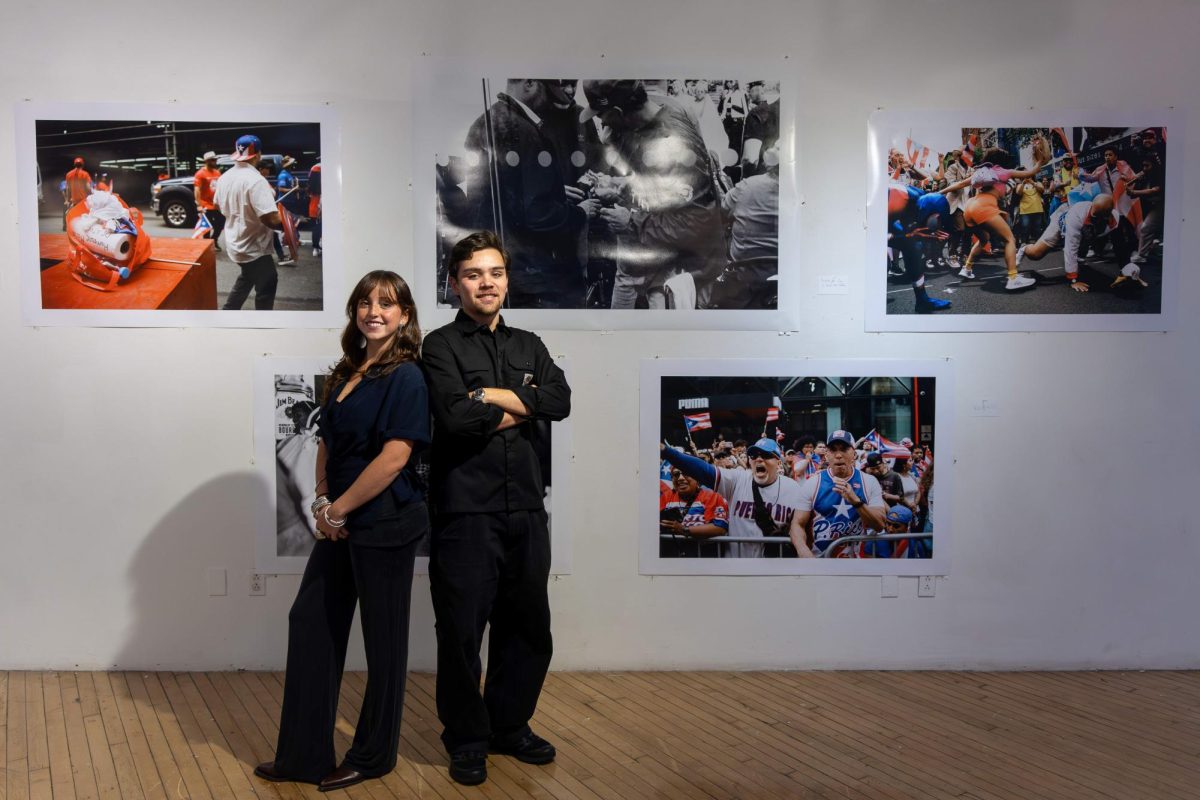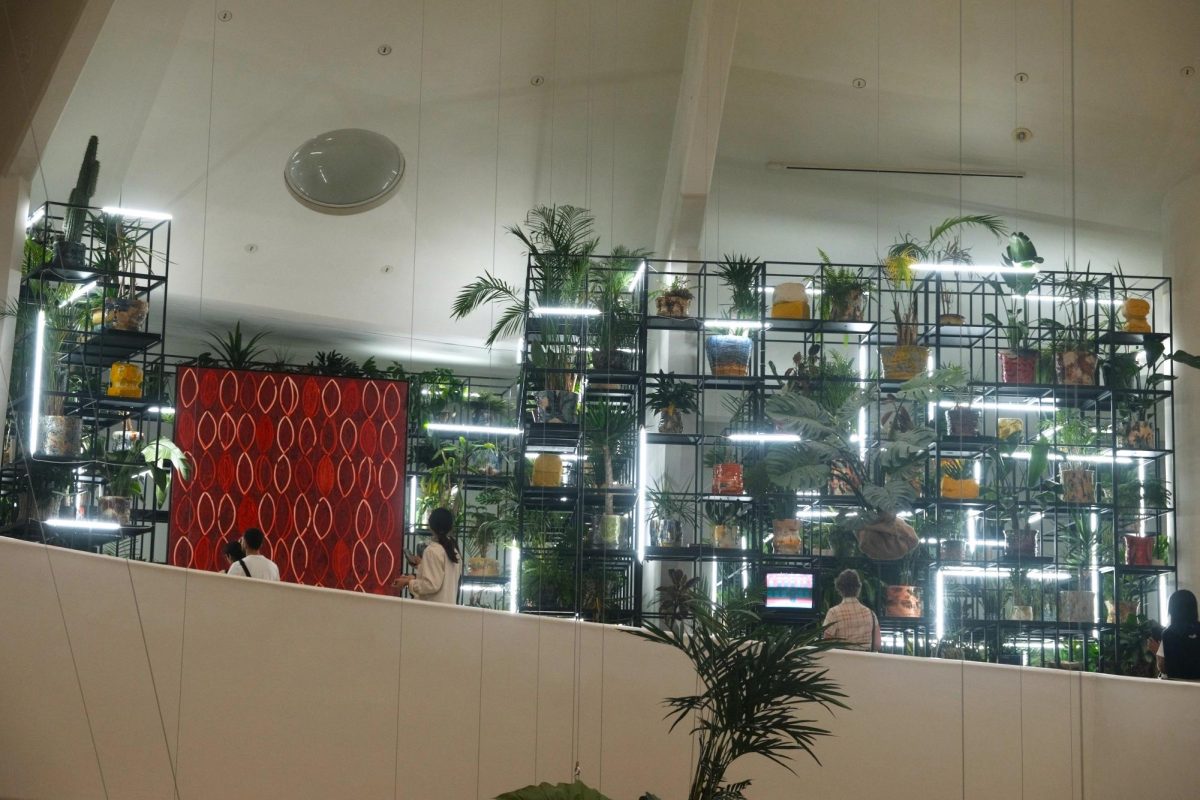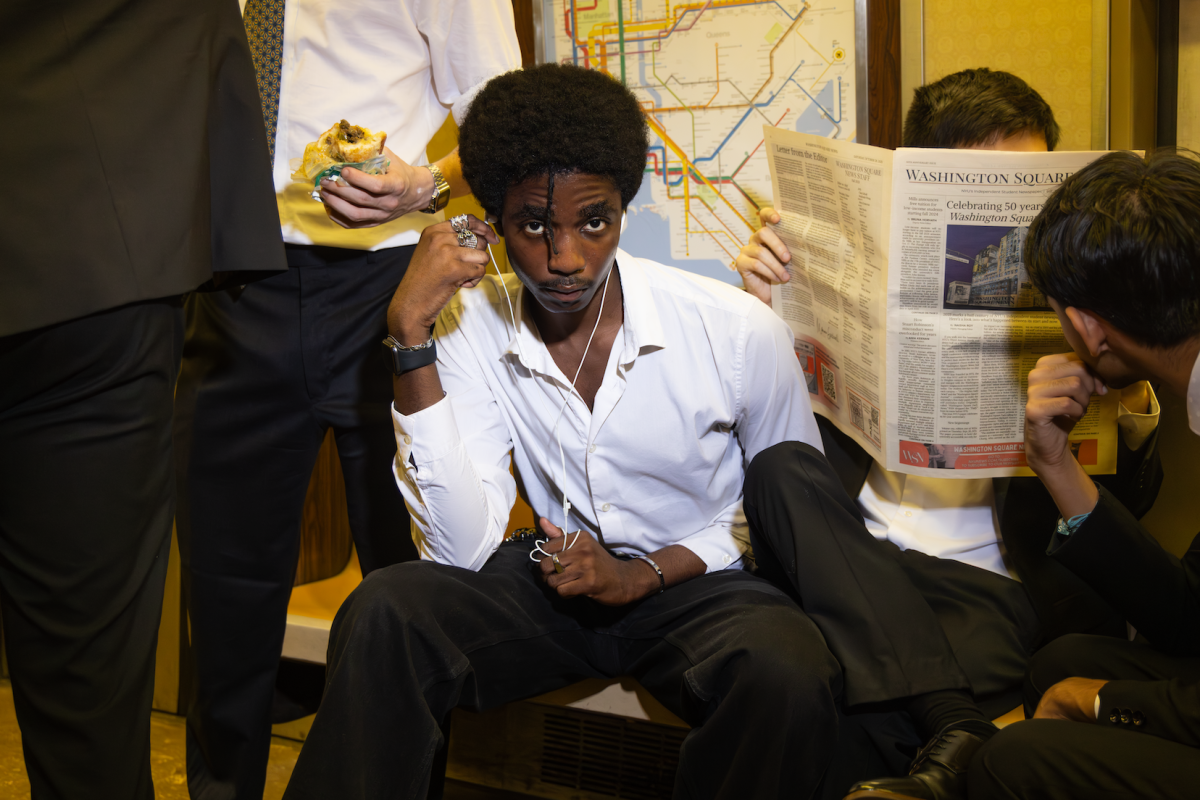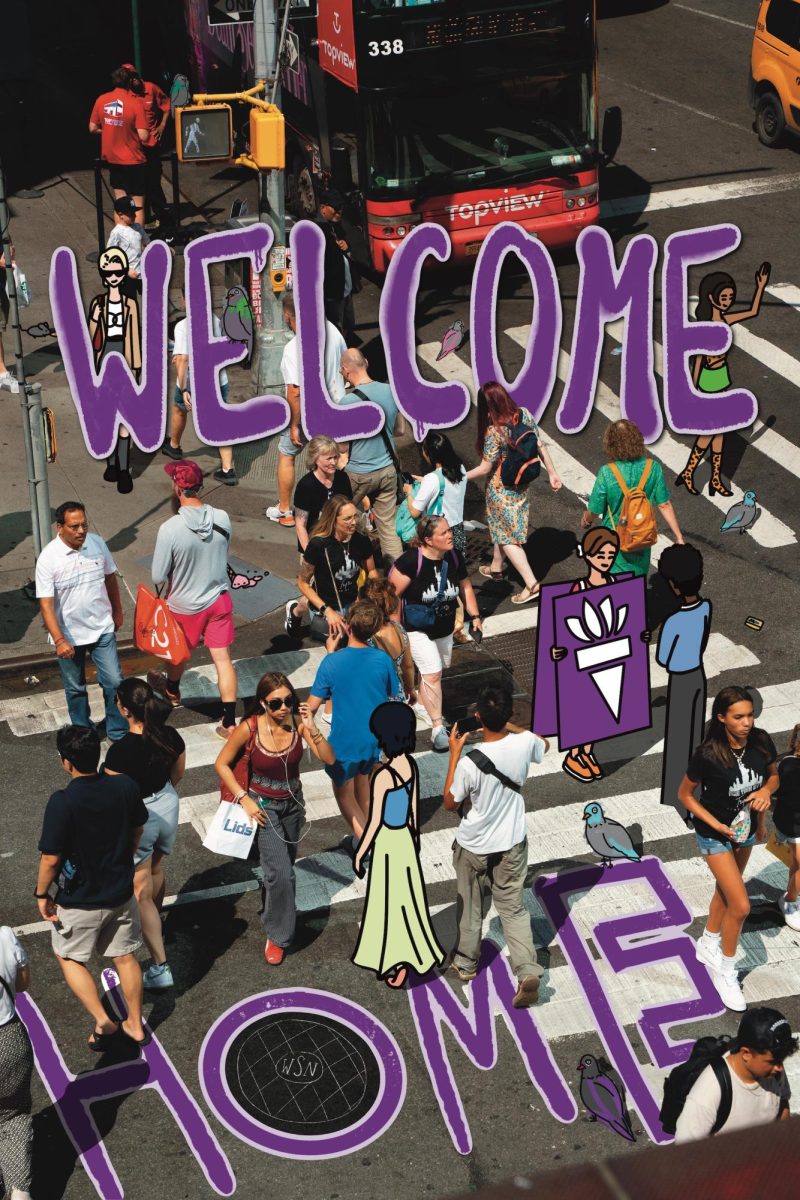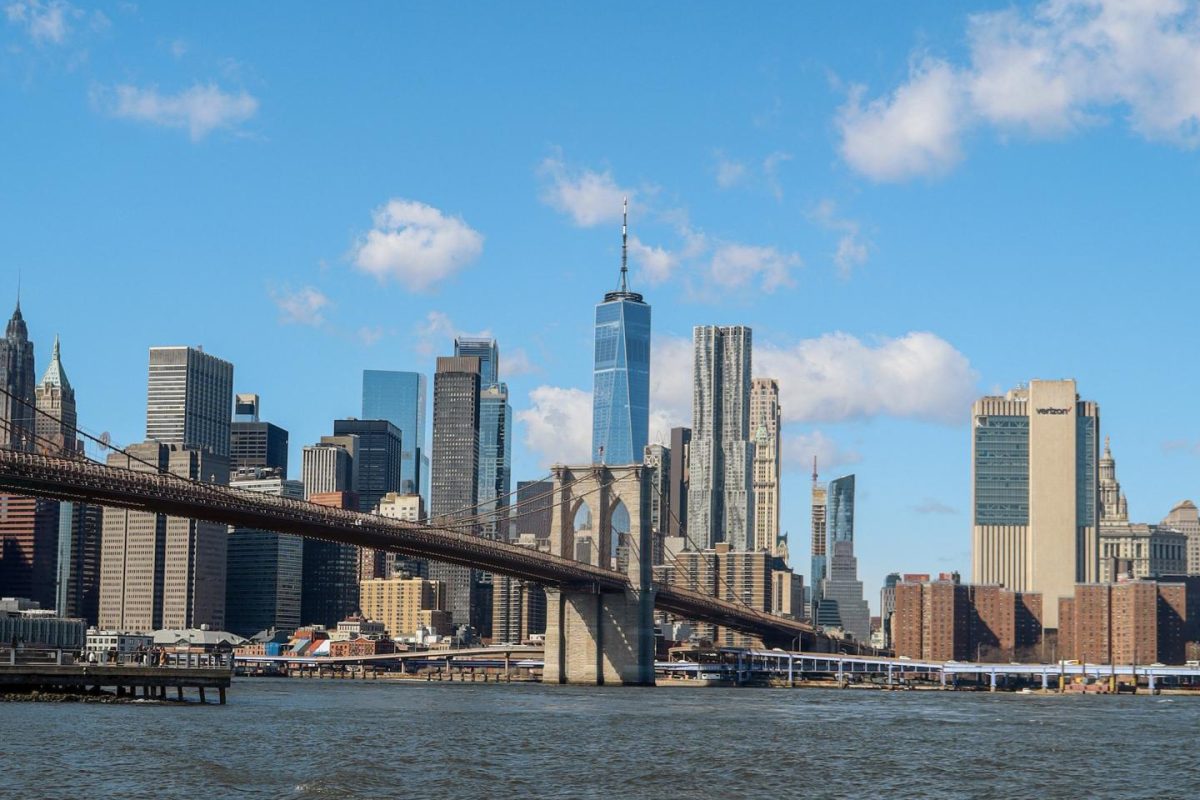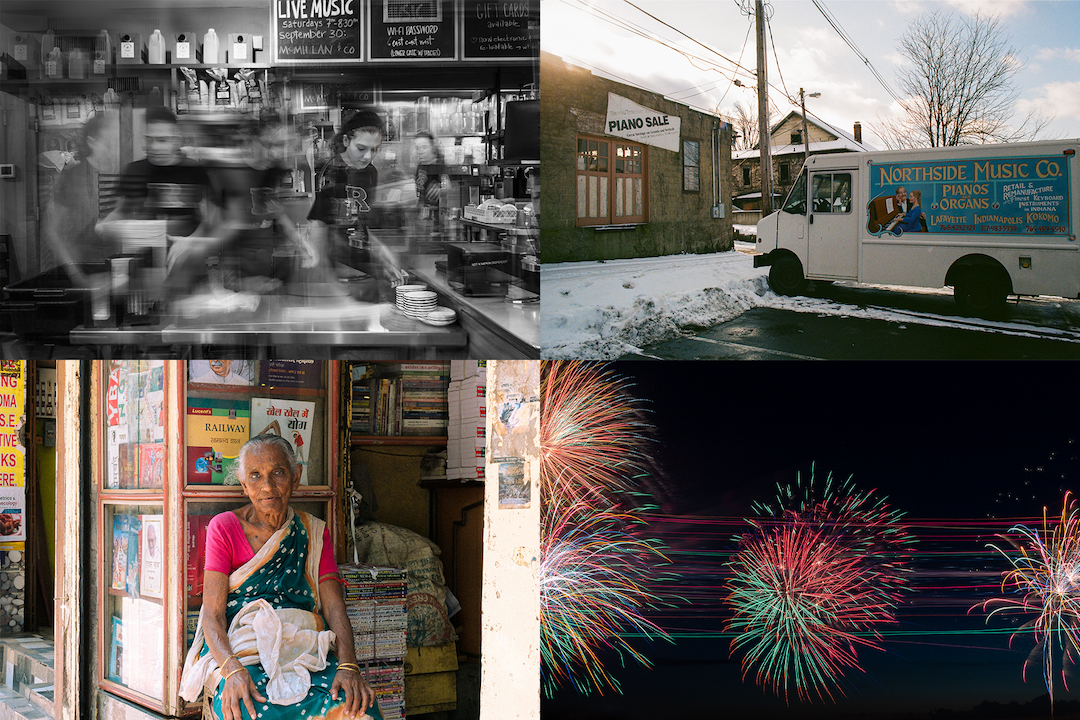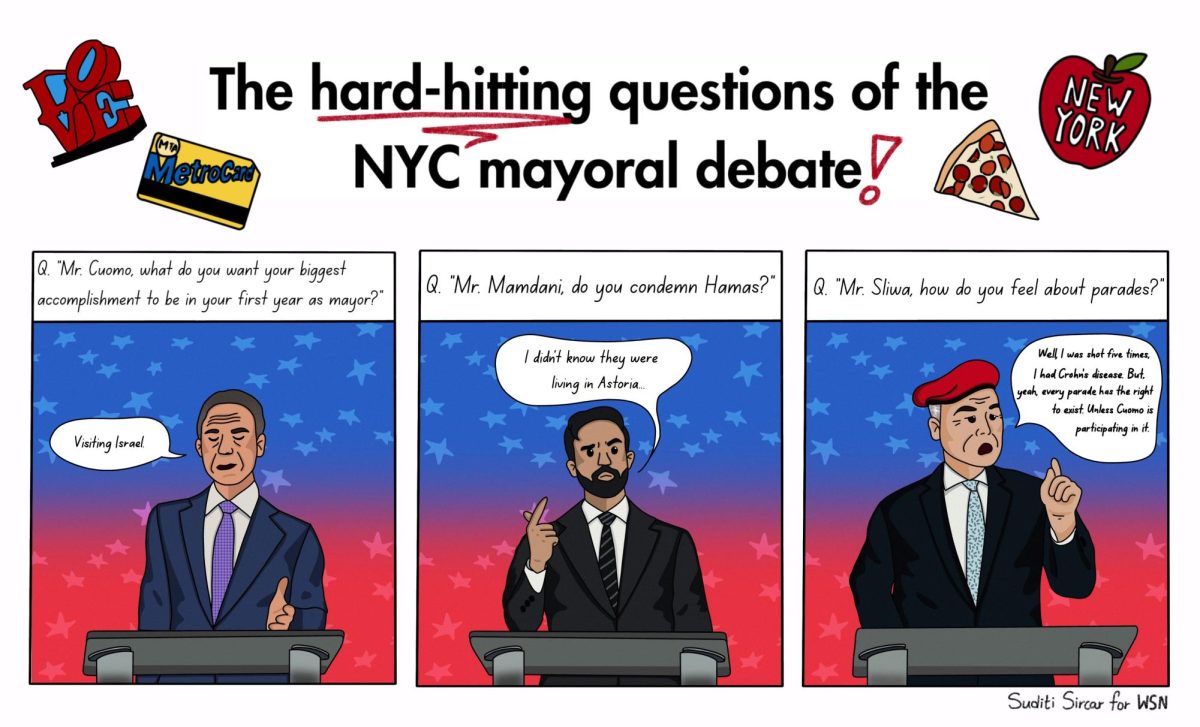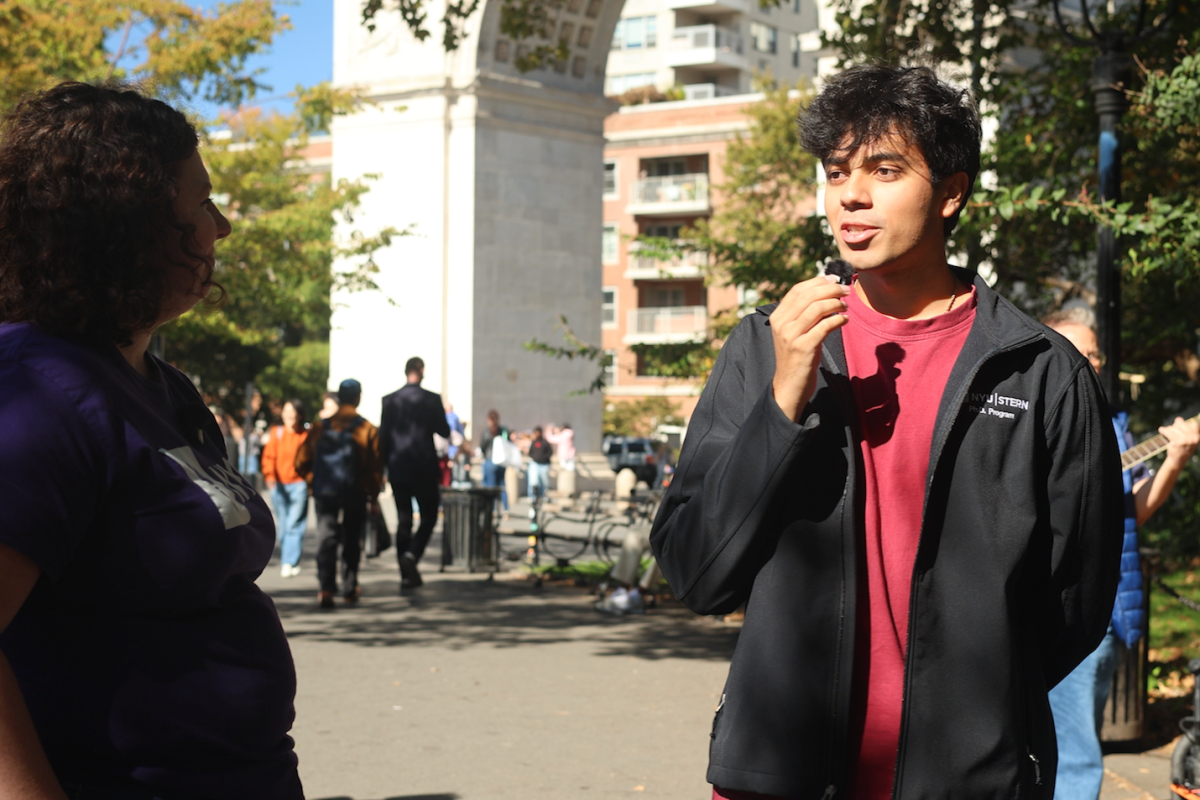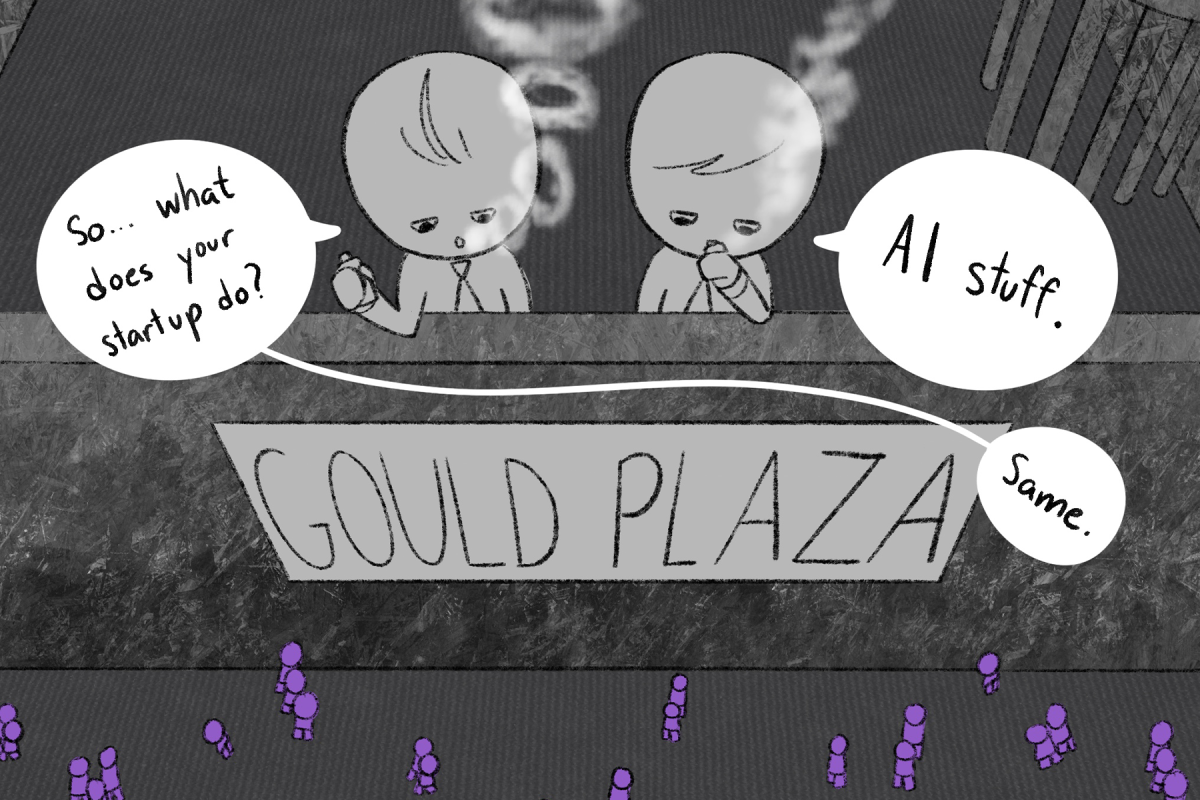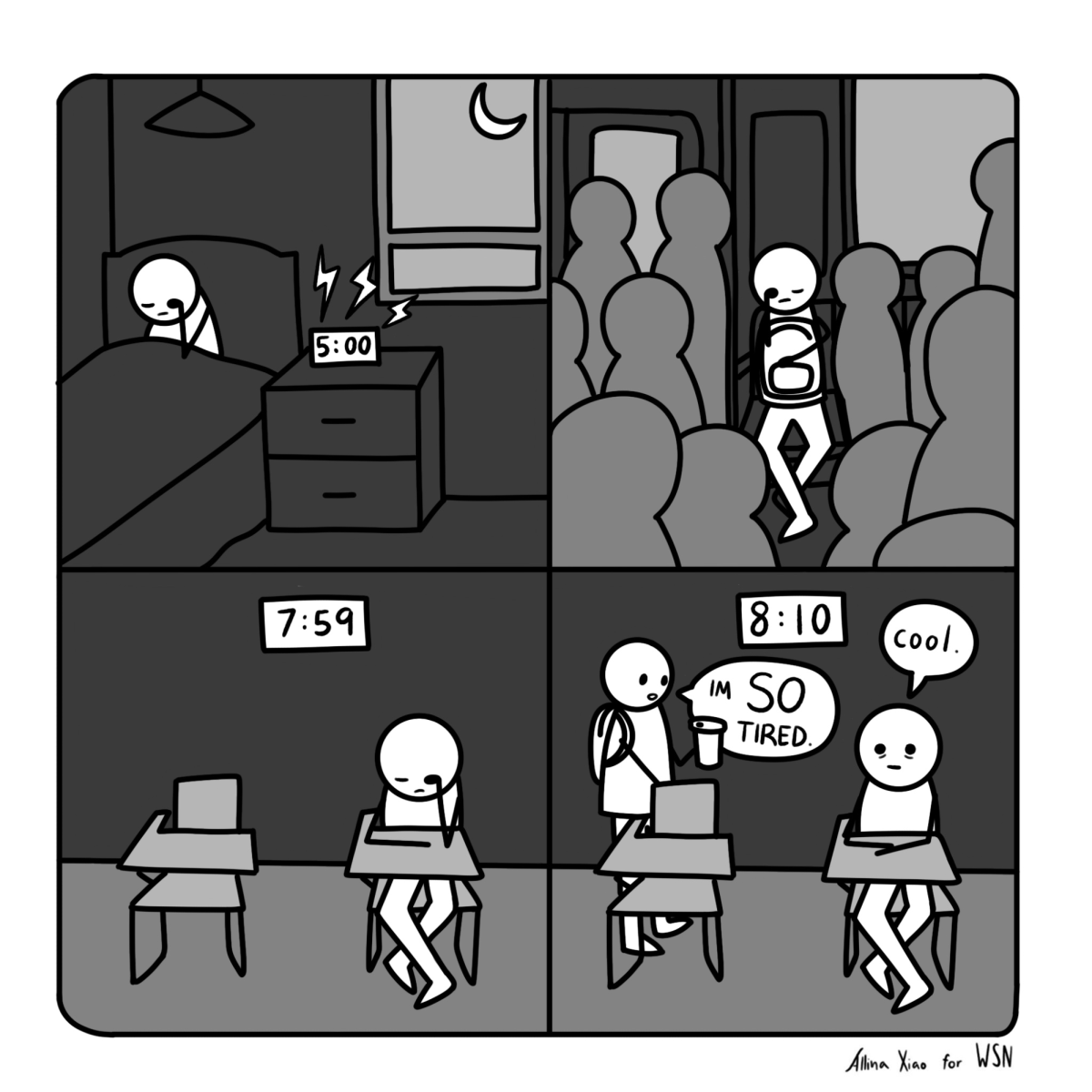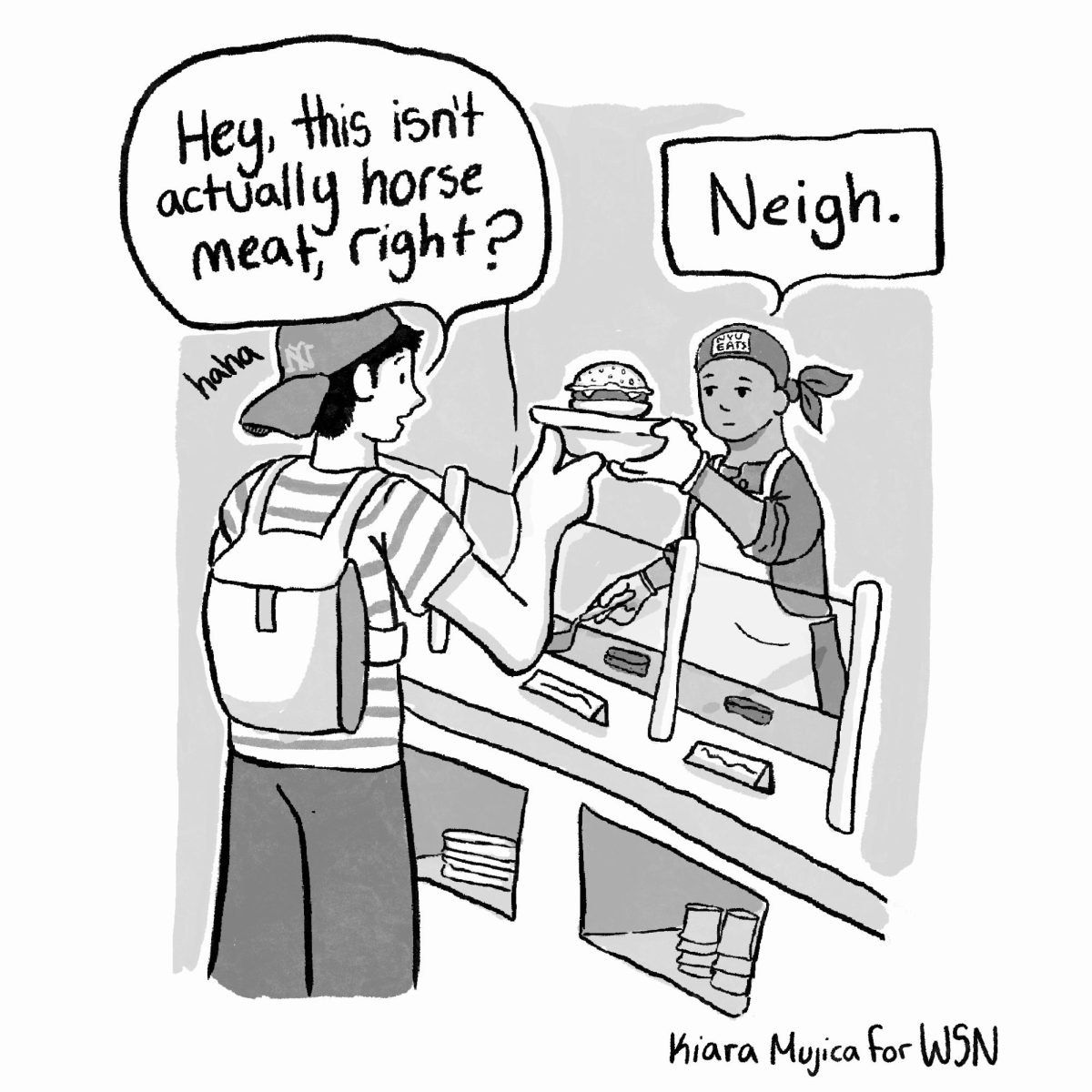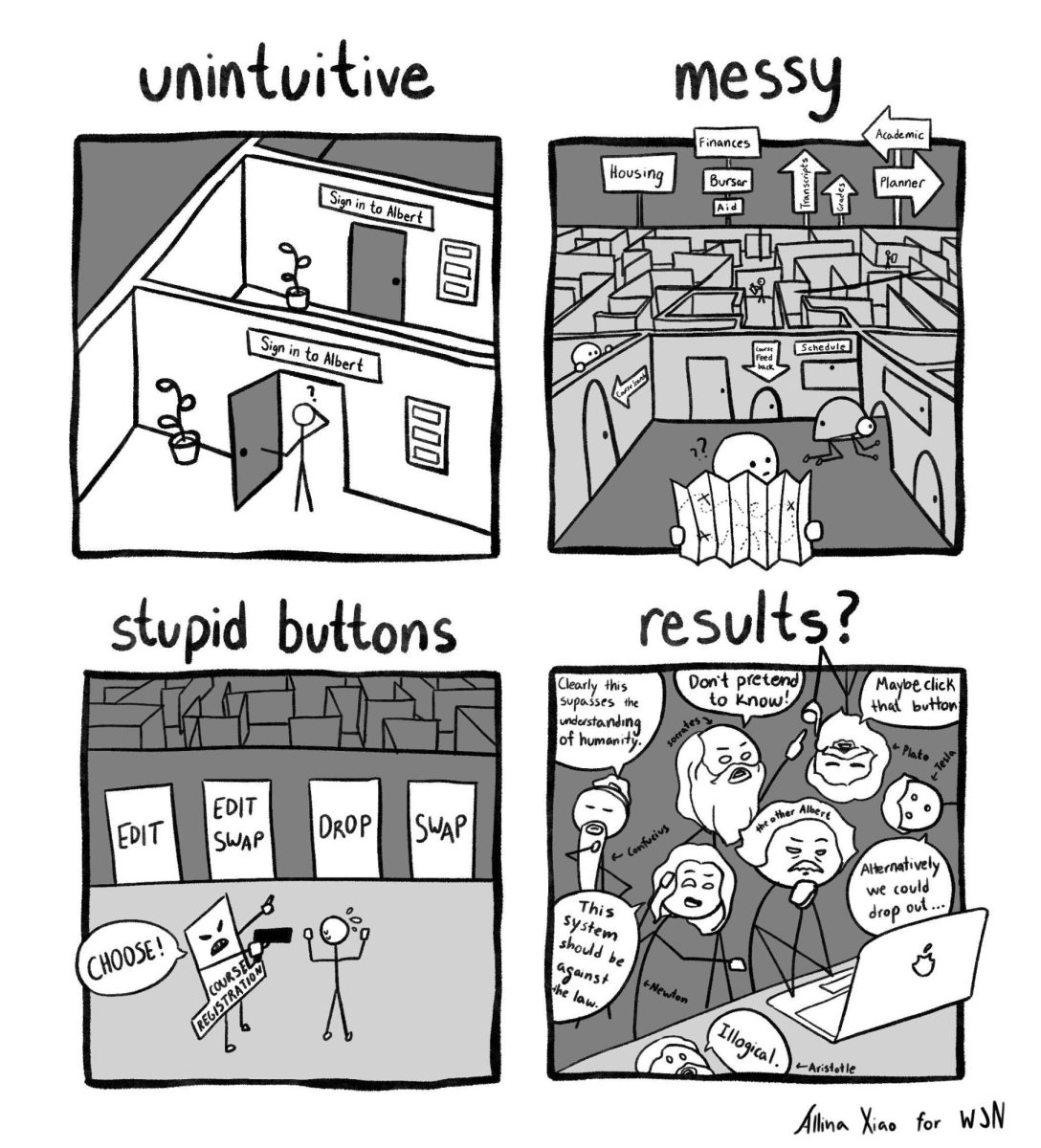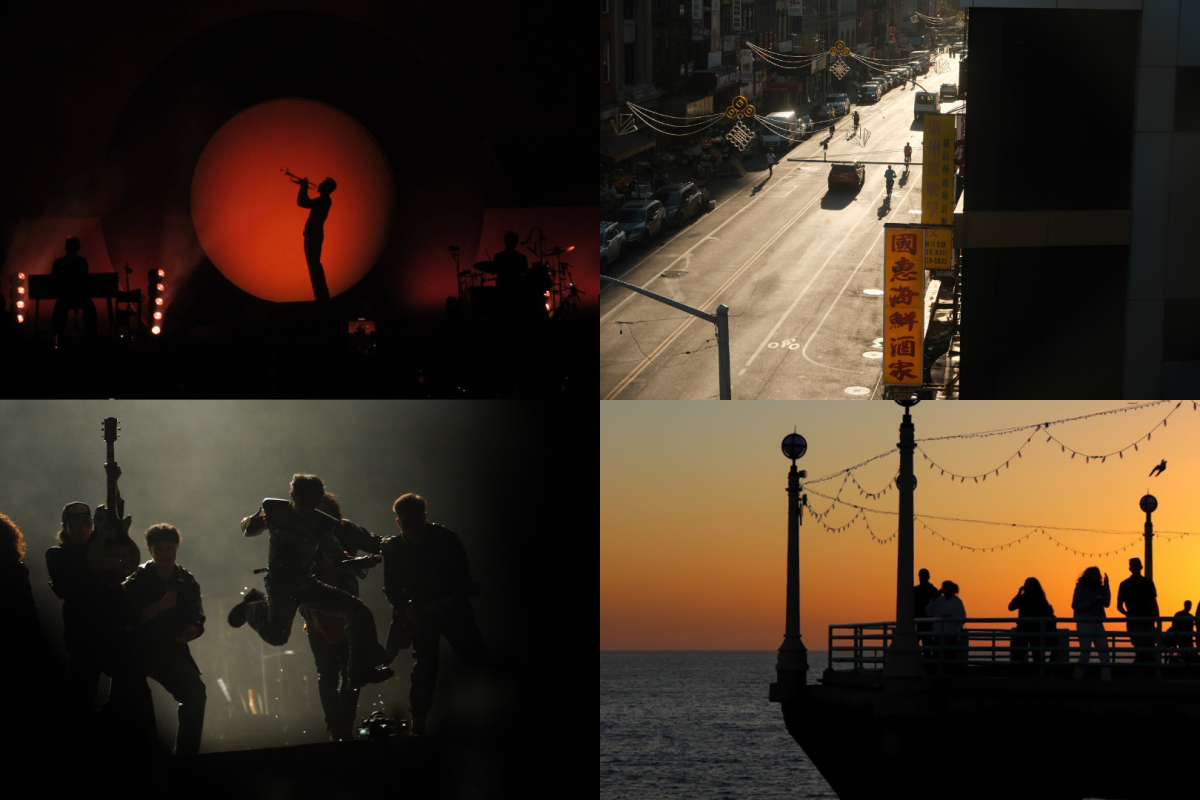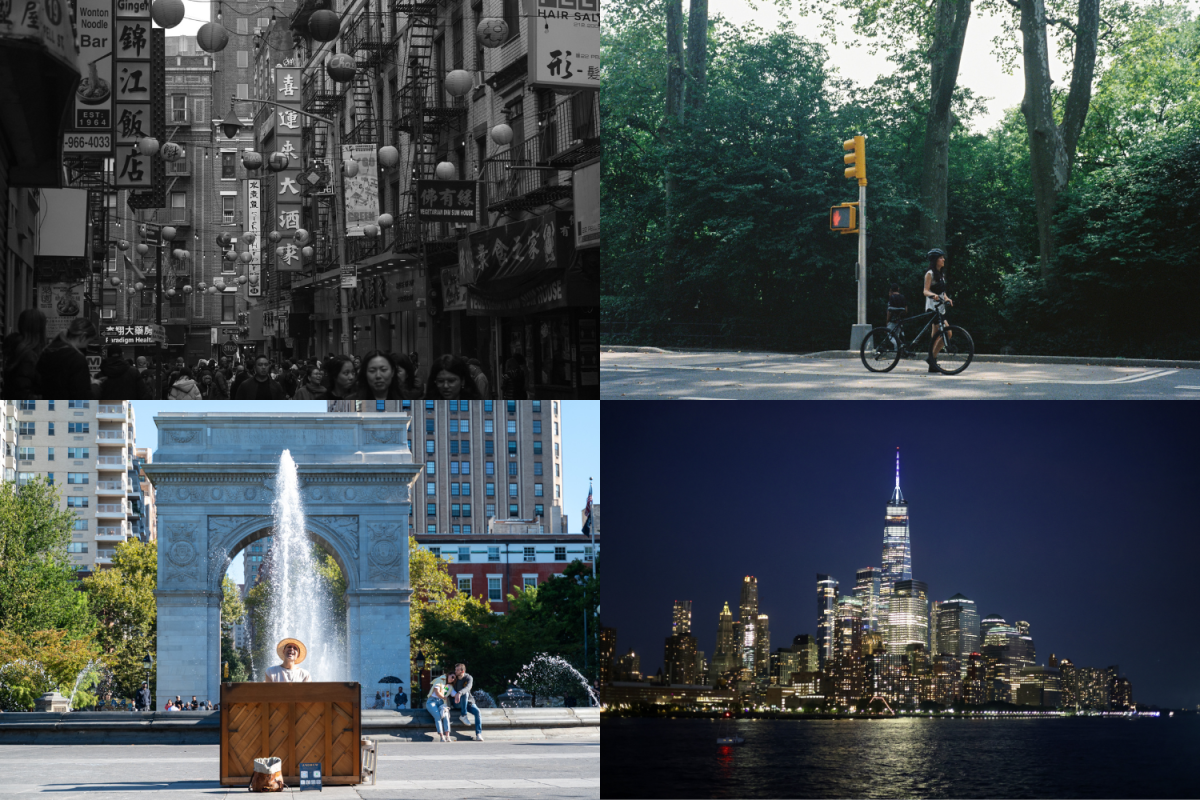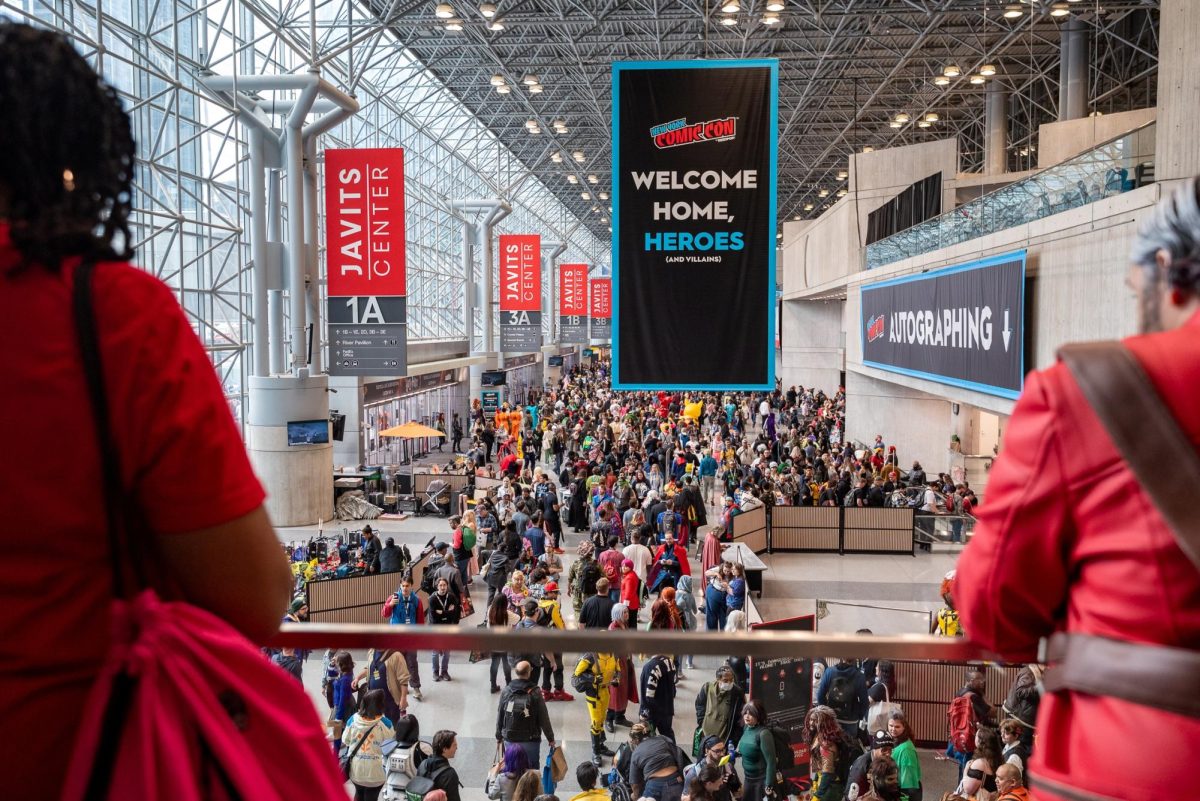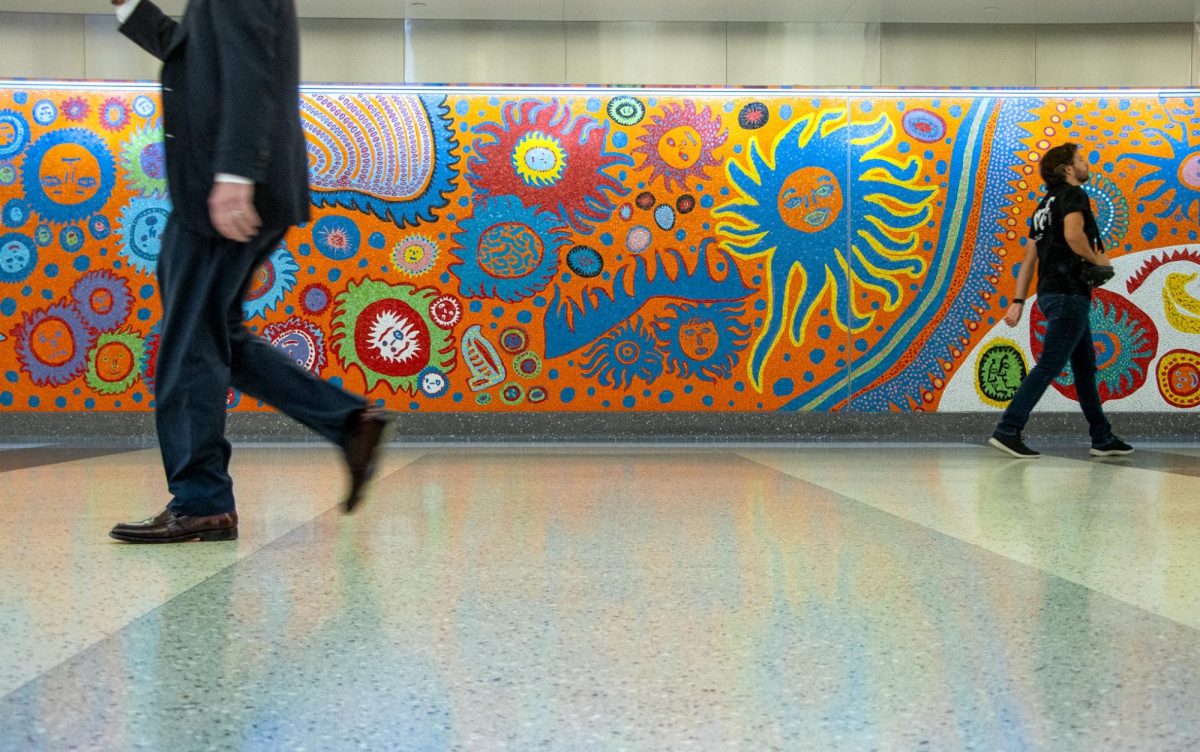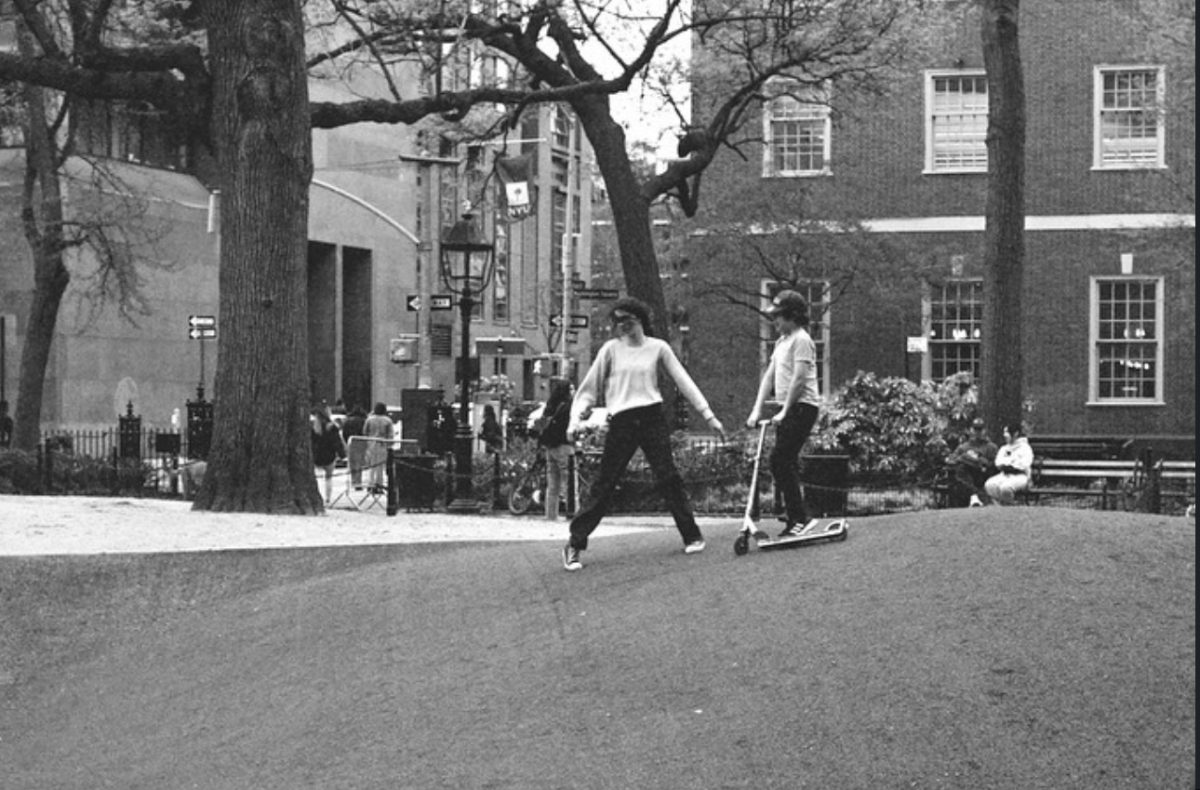After a successful 5 years of operation in Arizona, the self-driving Waymos have made their way back to New York after driving through the city in 2021 for weather data collection purposes. However cool it might be to cruise around the city in a self-driving car, New York State and Democratic Gov. Kathy Hochul must push back against the deployment of Waymo’s autonomous cars, as they pose a massive threat to jobs, degrade the unique culture and identity of our cab system and are highly ill-suited to handle the unpredictable pedestrian and street life ecosystem of the city.
New York City’s roughly 130,000 taxi and for-hire drivers face almost certain career death if these robotaxis progress into the city. Back in 2015, when Uber and Lyft expanded to New York, the new rideshare app outnumbered cabs 5.2 to 1. This surge resulted in many cab drivers facing a significant loss of work, and the coveted medallions — awards from the city that allow for drivers to work as cabbies — dropping from a million dollar value to just below $200,000, leaving many drivers in financial ruin.
Waymo, with the lack of human drivers, poses an even bigger threat to the industry. For many New Yorkers, the taxi-driving profession has been a longstanding way to pave oneself and their family up to middle-class stability. Replacing this option with an autonomous machine will only undermine social mobility and remove work opportunities.
If we embrace tech by displacing workers without any protections, we erode labor justice in the city. So far, Waymo has yet to claim that it will not try to remove human workers from the industry entirely. Its mission is even “to be the world’s most trusted driver…without the need for anyone in the driver’s seat.” While Waymo boasts strong metrics for safety, the regulatory safeguards in New York are not quite where they need to be. The fact remains: Once human drivers are replaced, accountability for accidents, breakdowns and other issues are left murky.
New York shouldn’t cut corners just for the sake of efficiency. We must fight to keep the character of the city as intact as possible, starting with saving our cabs. The classic yellow cab, the interpersonal connection, the stress of hailing one at the right time all contribute to the chaotic, but ever so vibrant identity of the city streets. Robotaxis, with their sterilized white color and empty interiors, pose a massive risk to destroying that vibe. The human cabbie is as much a necessary element of New York as stepping onto the subway or grabbing a slice of pizza.
Efficiency in the city that never sleeps is valuable, however what makes New York, New York is its idiosyncrasy, its unpredictability and humanity. The cost of replacing people with technology for efficiency and speed runs the risk of turning New York into any other city and losing the individuality it has always been known for.
Moreover, programmed street maps don’t account for human spontaneity. I myself have been nearly hit by cars while darting across the street more times than I can count. The key word: nearly.
Drivers in New York have learned to adapt to the unpredictable behaviors so common in the city: spontaneous jaywalkers, erratic cyclists, people spilling out from sidewalks and into the streets and EMT vehicles darting through traffic. A driverless vehicle will struggle with these norm-breaking interactions, posing a huge challenge to autonomous vehicles.
The cities that Waymo currently operates out of — San Francisco, Phoenix, Los Angeles, Austin, and Atlanta — are not pedestrian-friendly. While these cars may be fine in car culture cities, the New York pace of split-second adaptation and the bond between drivers and walkers of known predictability and intent is what keeps people safe.
Applying Waymo’s reported metrics on reducing injury crash rates to New York indicates a level of unpreparedness on the part of Alphabet Inc., the parent company of Google and Waymo. New York City “presents some of the most challenging urban street environments for an AV to navigate,” according to the city’s Department of Transportation, and the company cannot apply their metrics from less chaotic urban zones to the unique messy complexities of New York streets.
There have already been concerns voiced, such as the “AVs in NYC” policy report from the Wagner Graduate School of Public Service, citing issues with equity, neighborhood access and the stark displacement of human drivers. This raises the question of whether Waymos will siphon traffic into already congested areas or pricing logic will disadvantage certain neighborhoods.
The city should push for a moratorium on these cars, or at least require strict human-driver backups, with a rigorous requirement for transparency, data sharing and oversight. Legislation in the city must also include the percentage of ride-share vehicles that must remain as fully human-operated vehicles, with protections on driver livelihood and wages by restricting how many Waymos can be deployed. New York City officials must recognize that cab and other for-hire drivers are part of the very ecosystem that draws so many people to the city, and it is worth preserving the human-touch ride.
The fight against Waymos is not limited to New York. The self-driving car company is killing the driver-for-hire industry in aforementioned locations, with sooncoming expansions into Miami, Washington D.C., Dallas and Seattle. Waymos should be pulled out of New York until the city builds stronger protections — for jobs, for culture and for unpredictability. Progress isn’t progress if it flattens what makes us human. We deserve a future that drives with us, not over us.
WSN’s Opinion desk strives to publish ideas worth discussing. The views presented in the Opinion desk are solely the views of the writer.
Contact Annika Wilewicz at [email protected].

